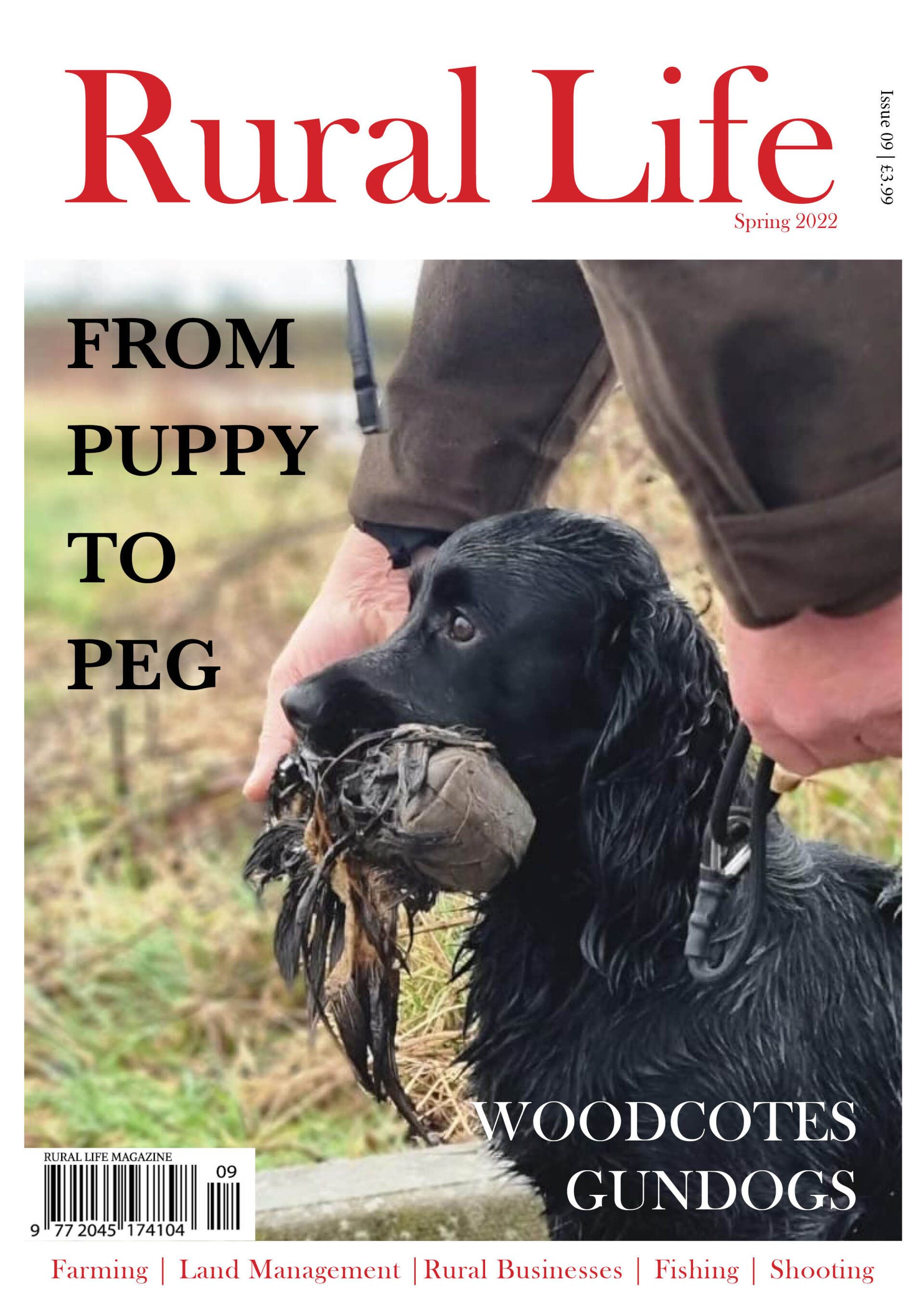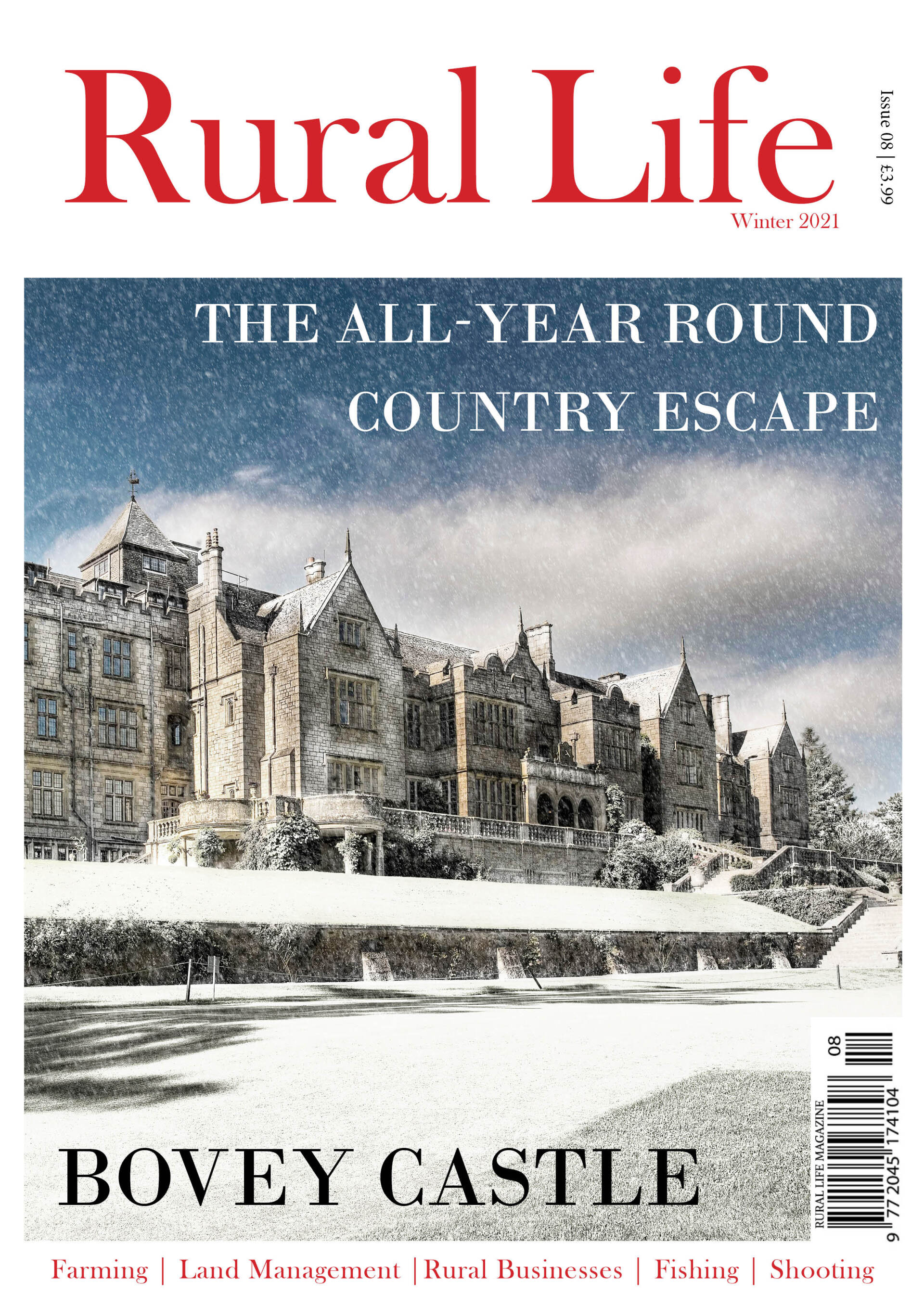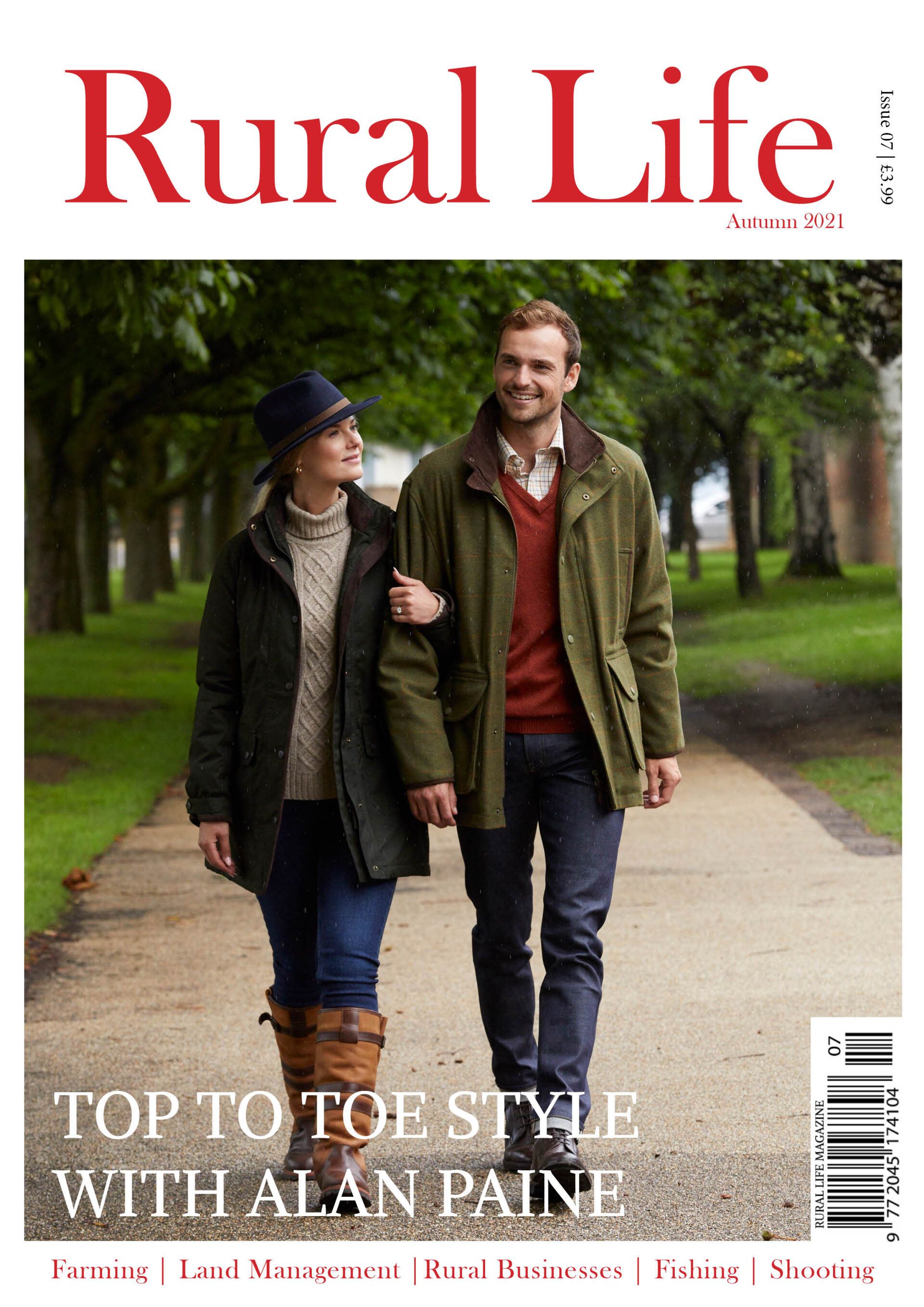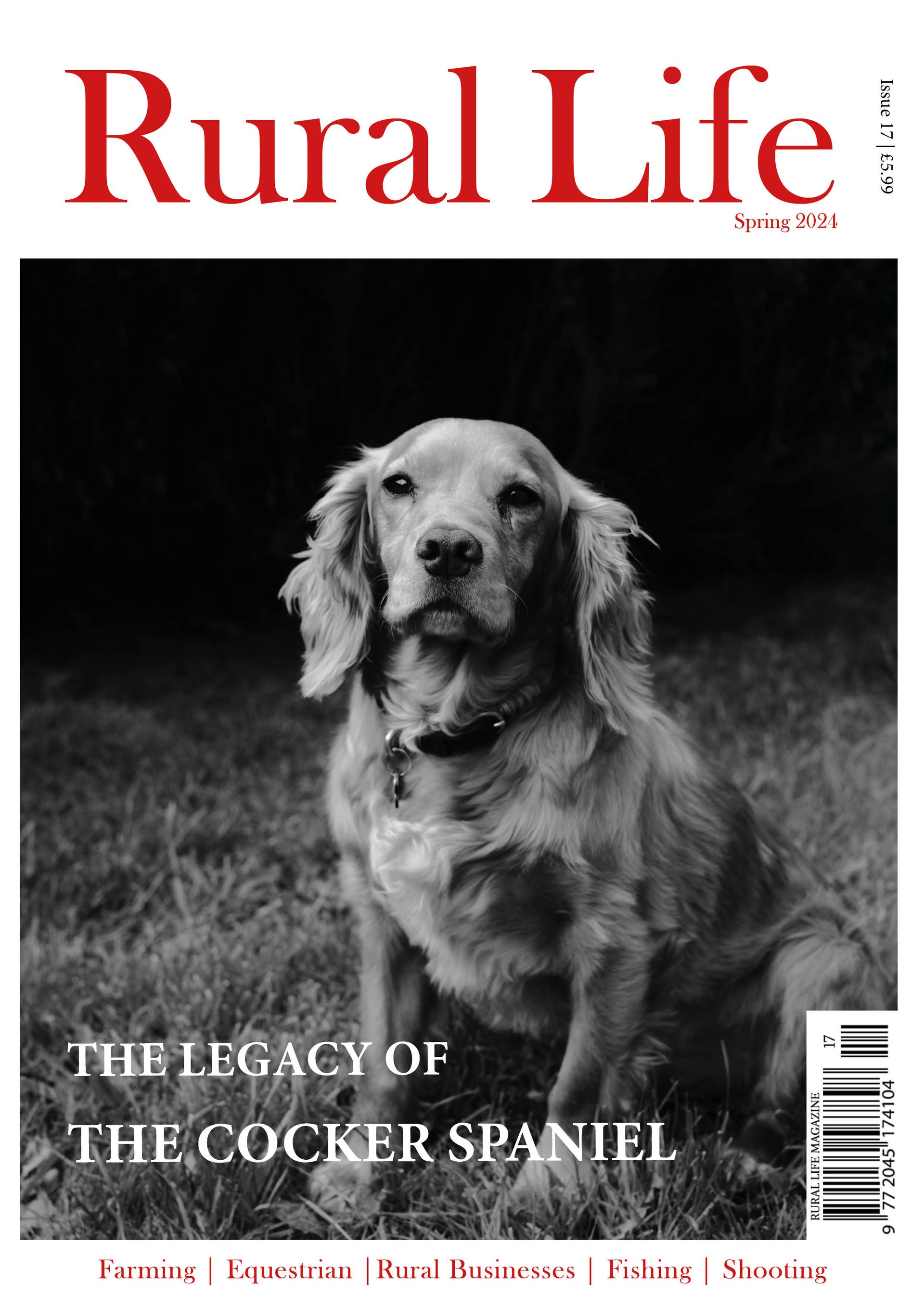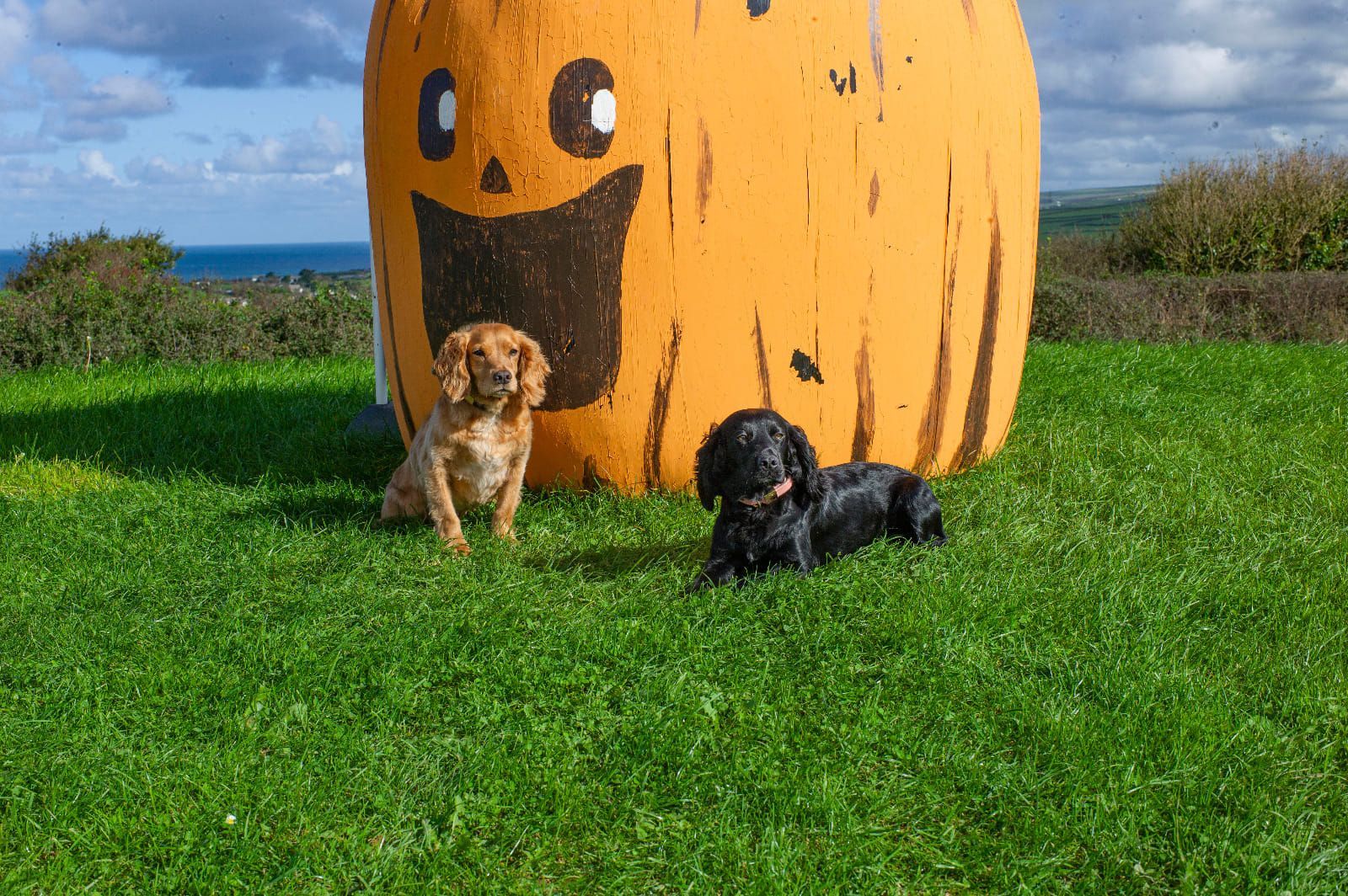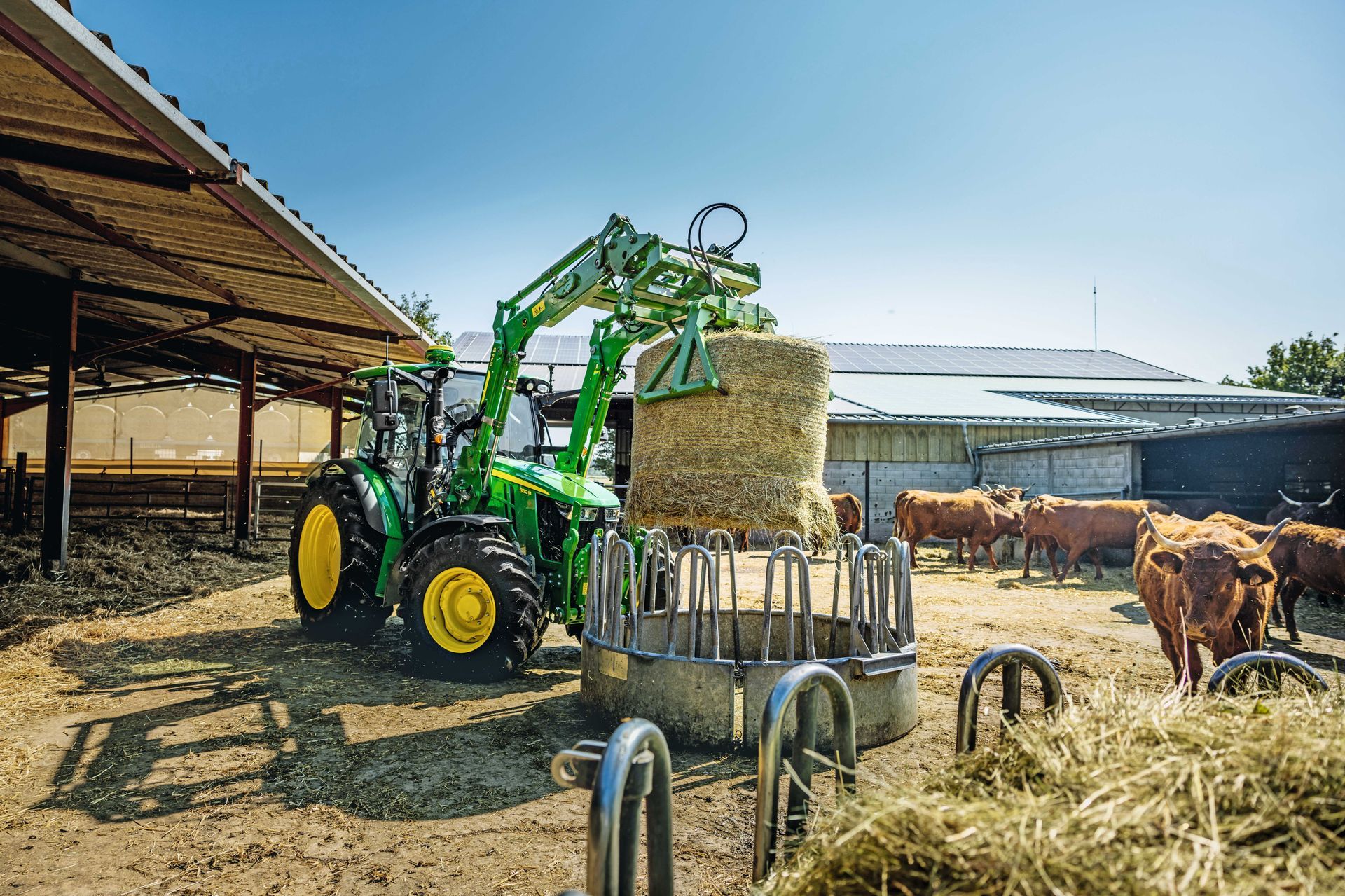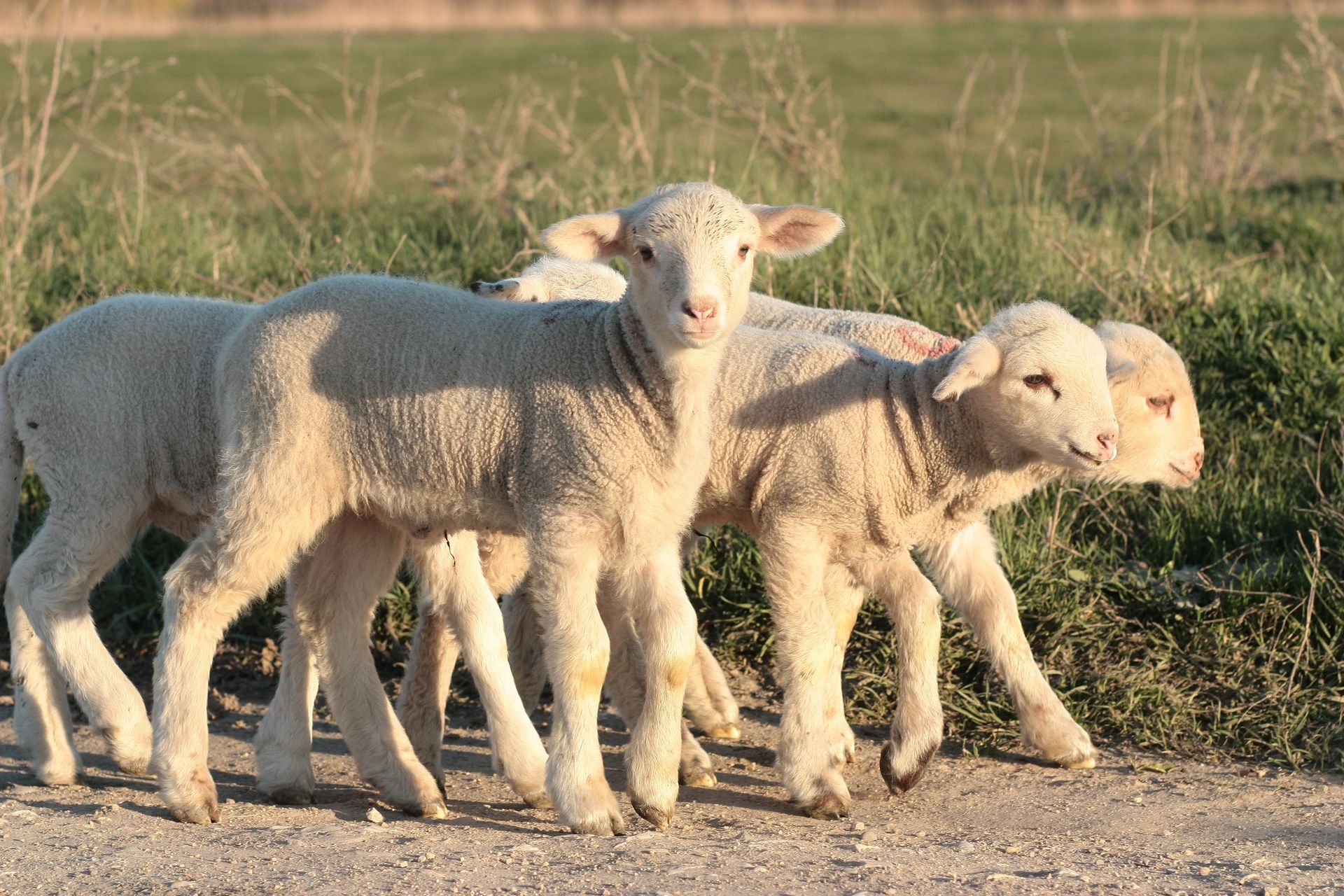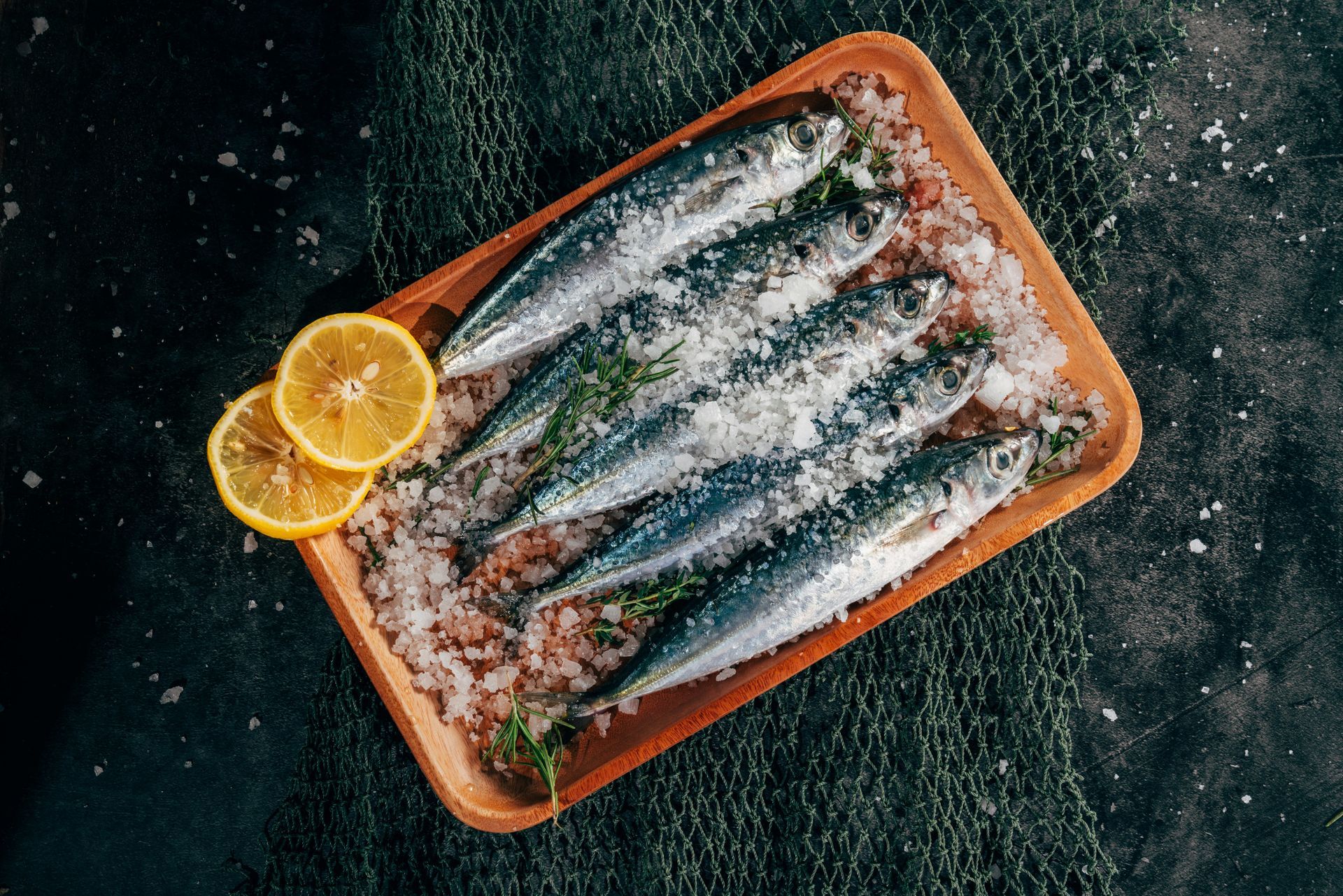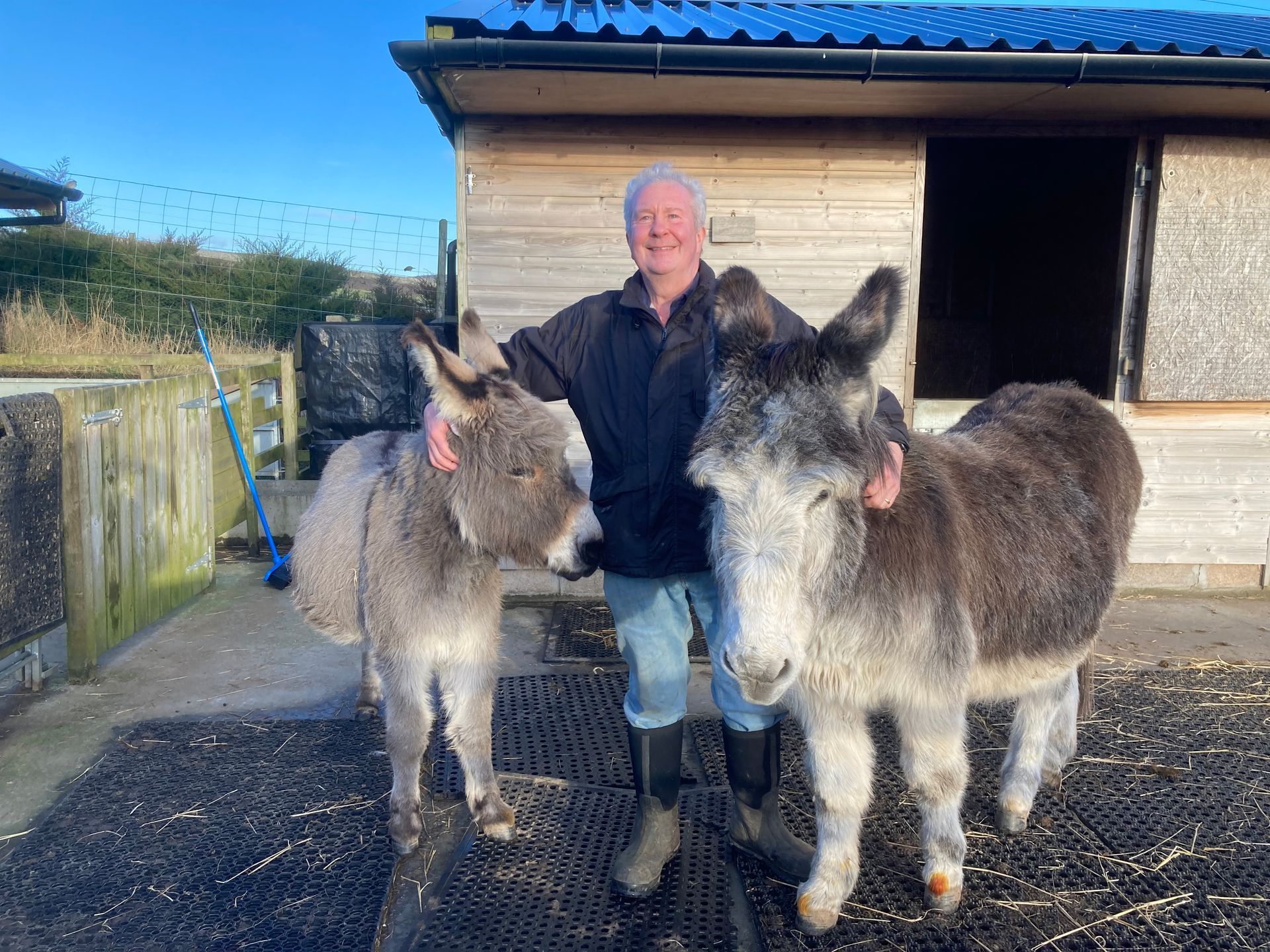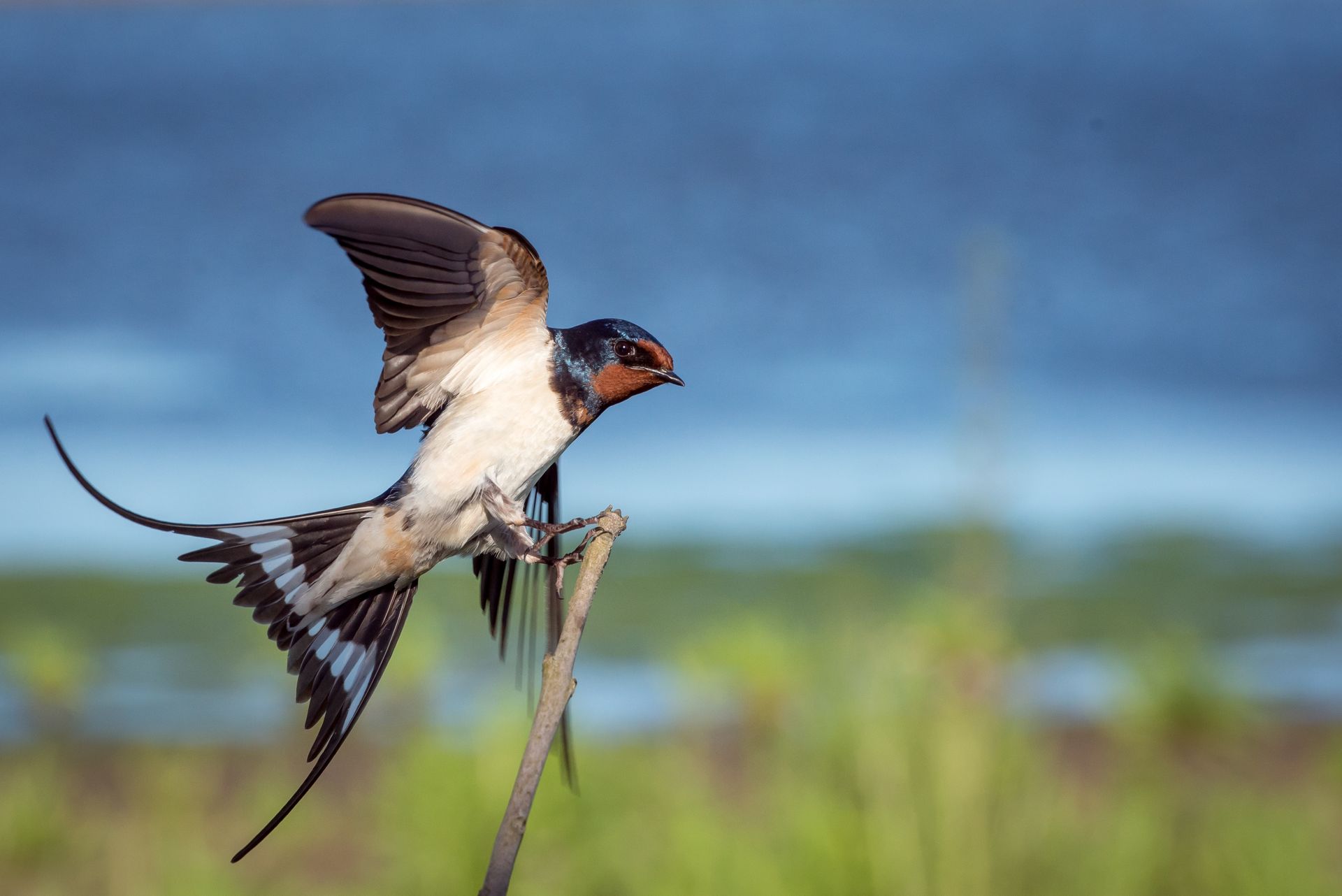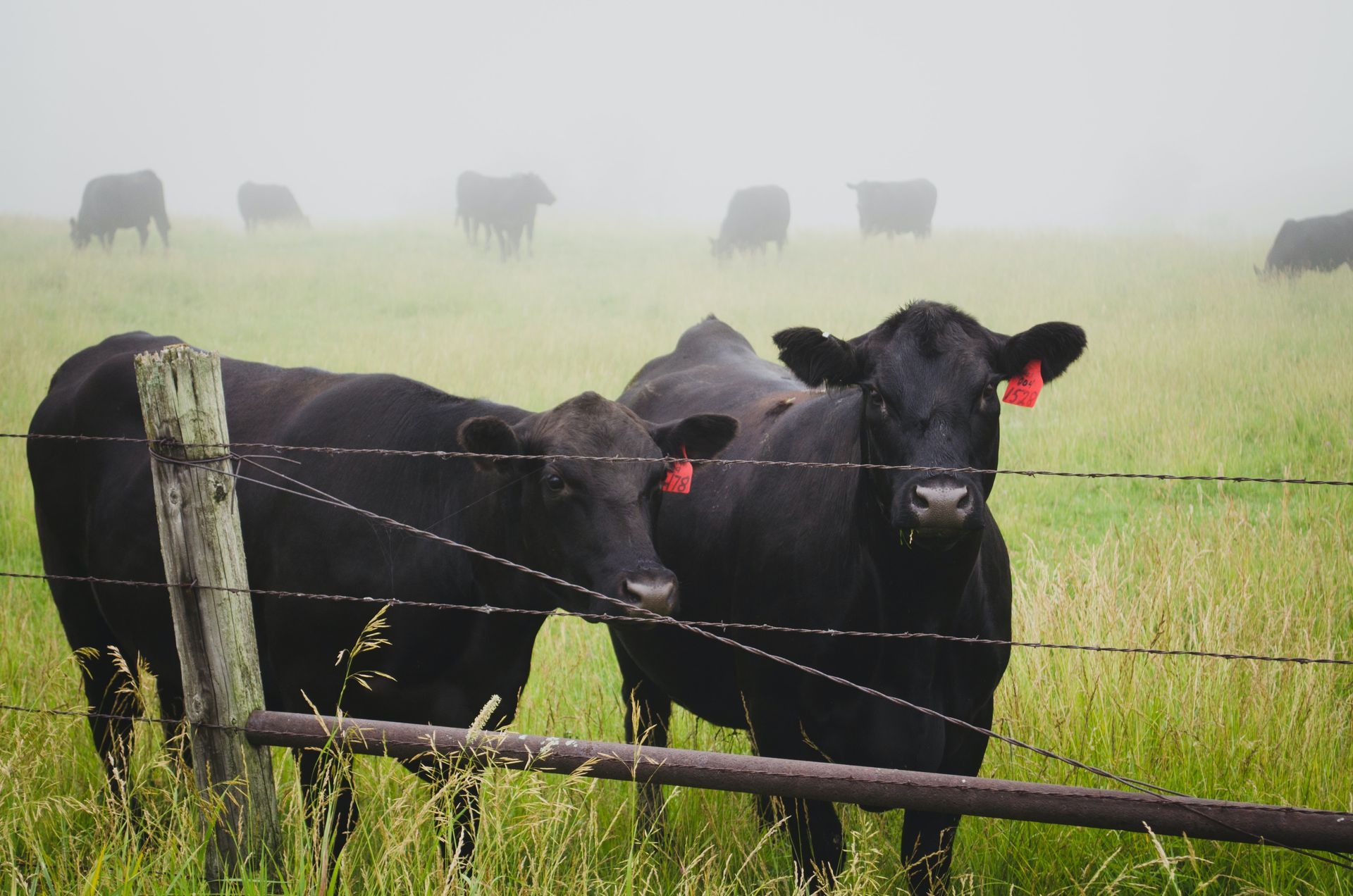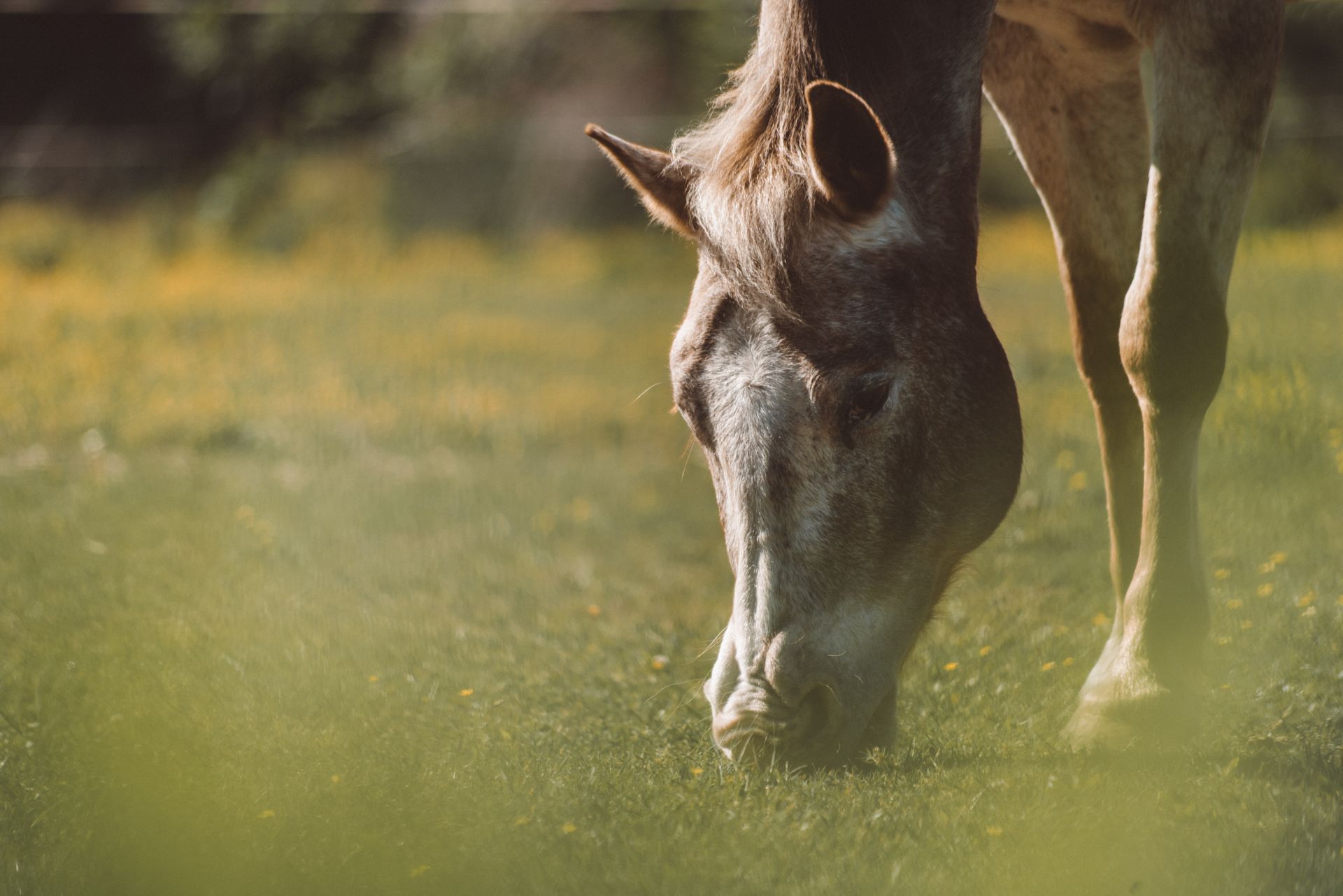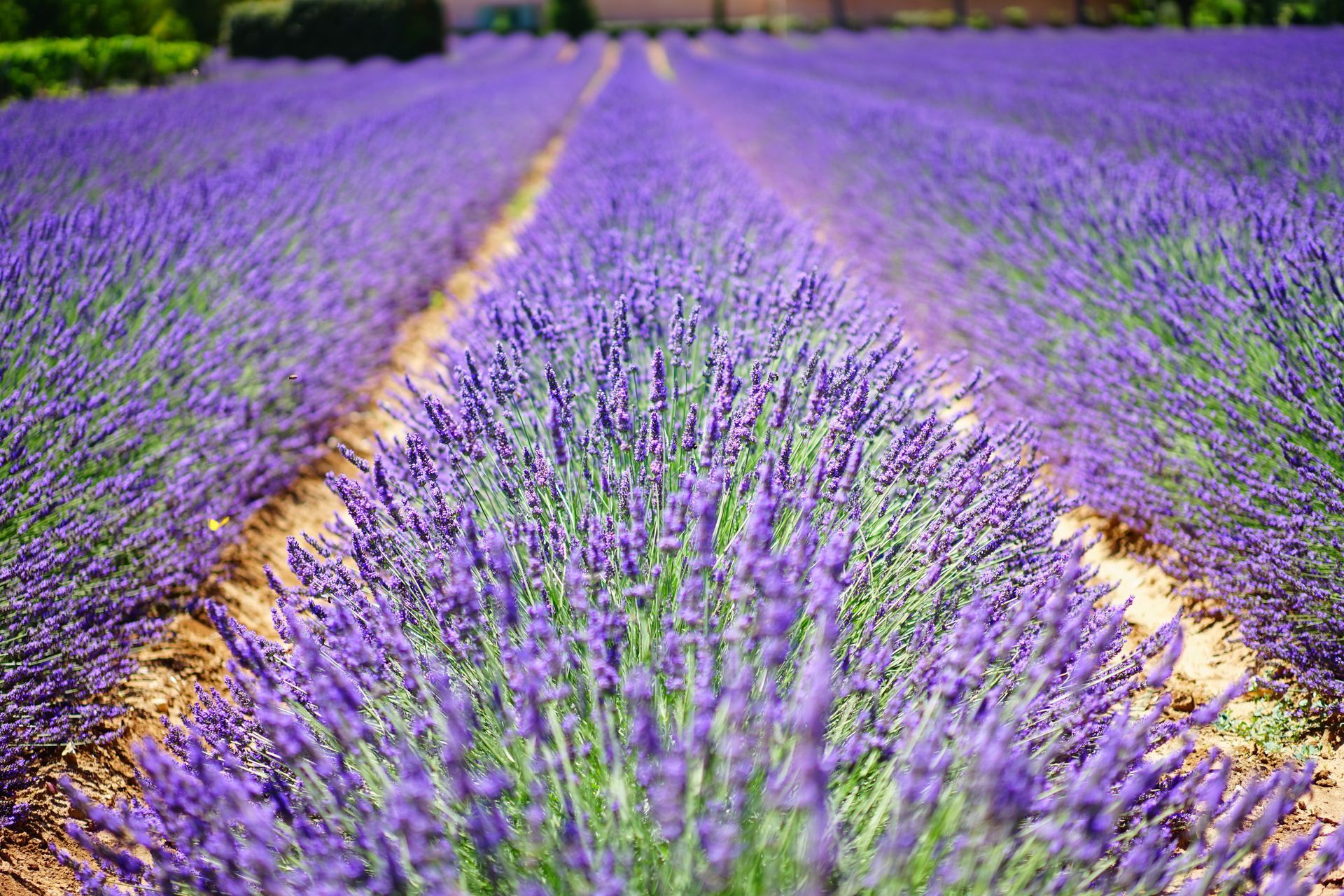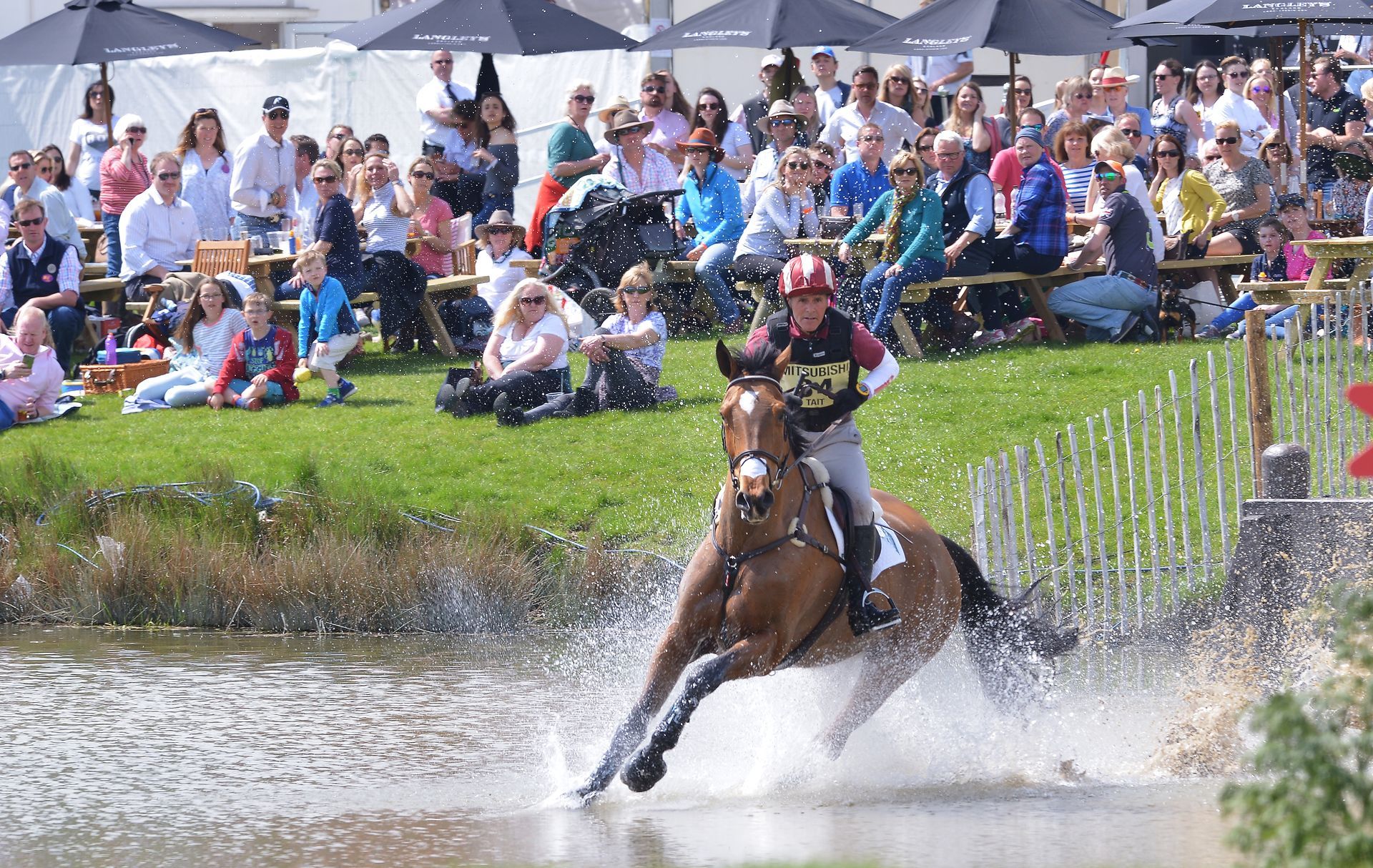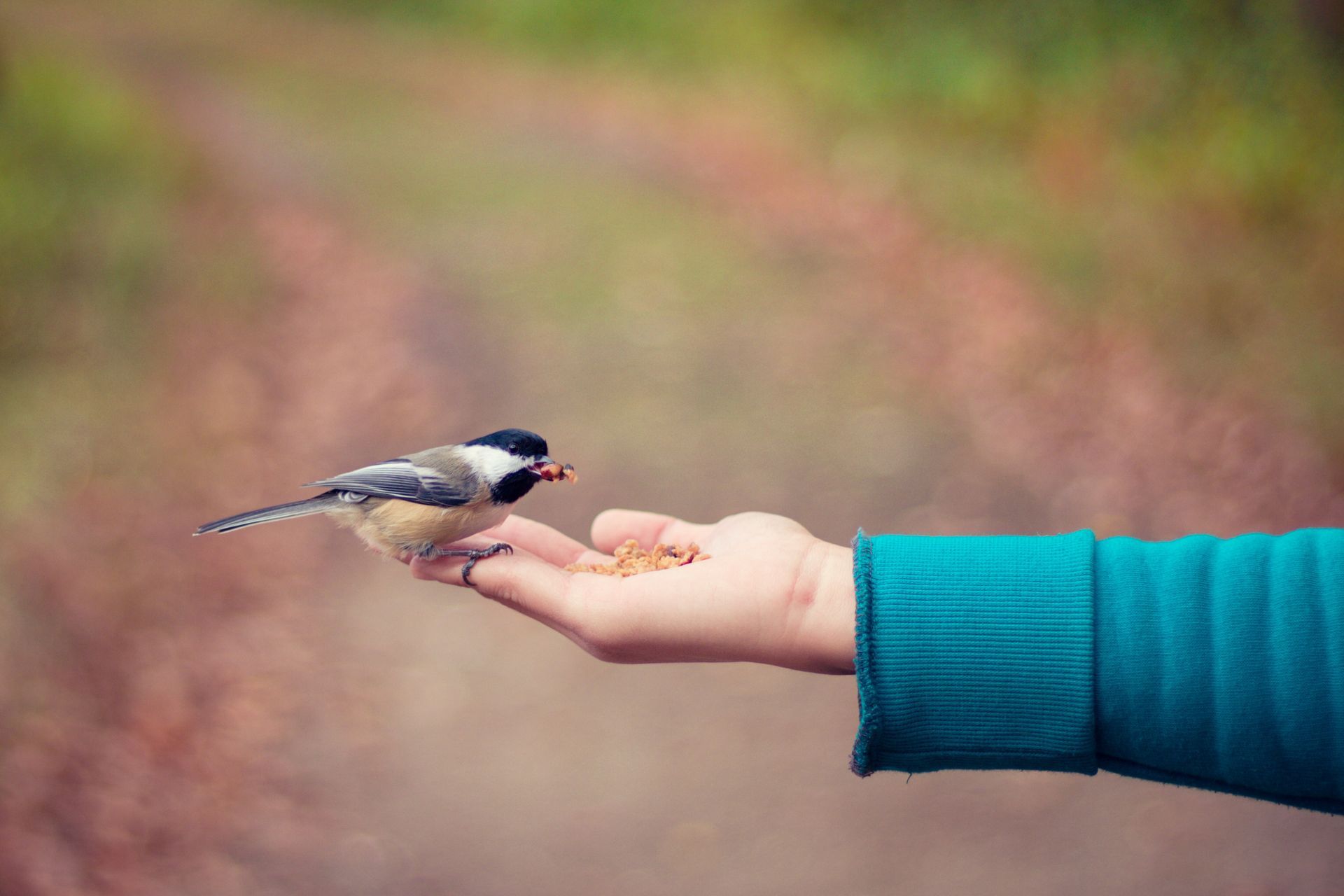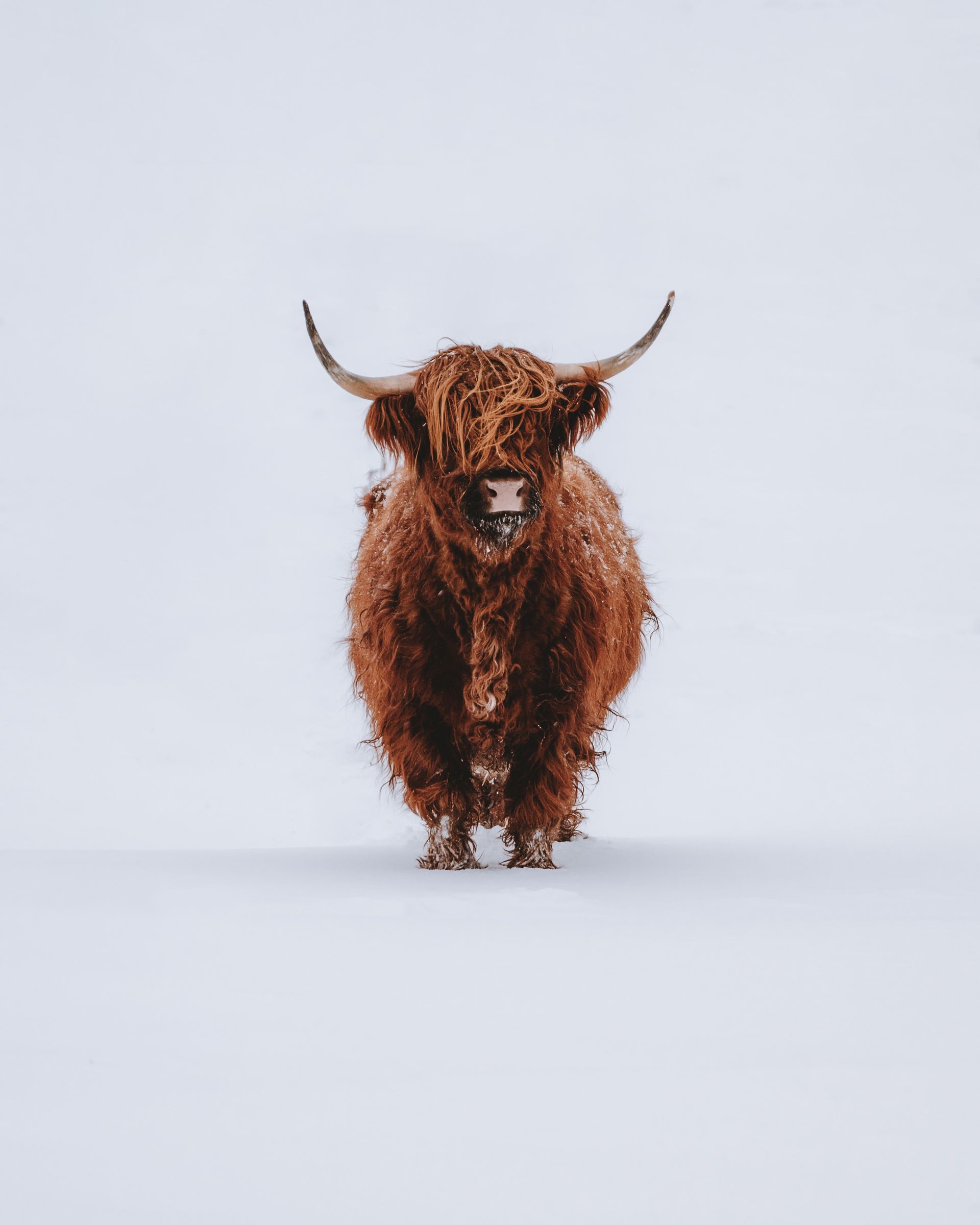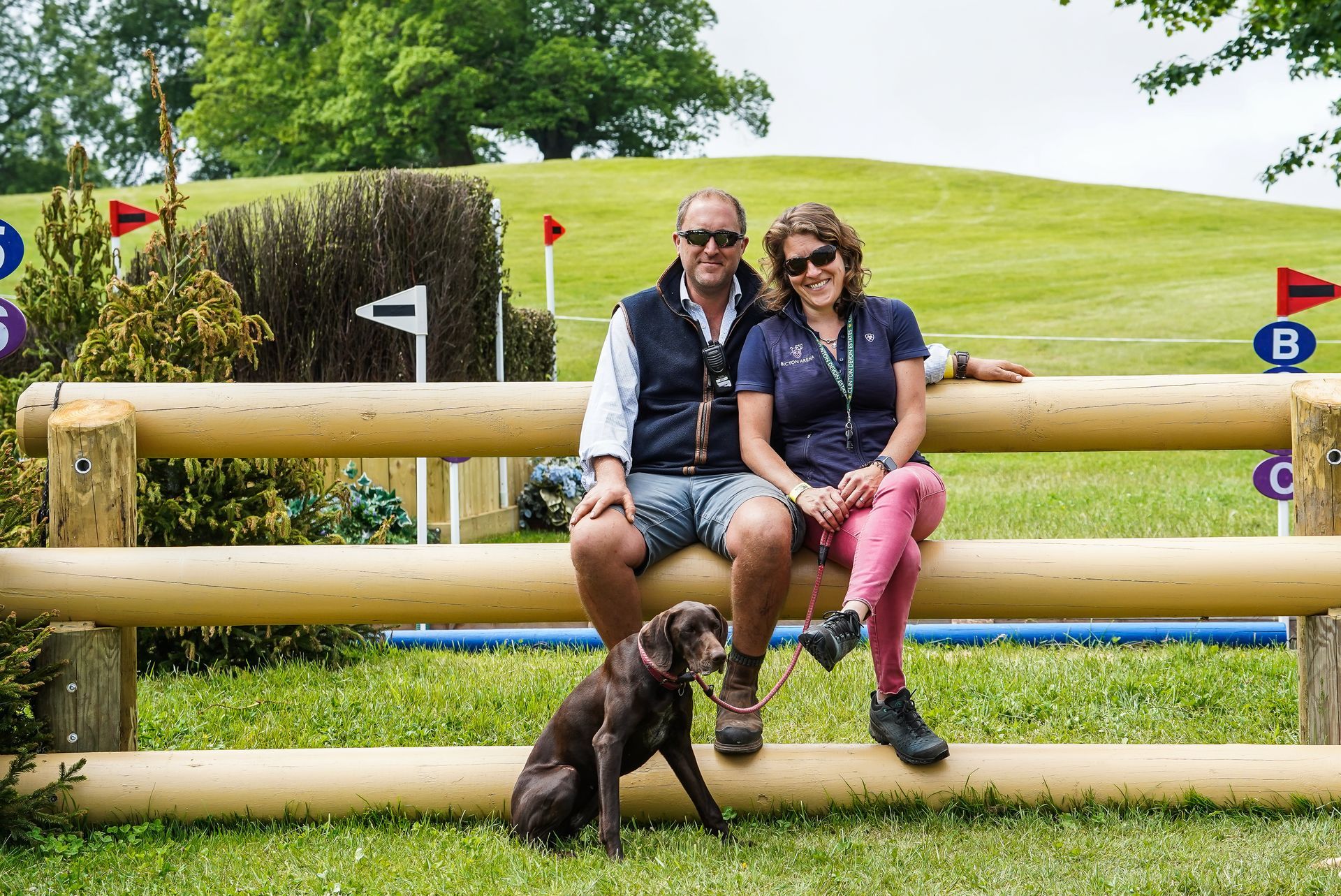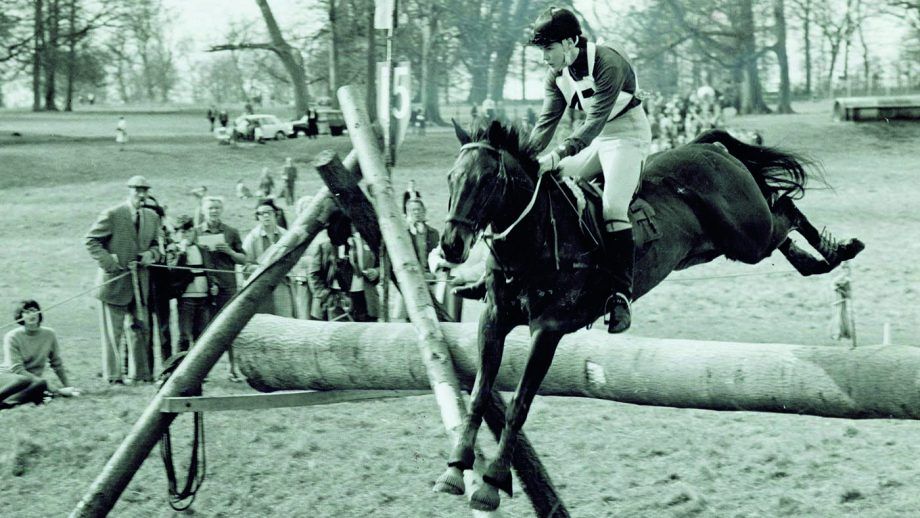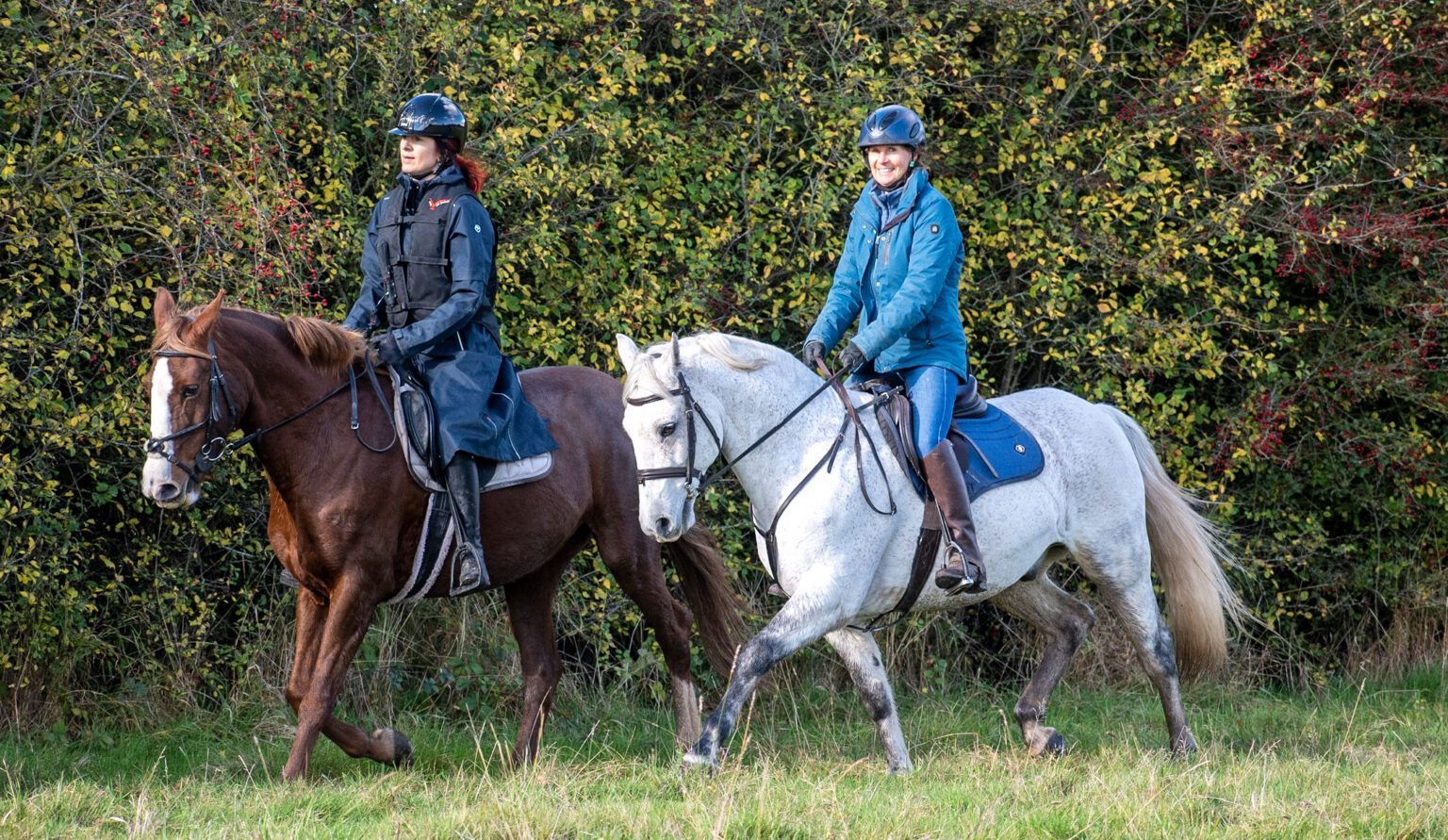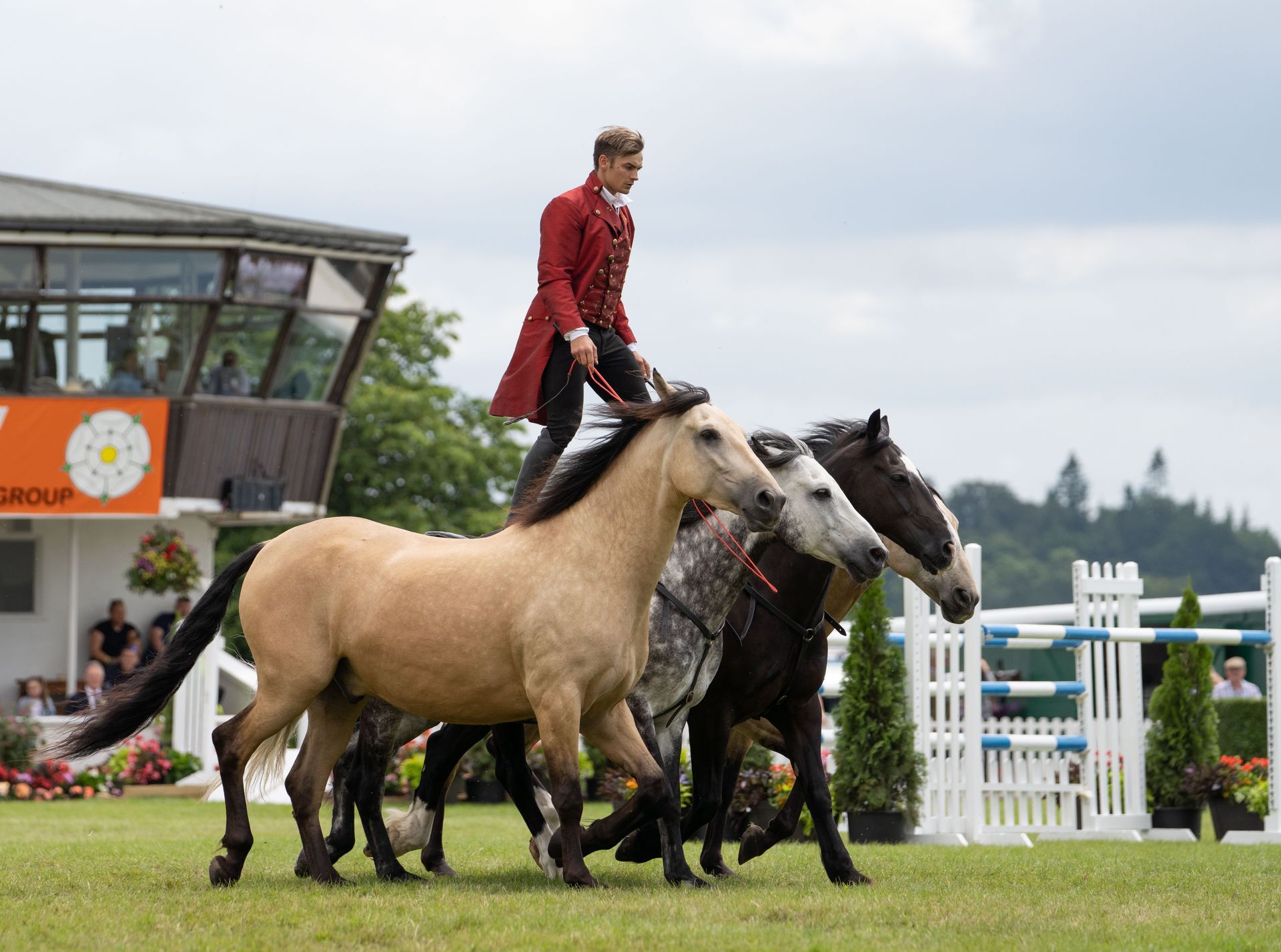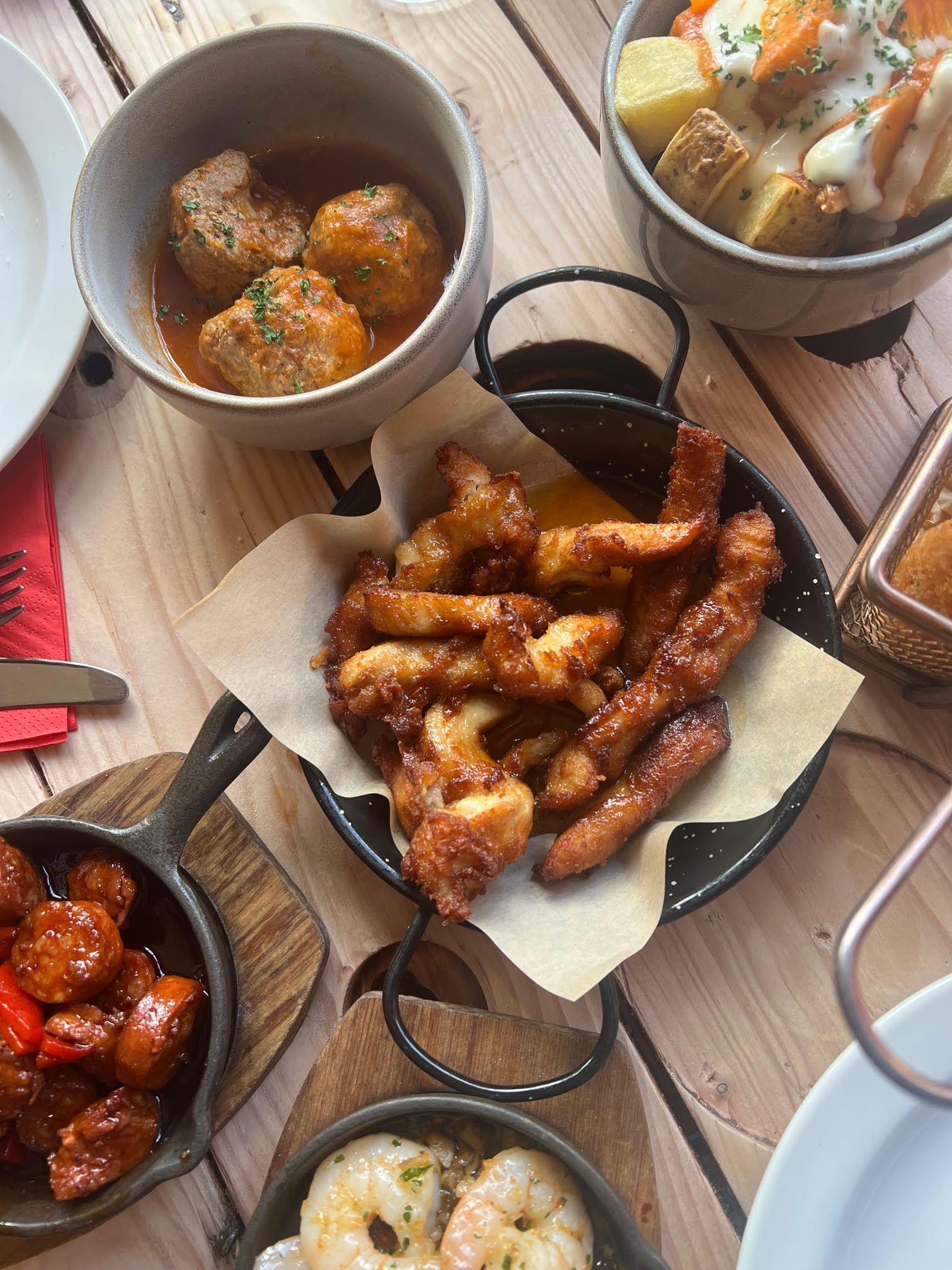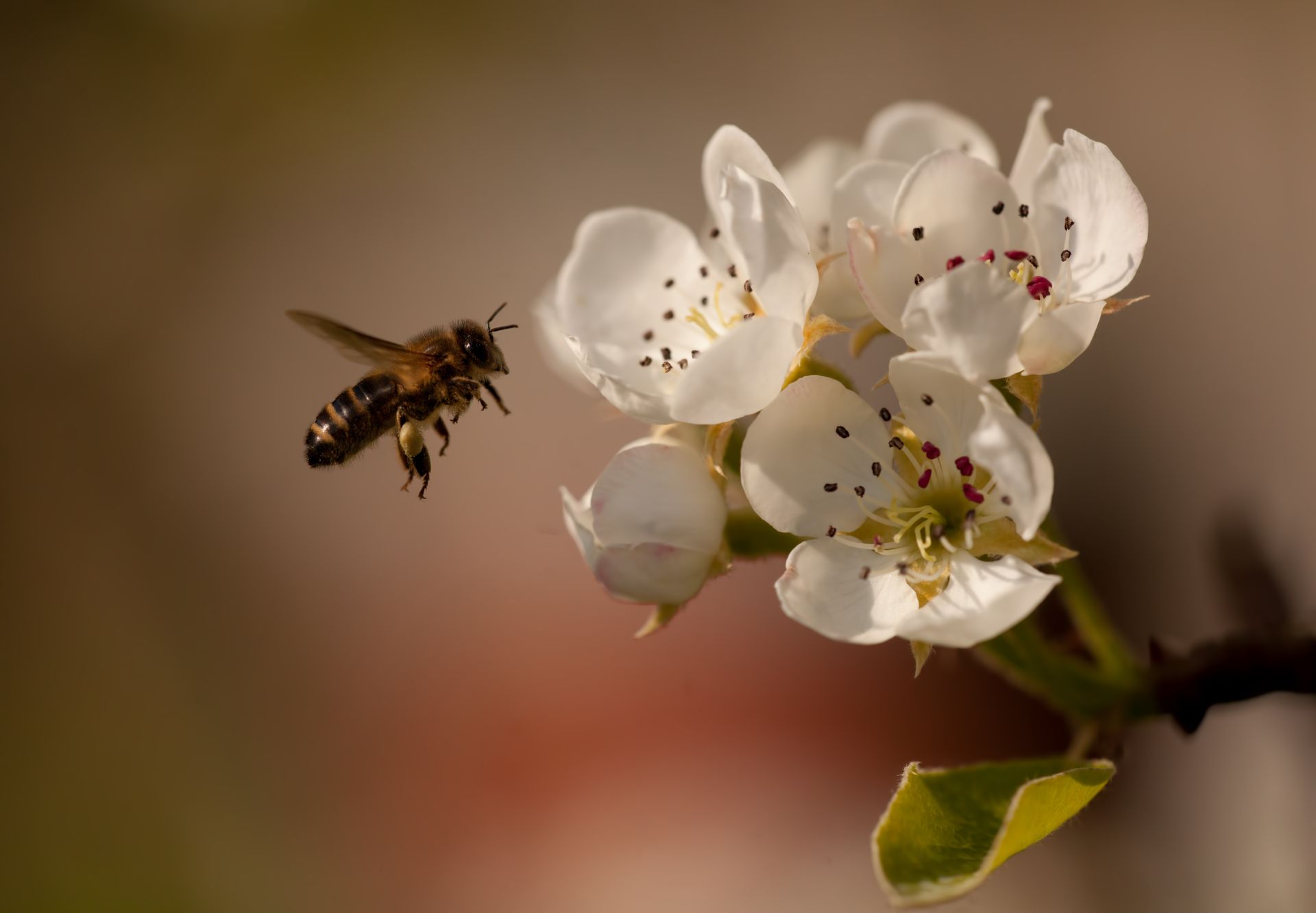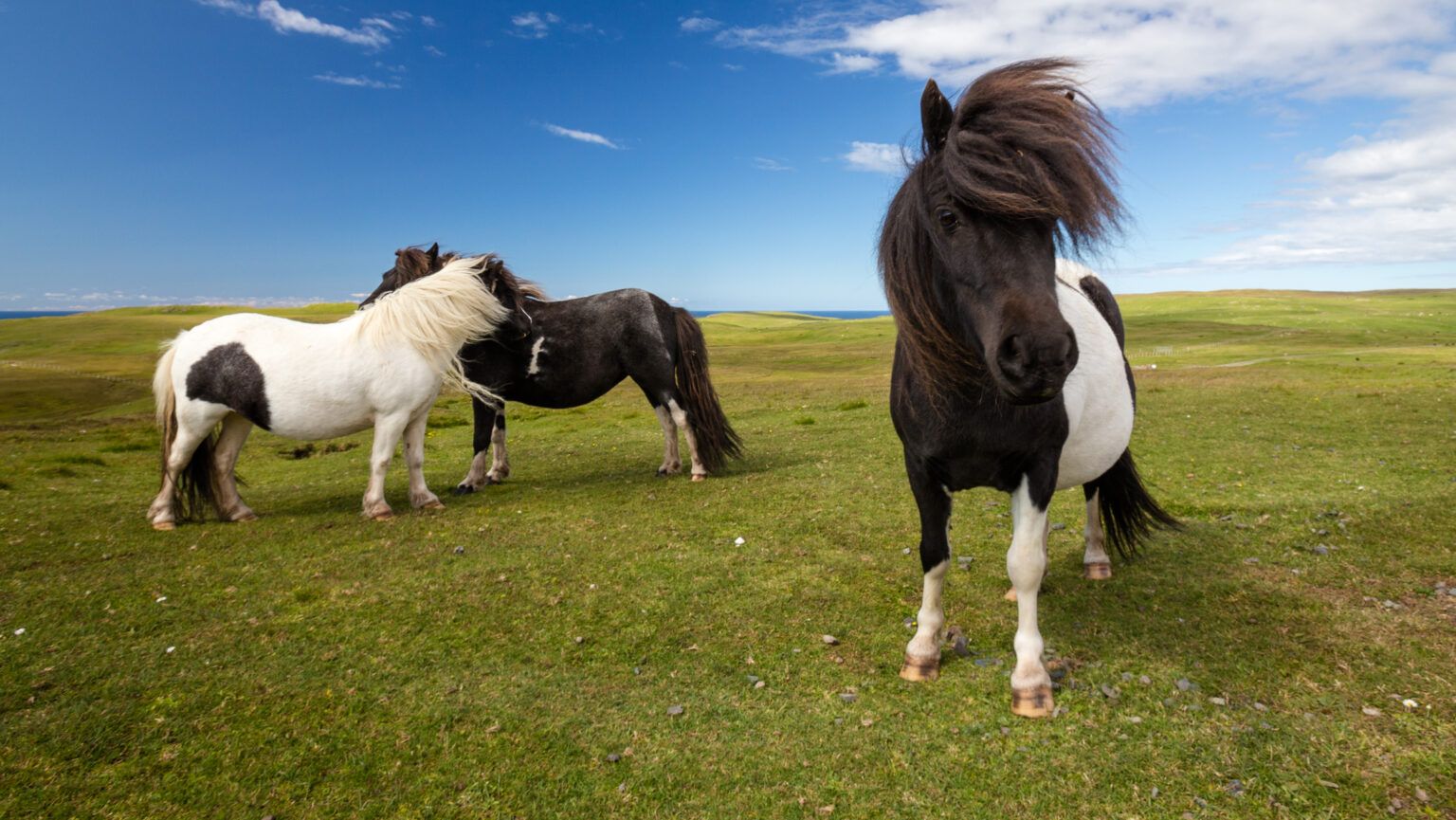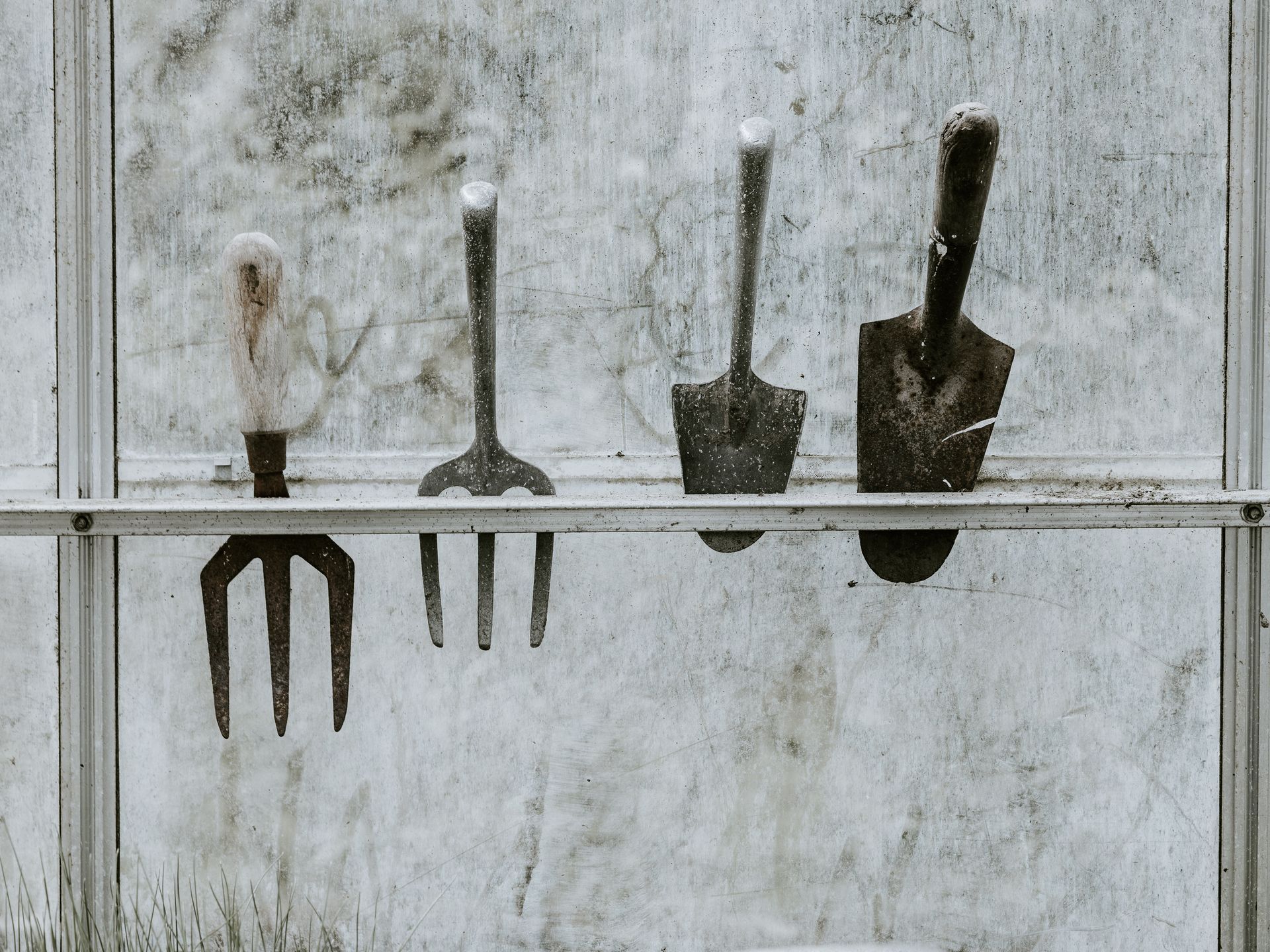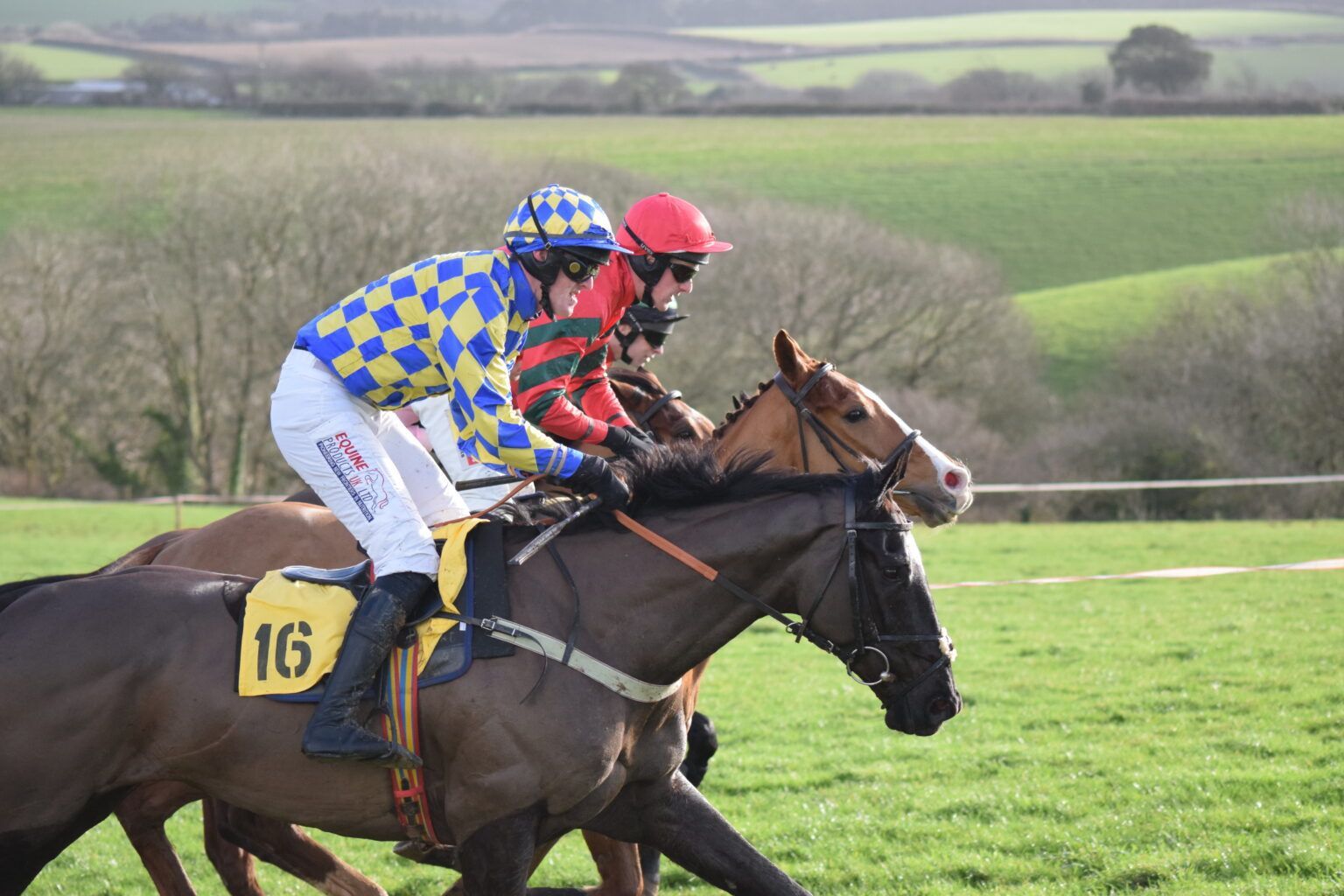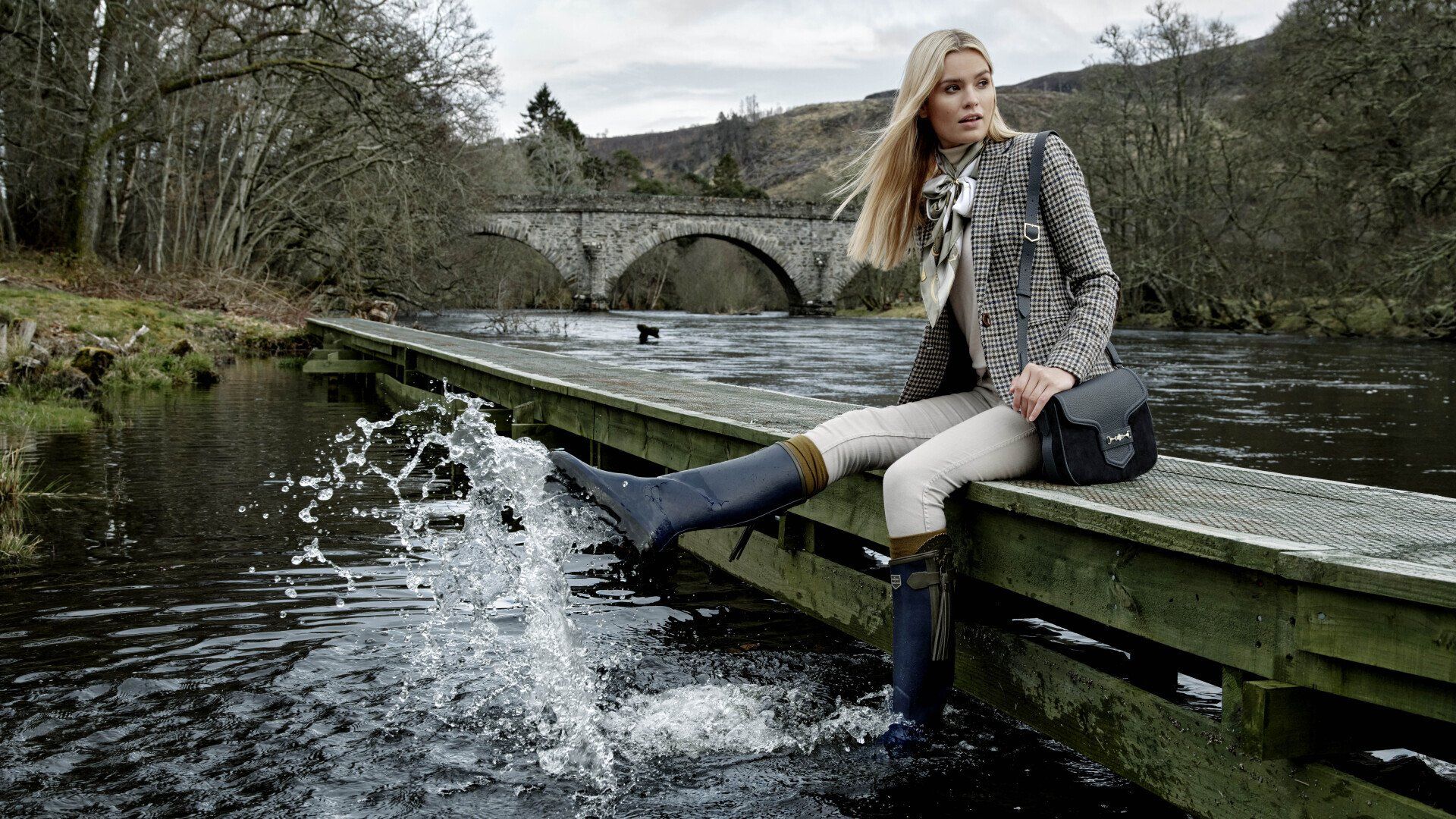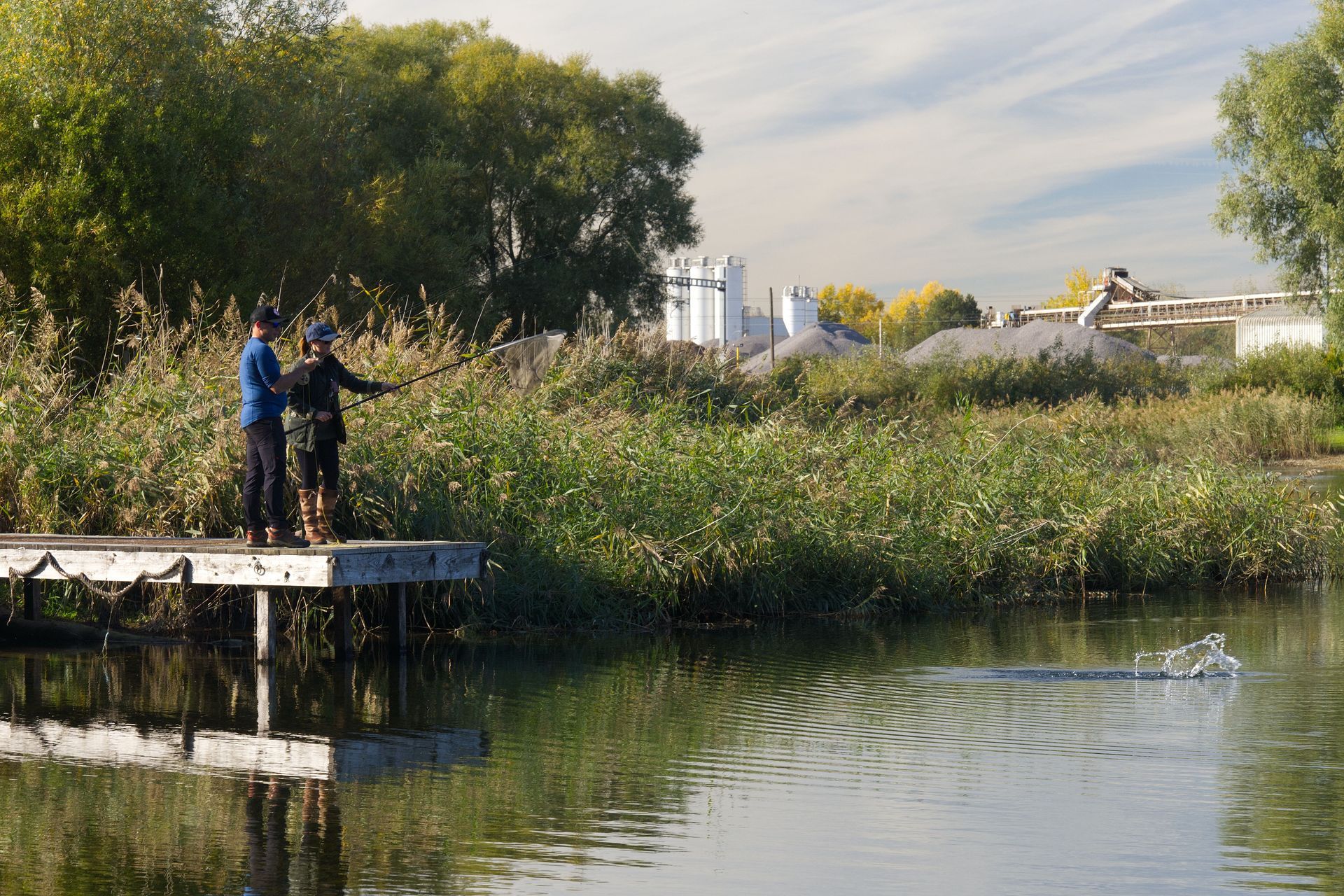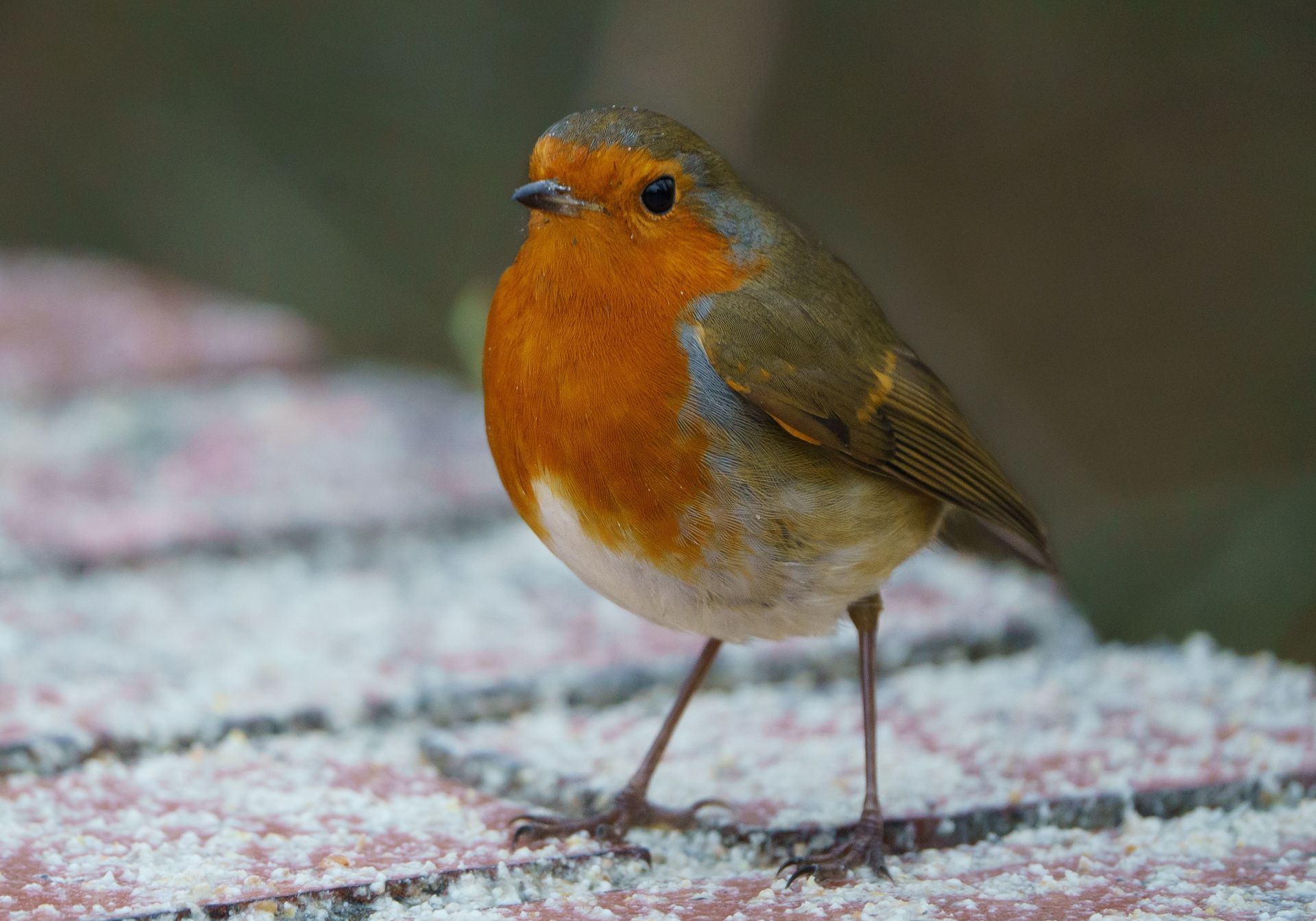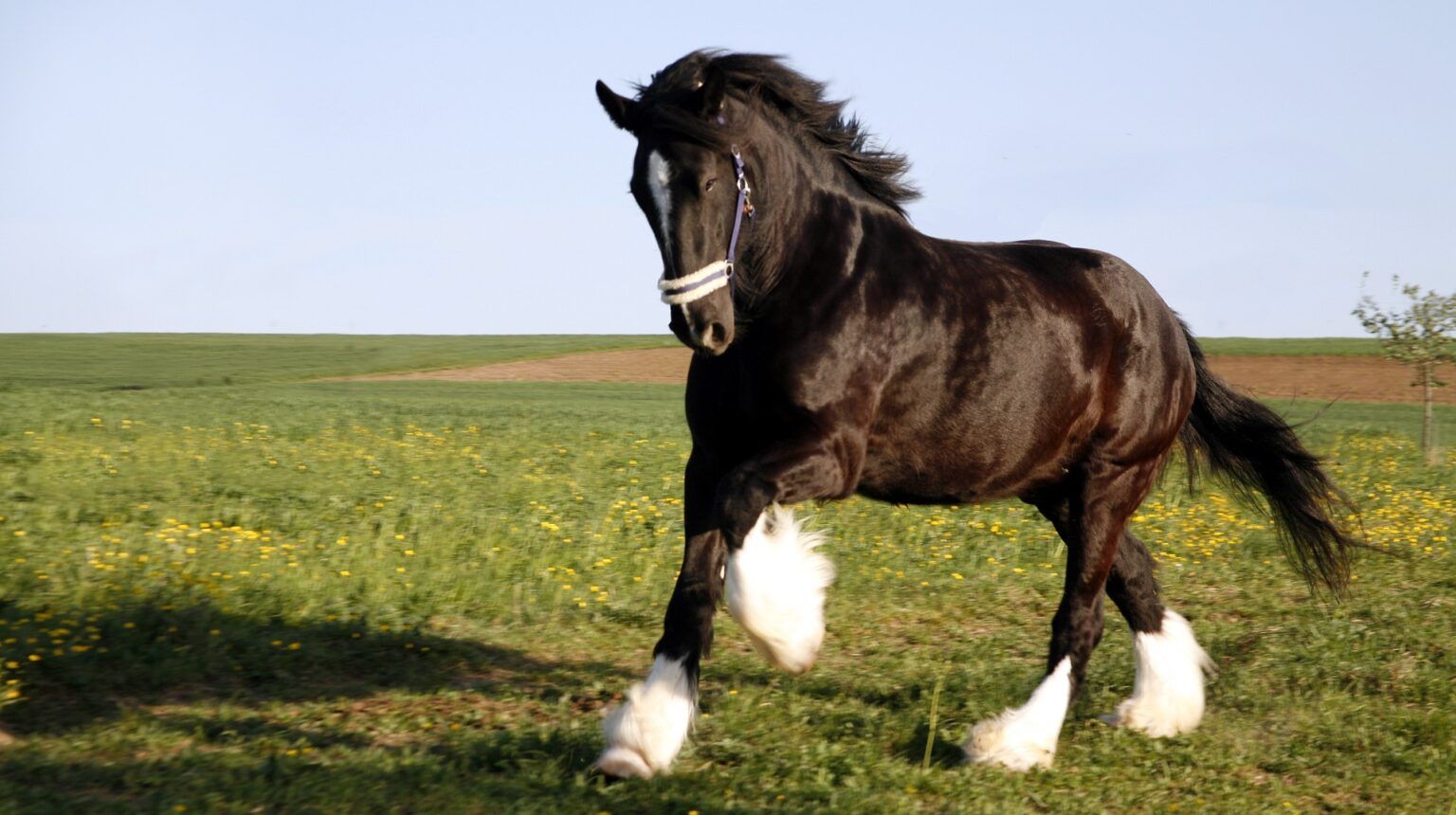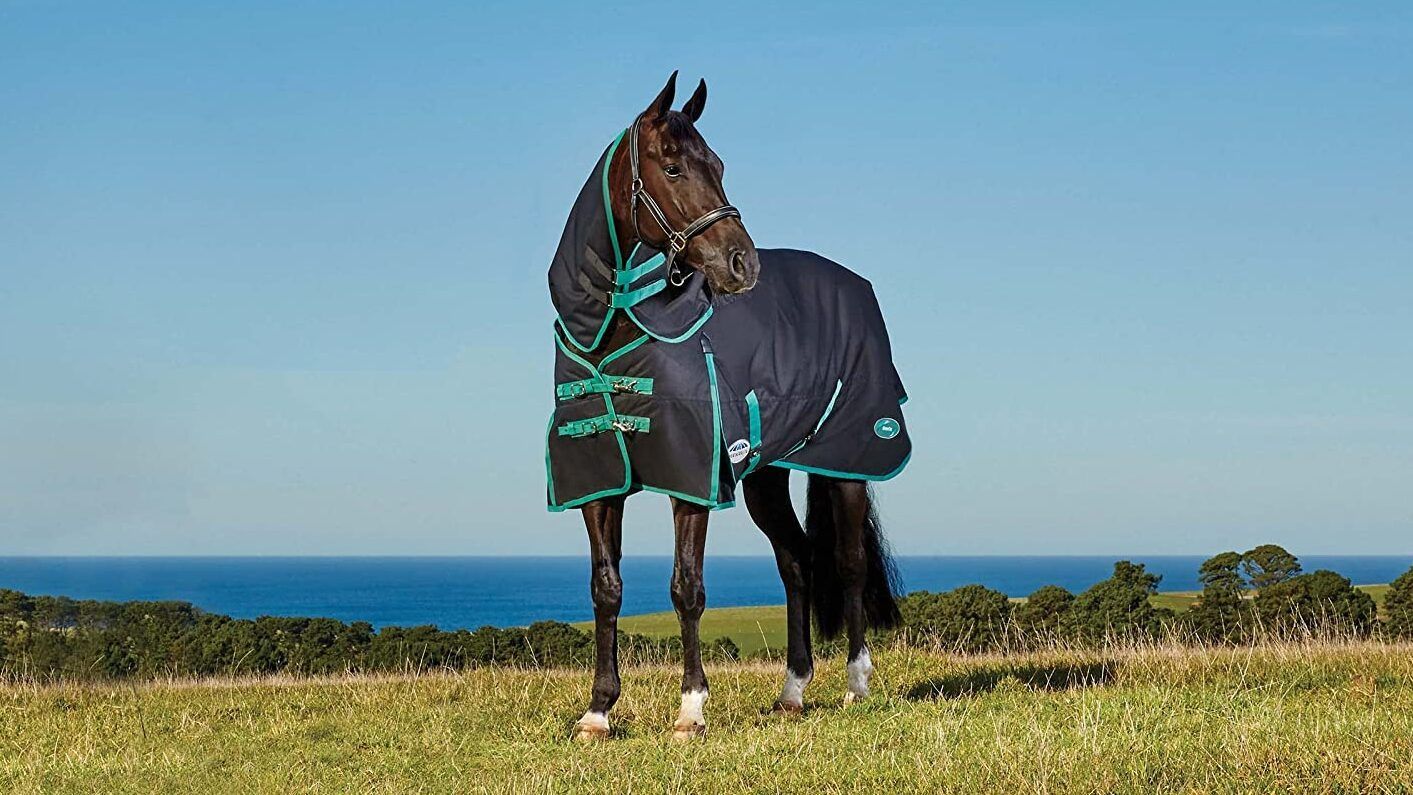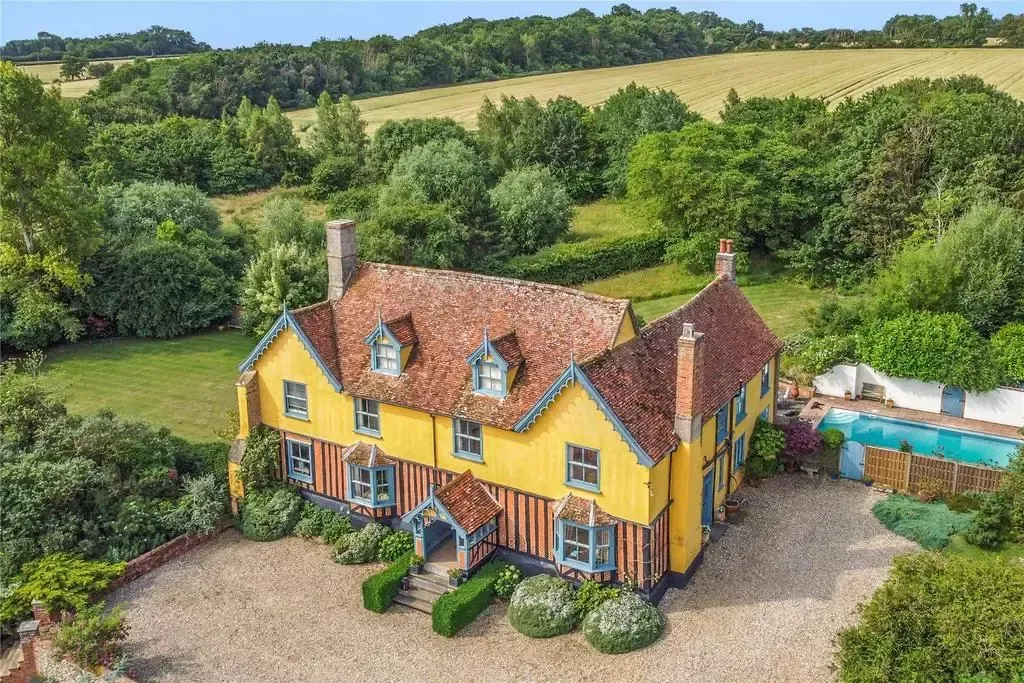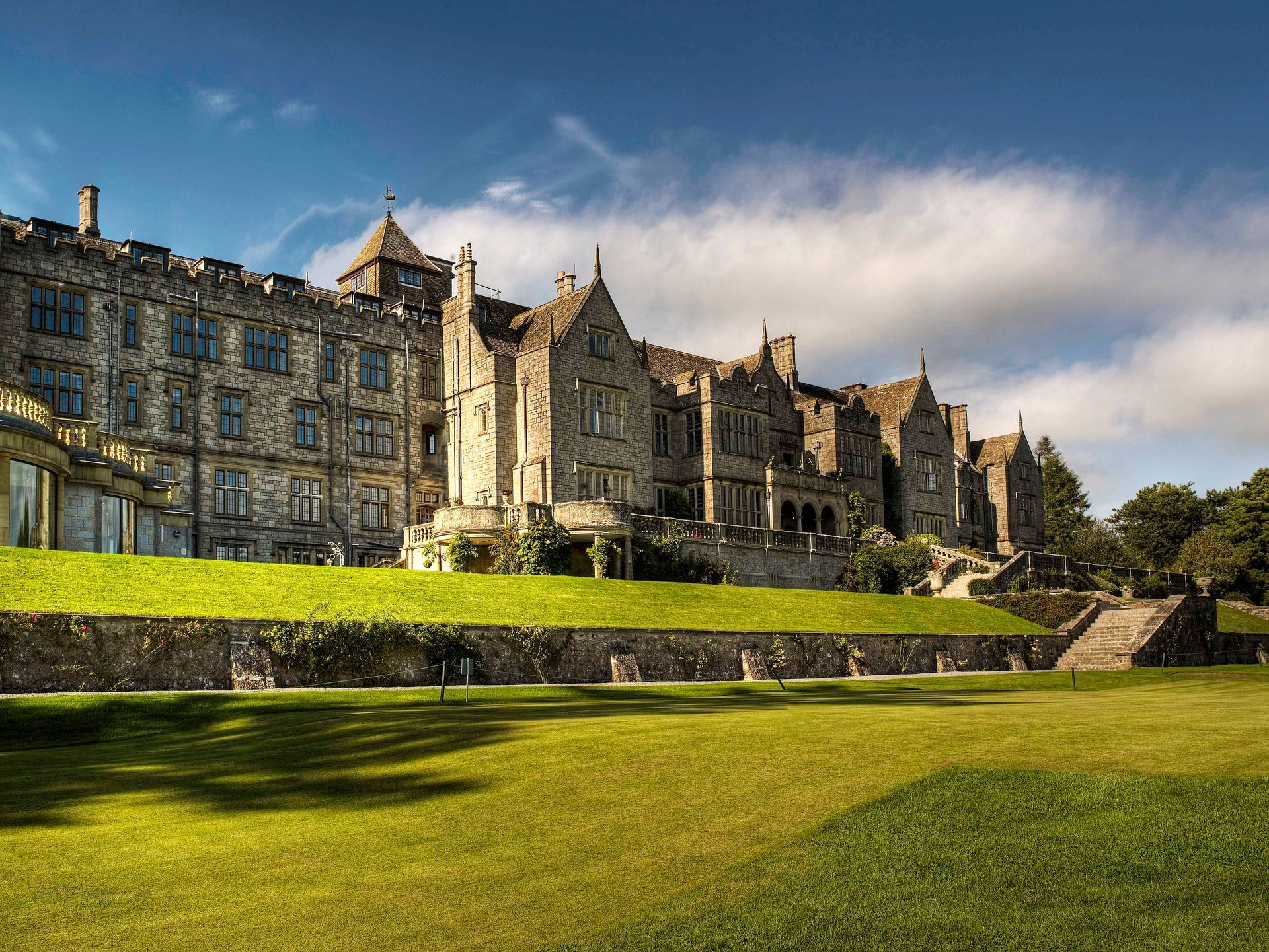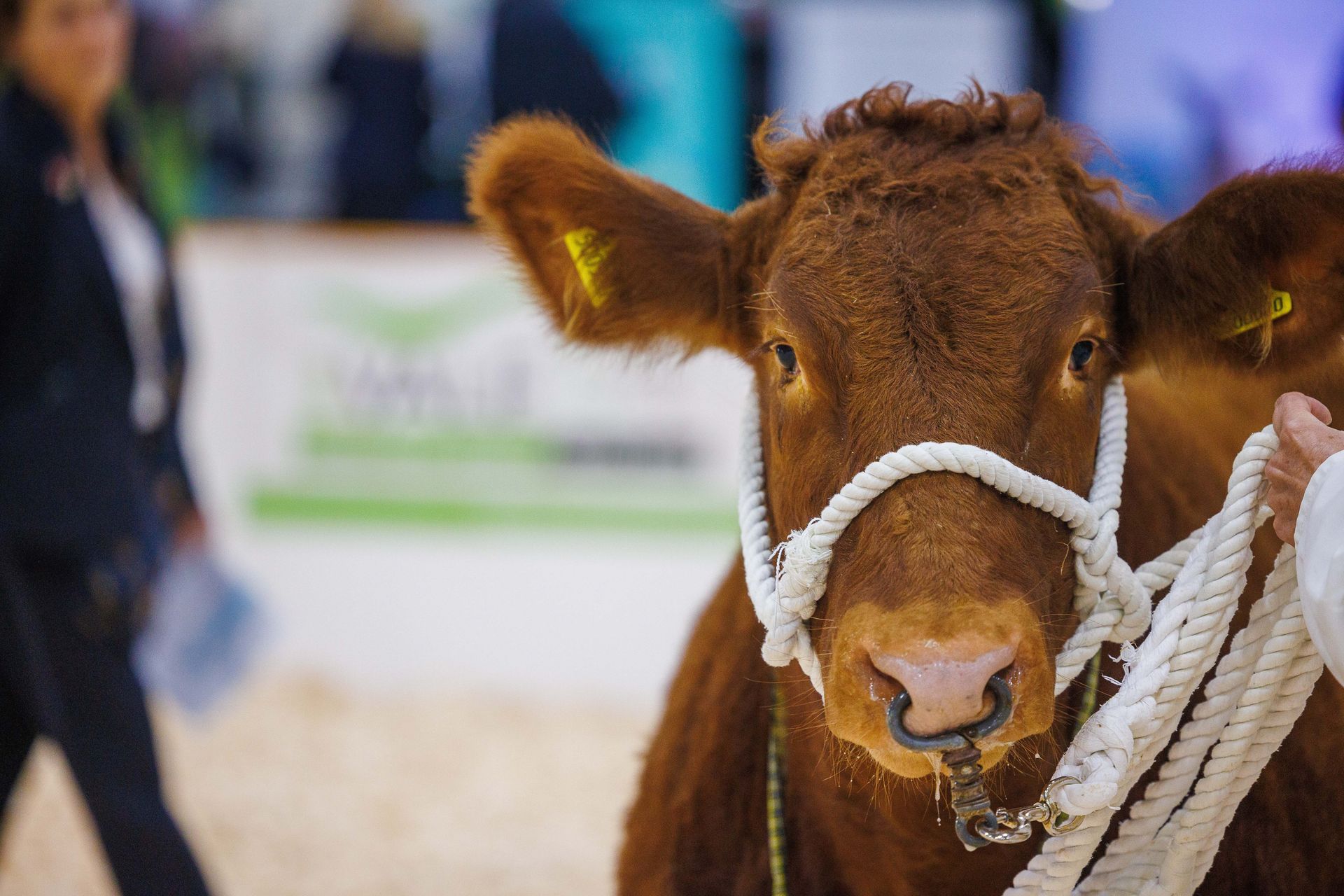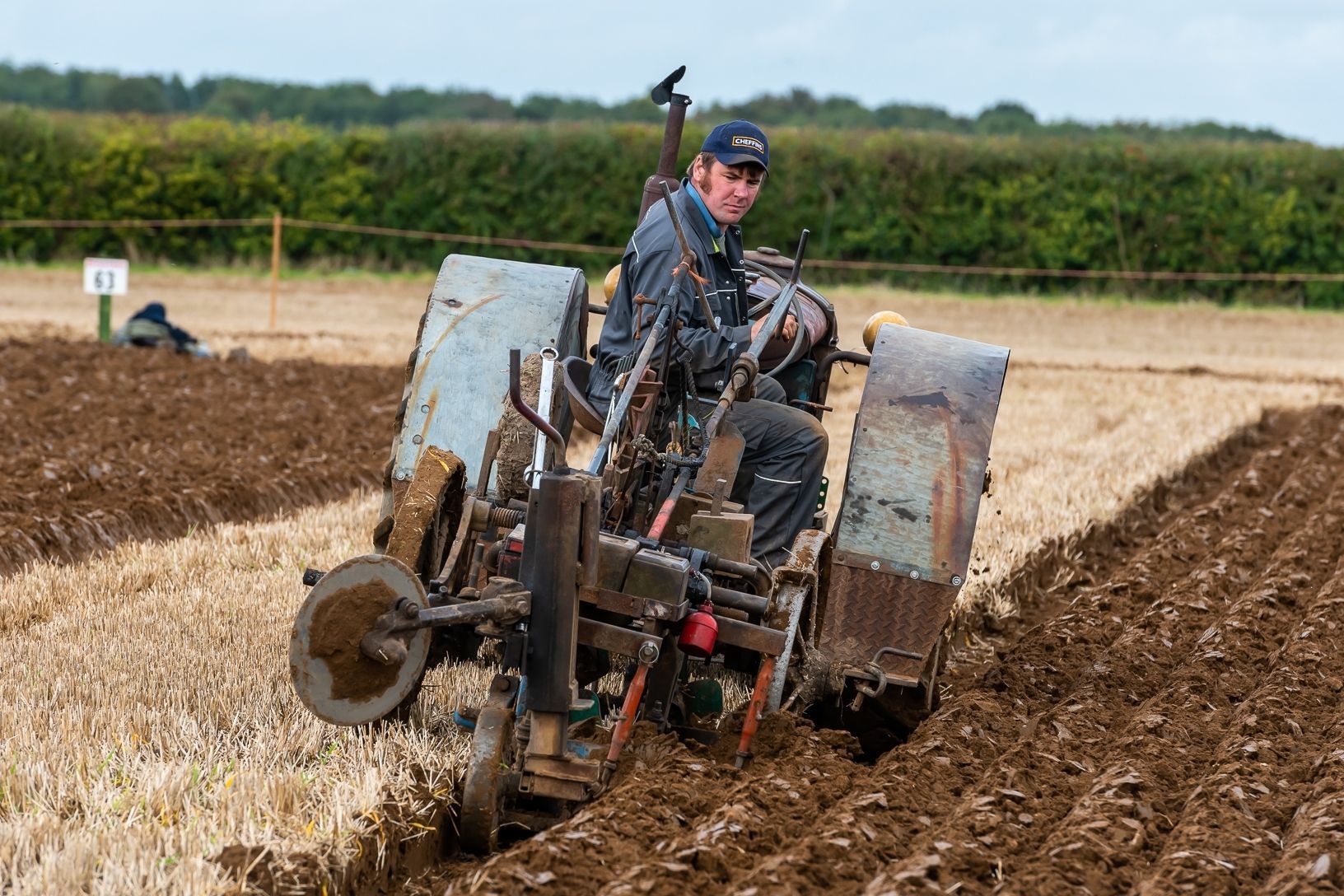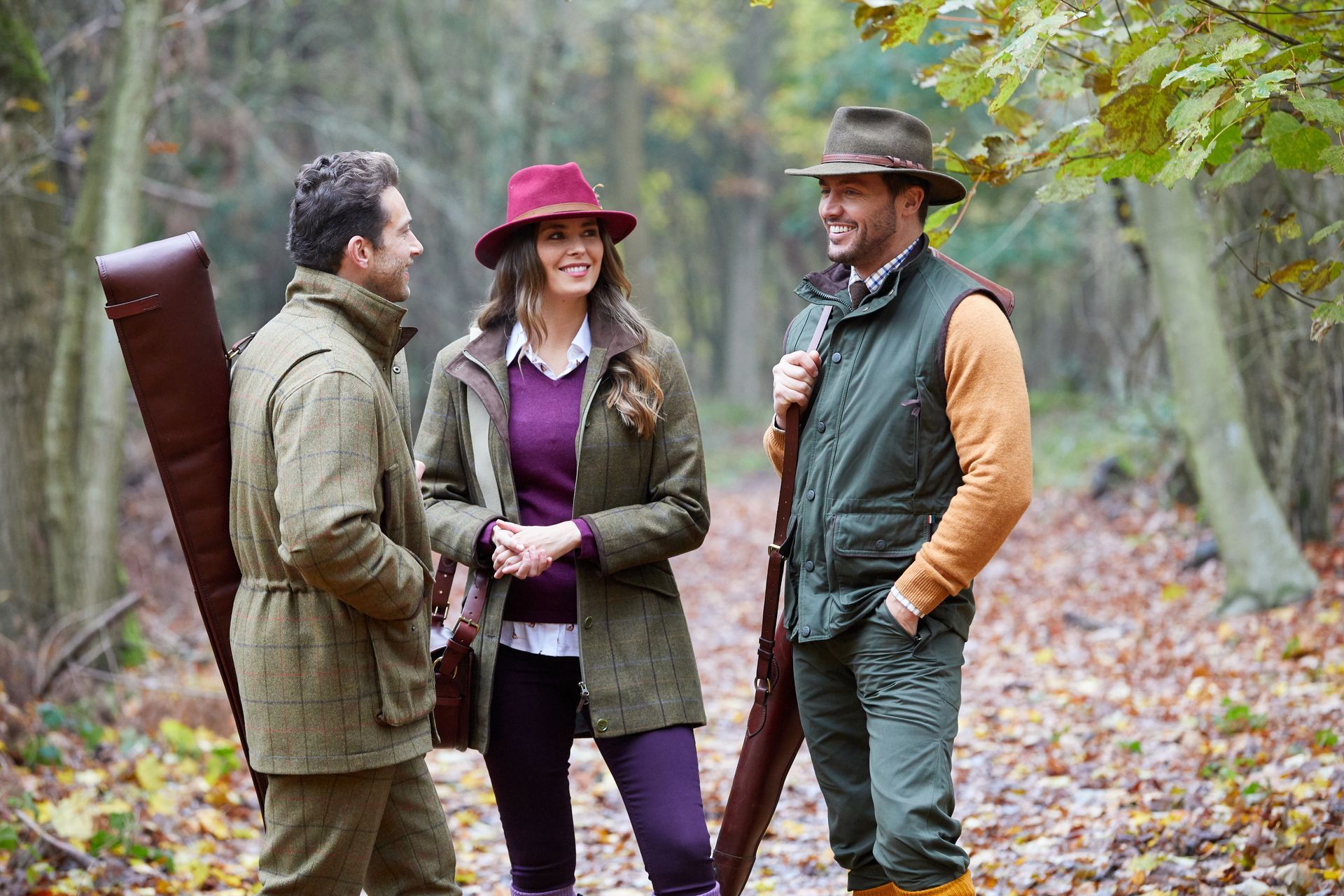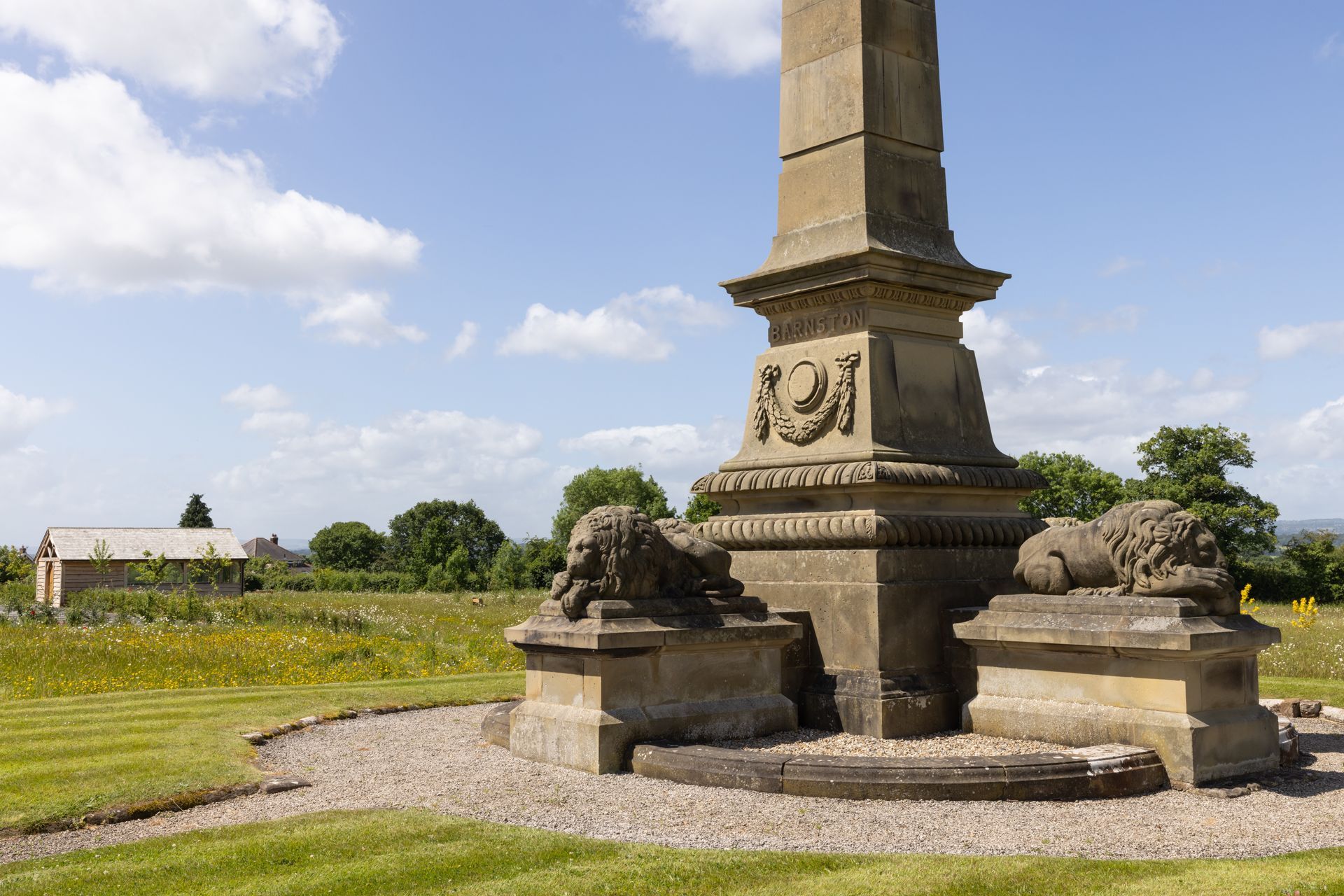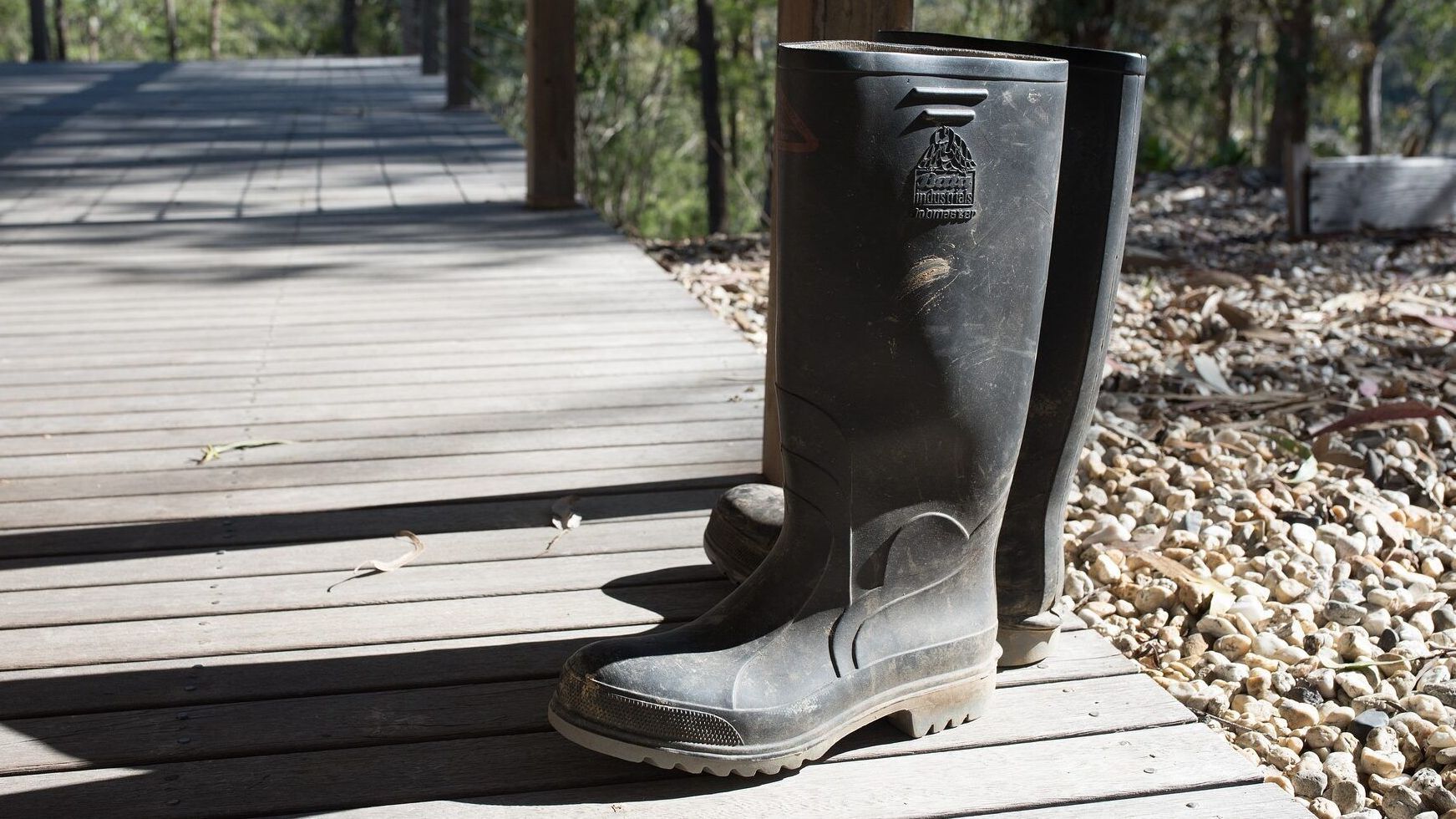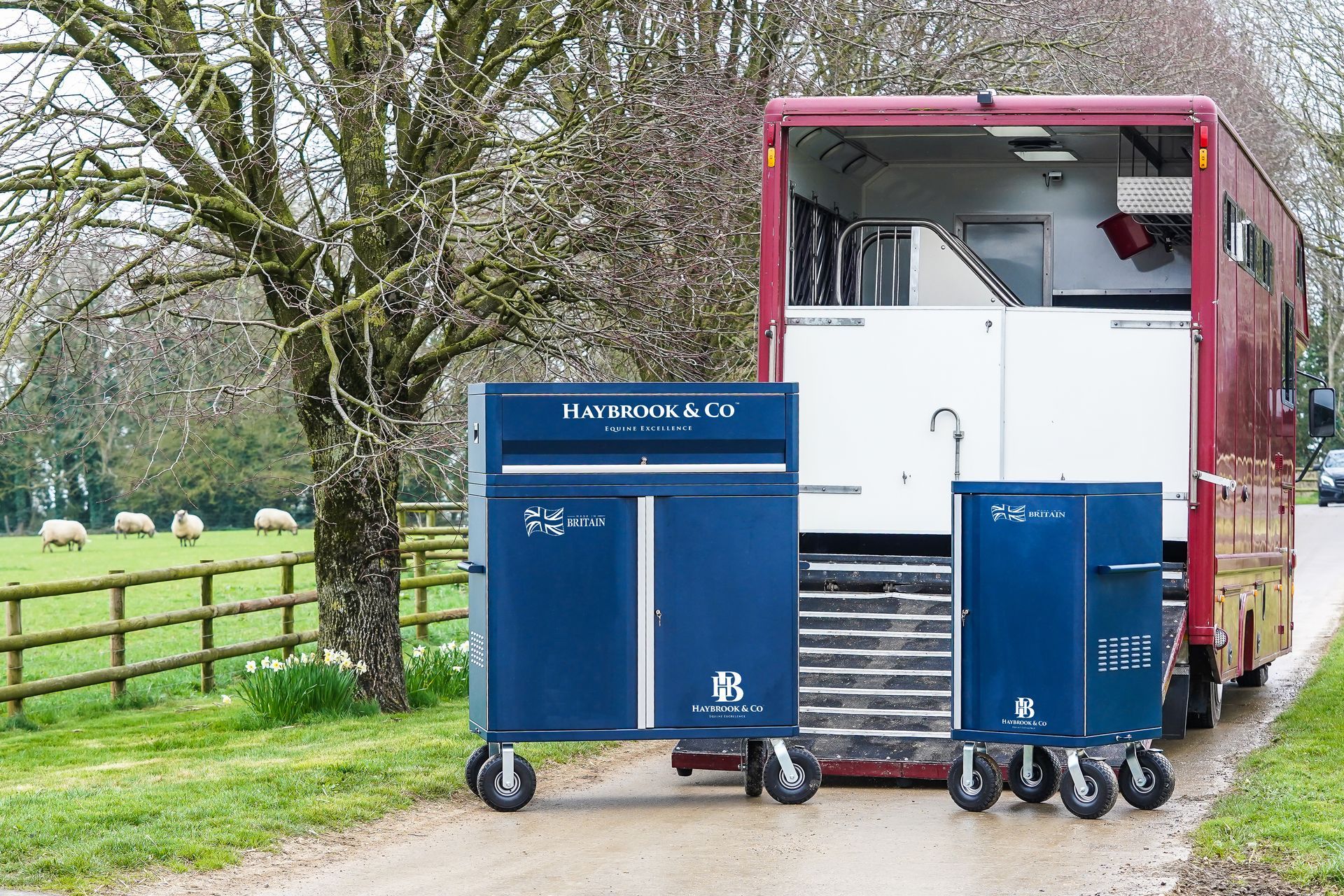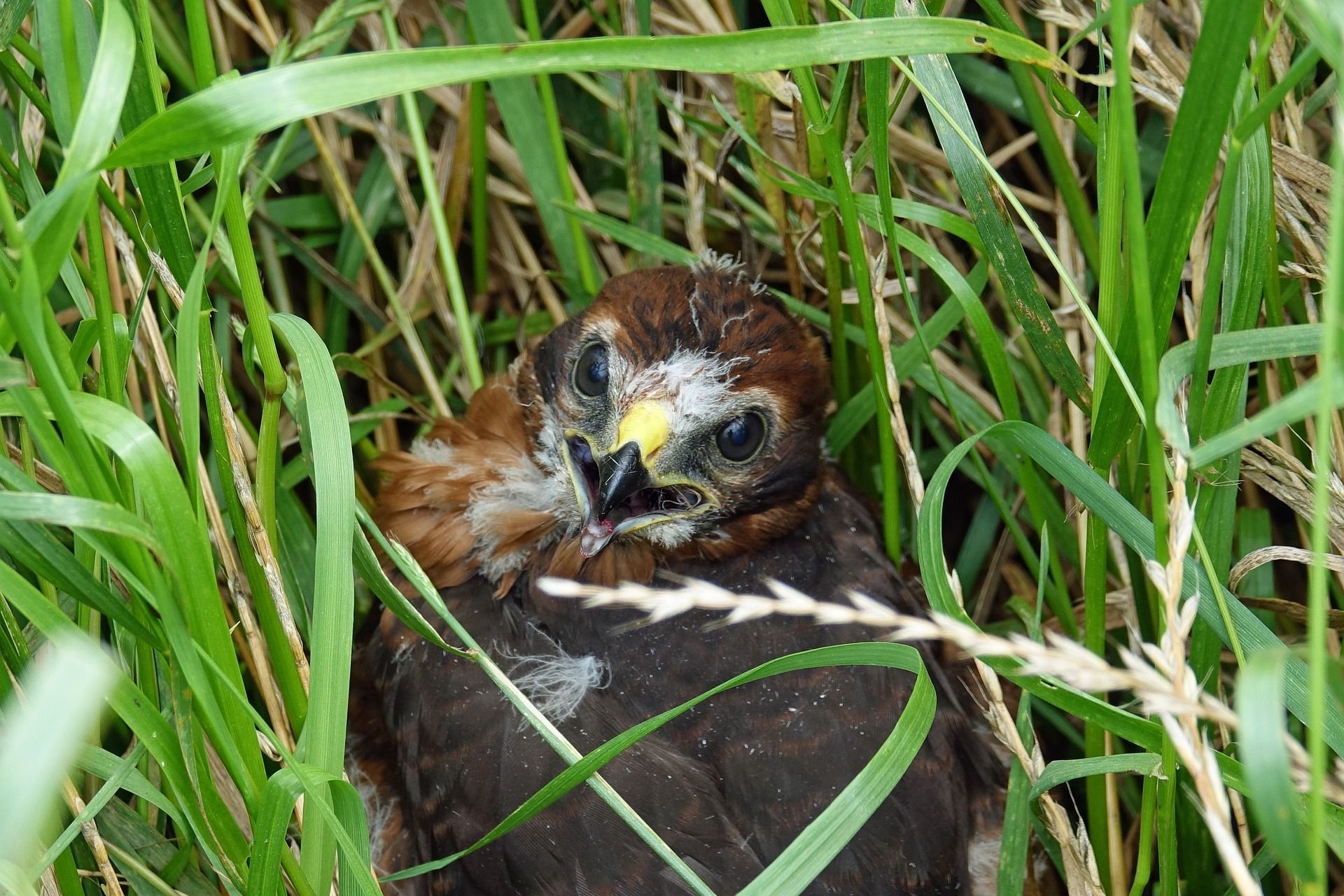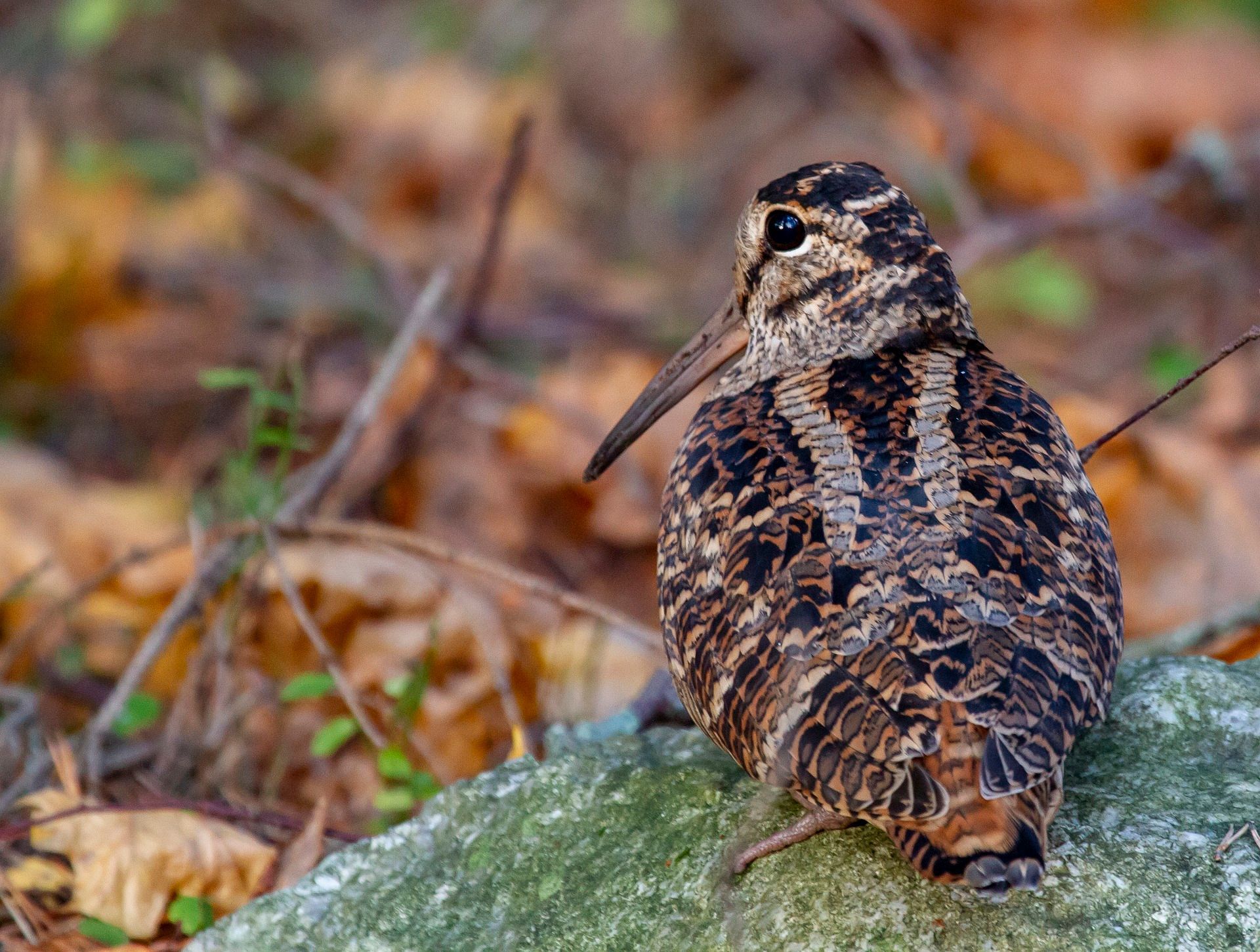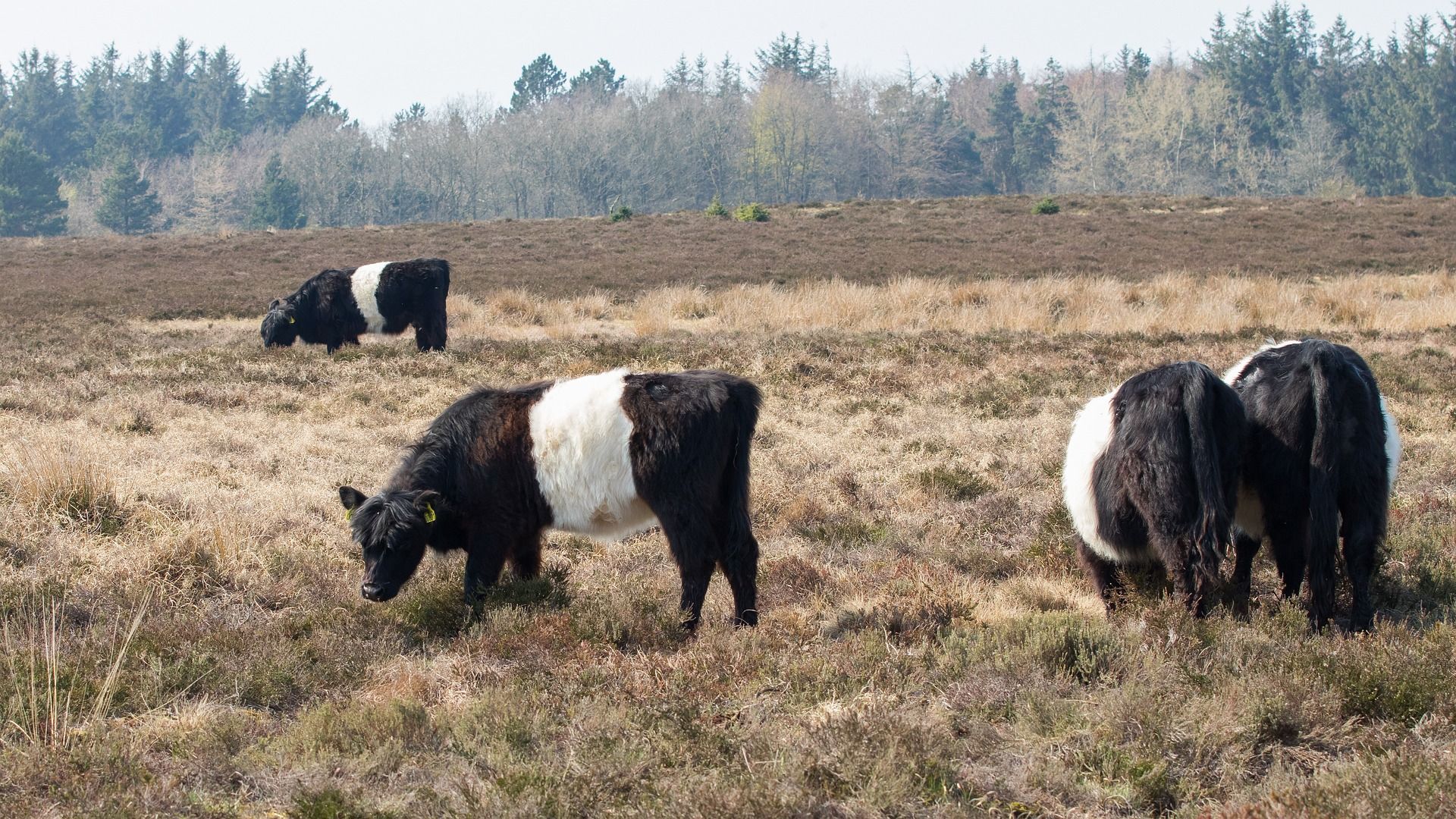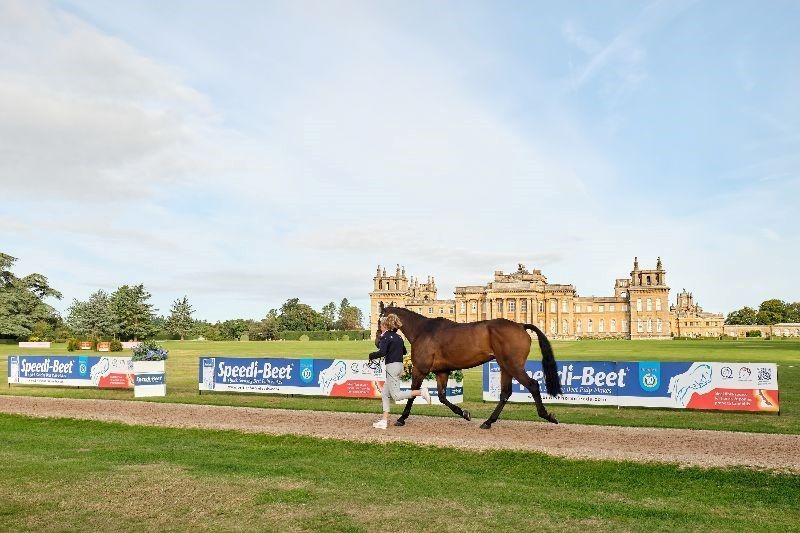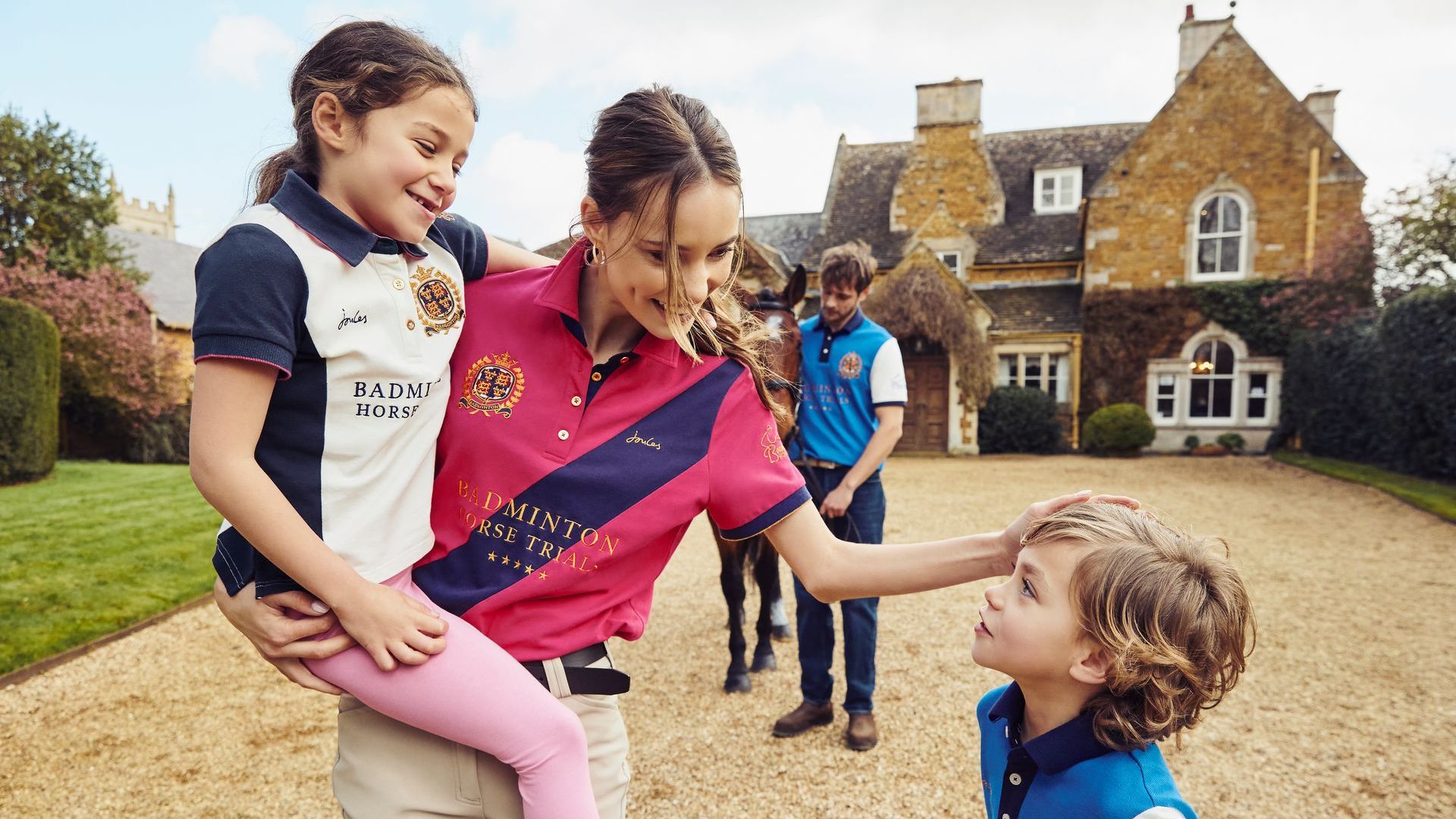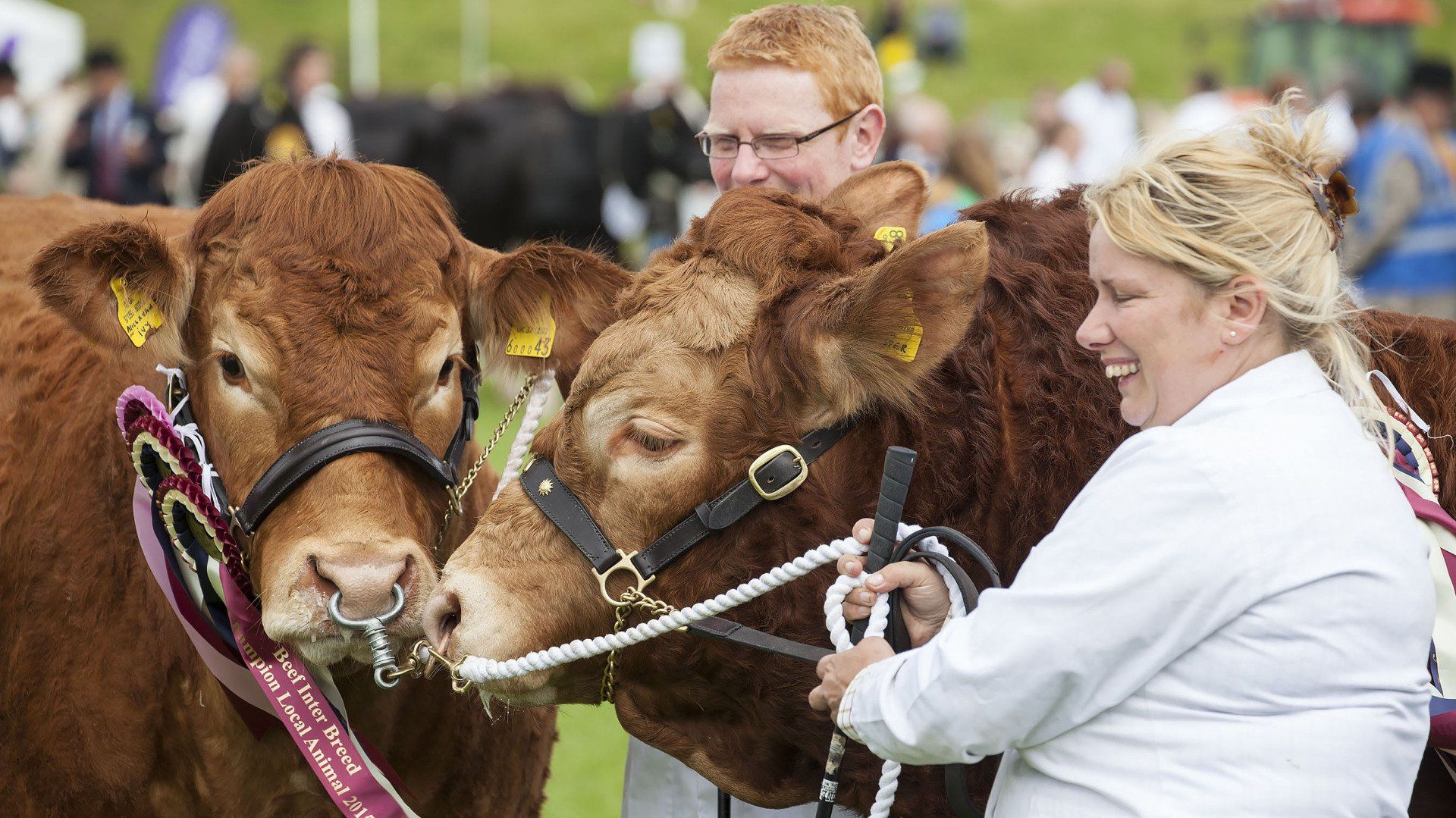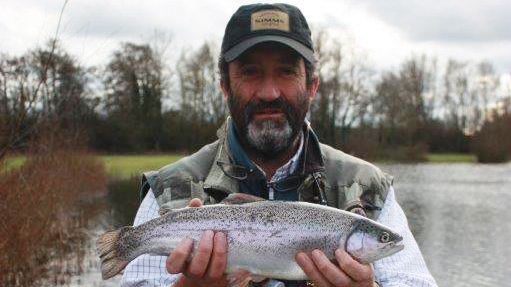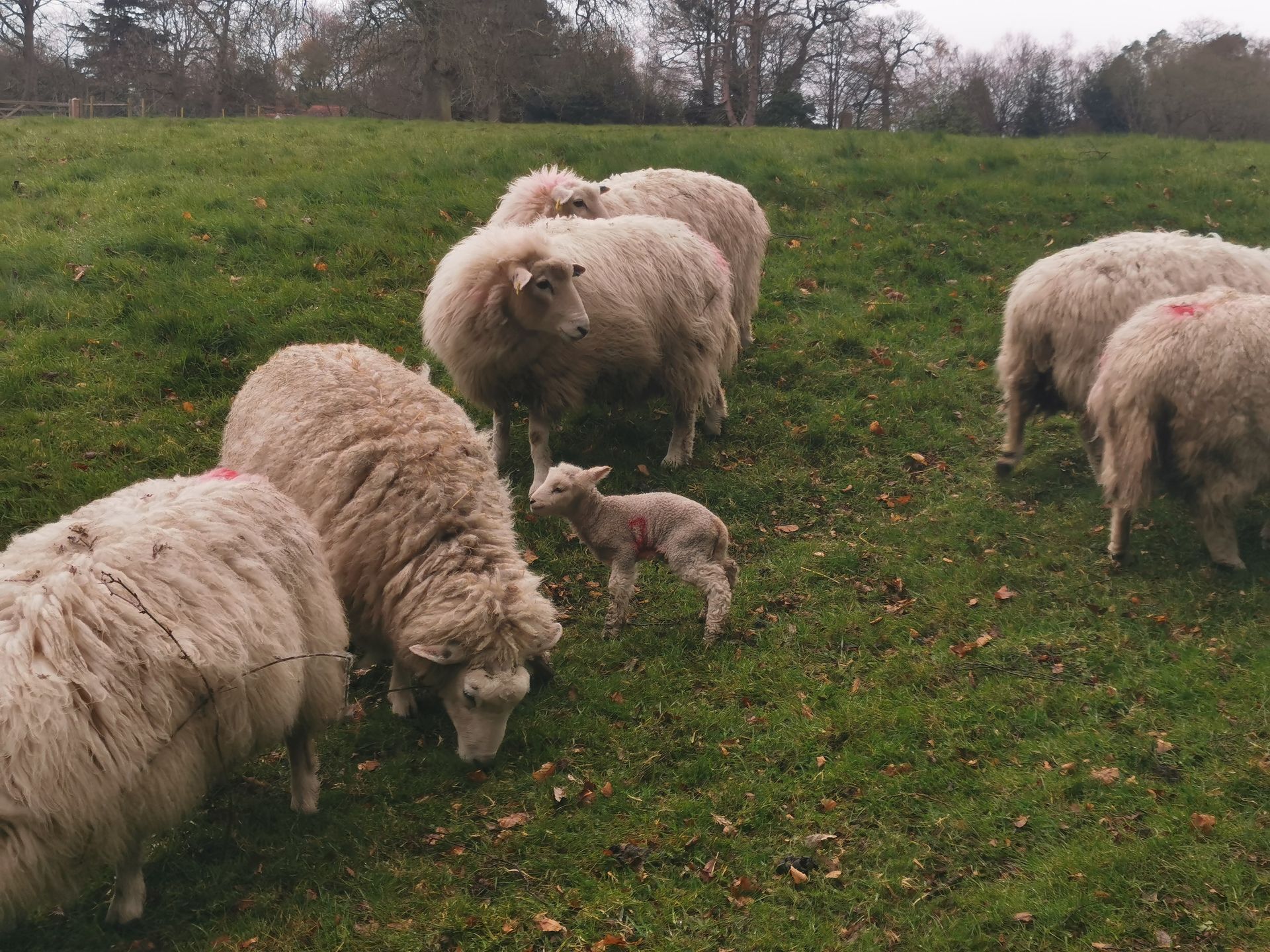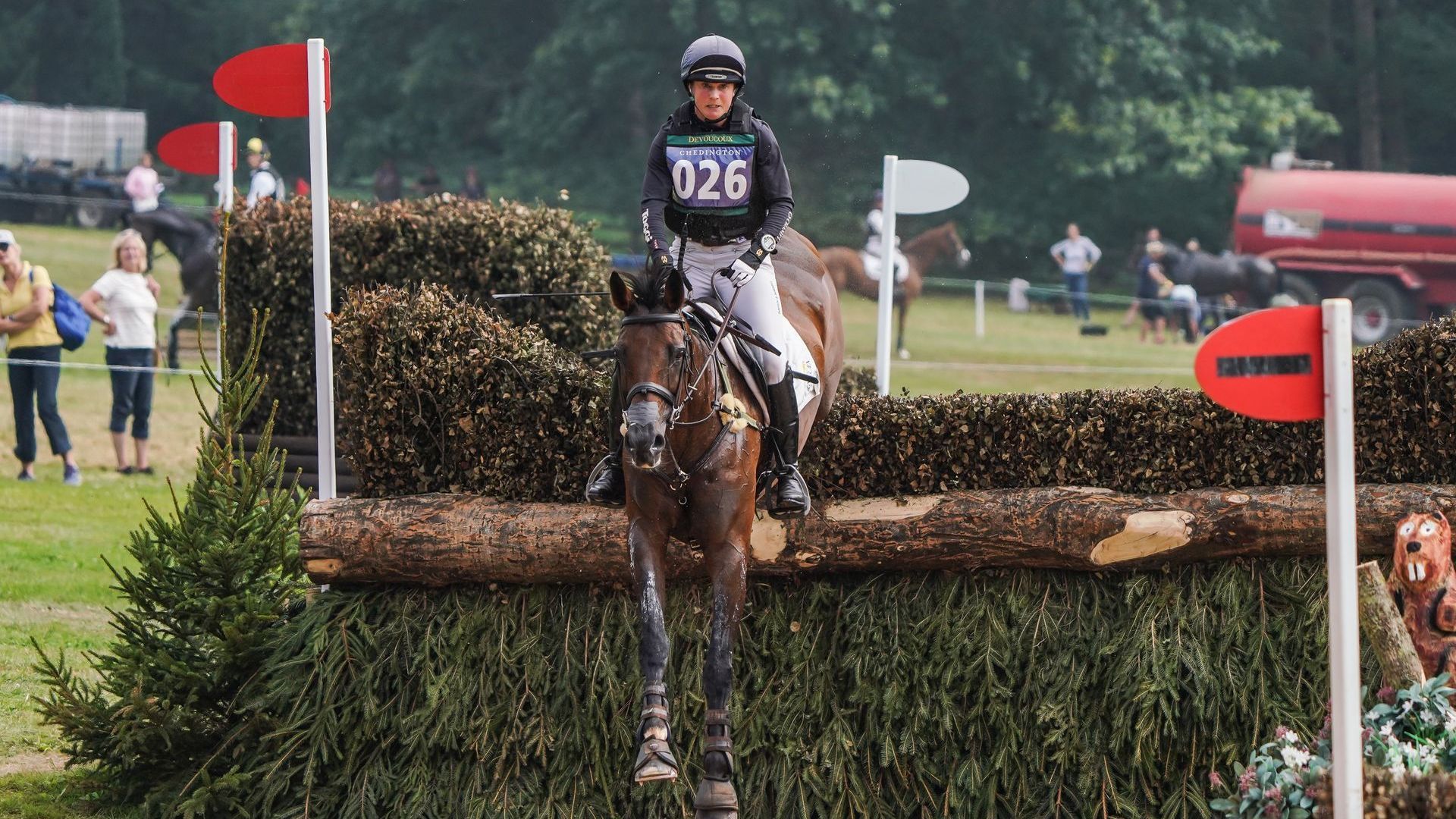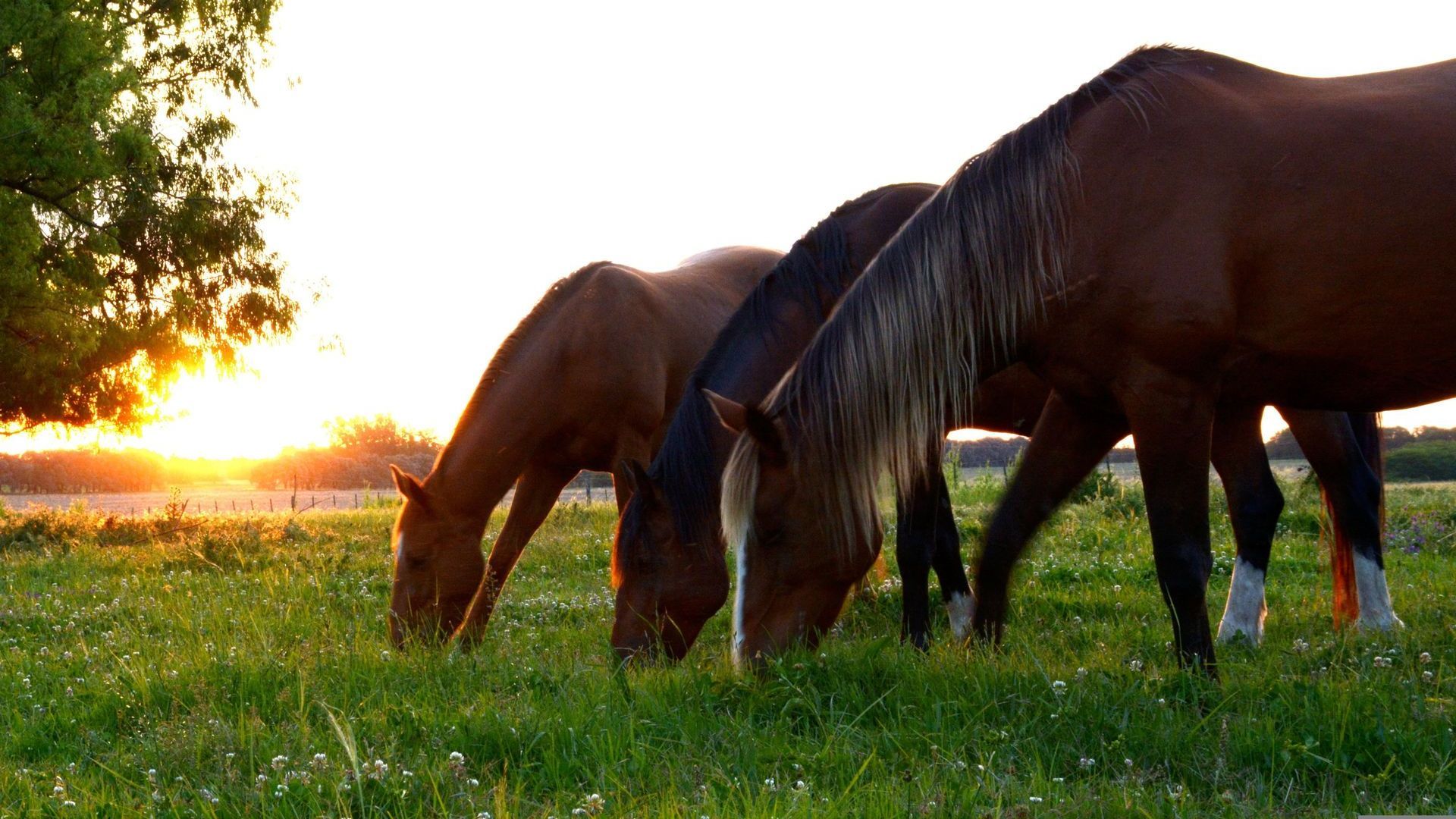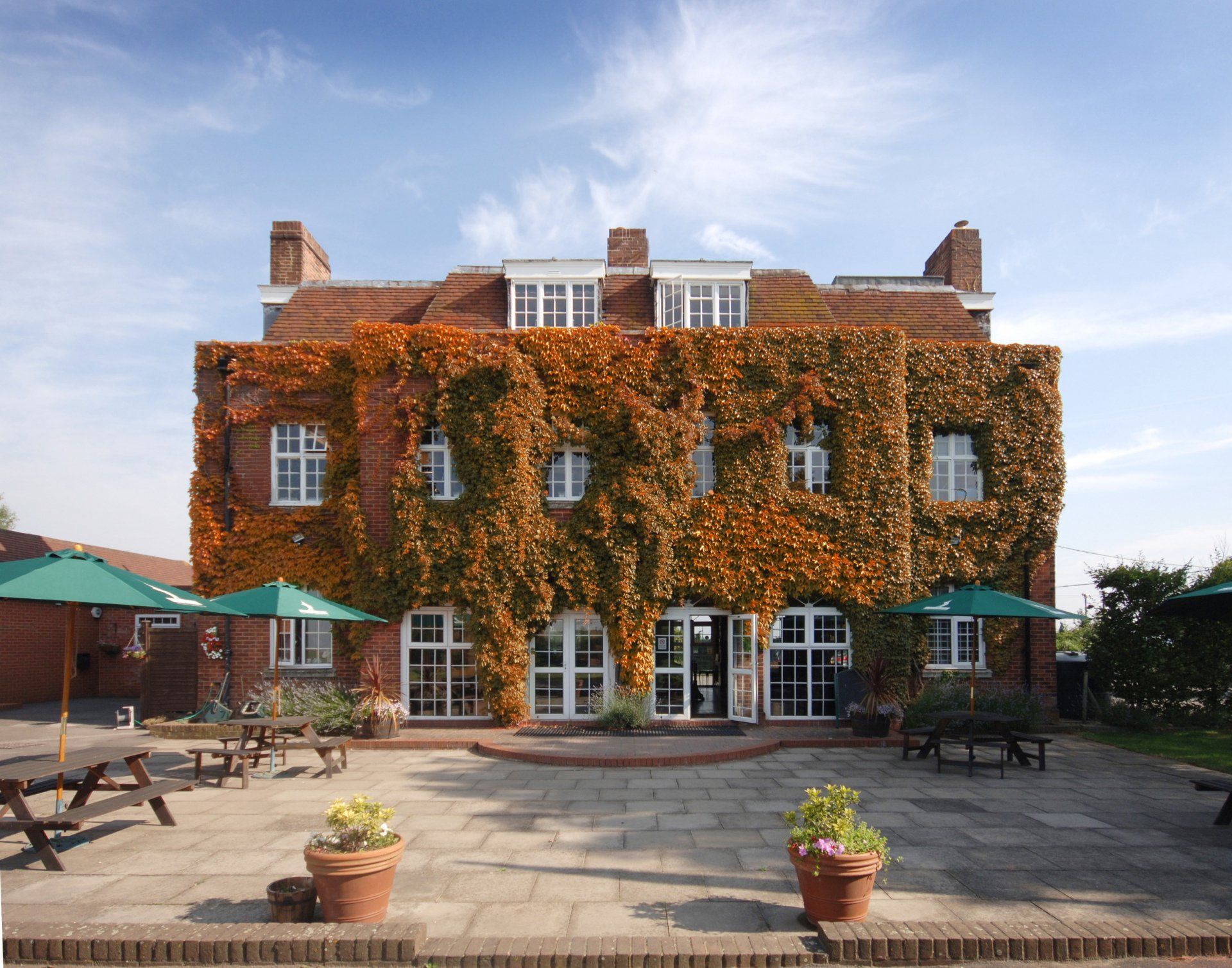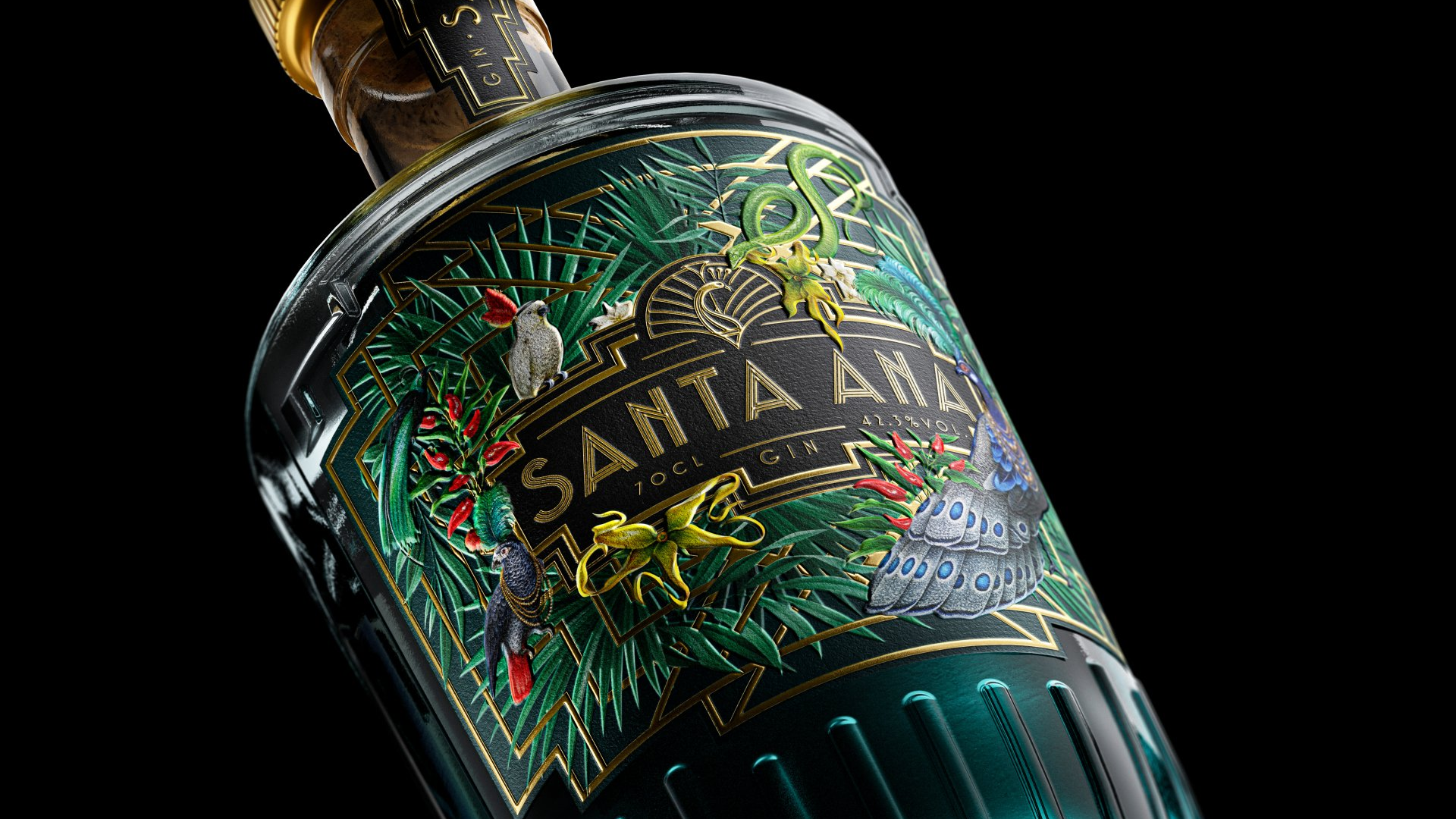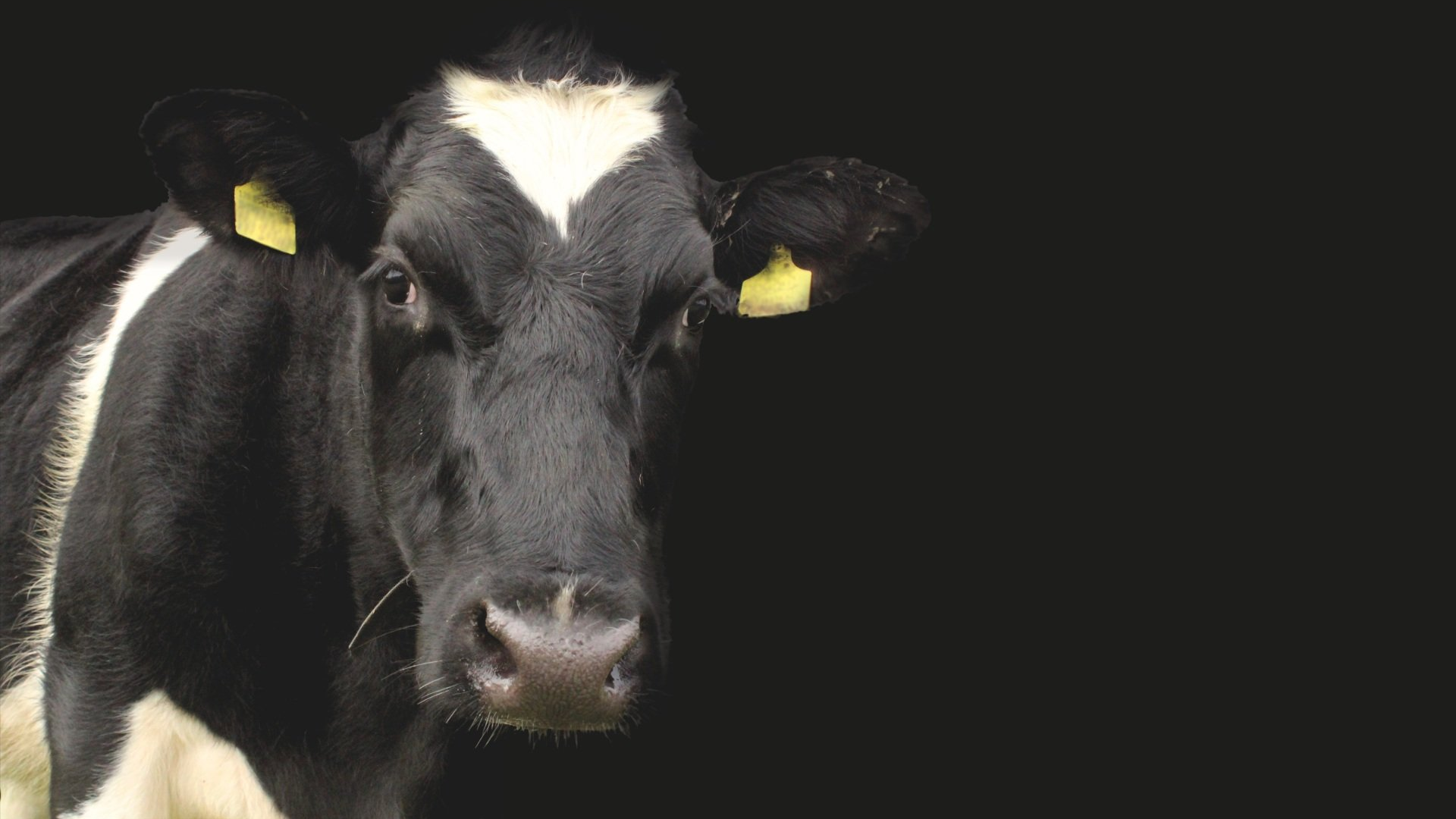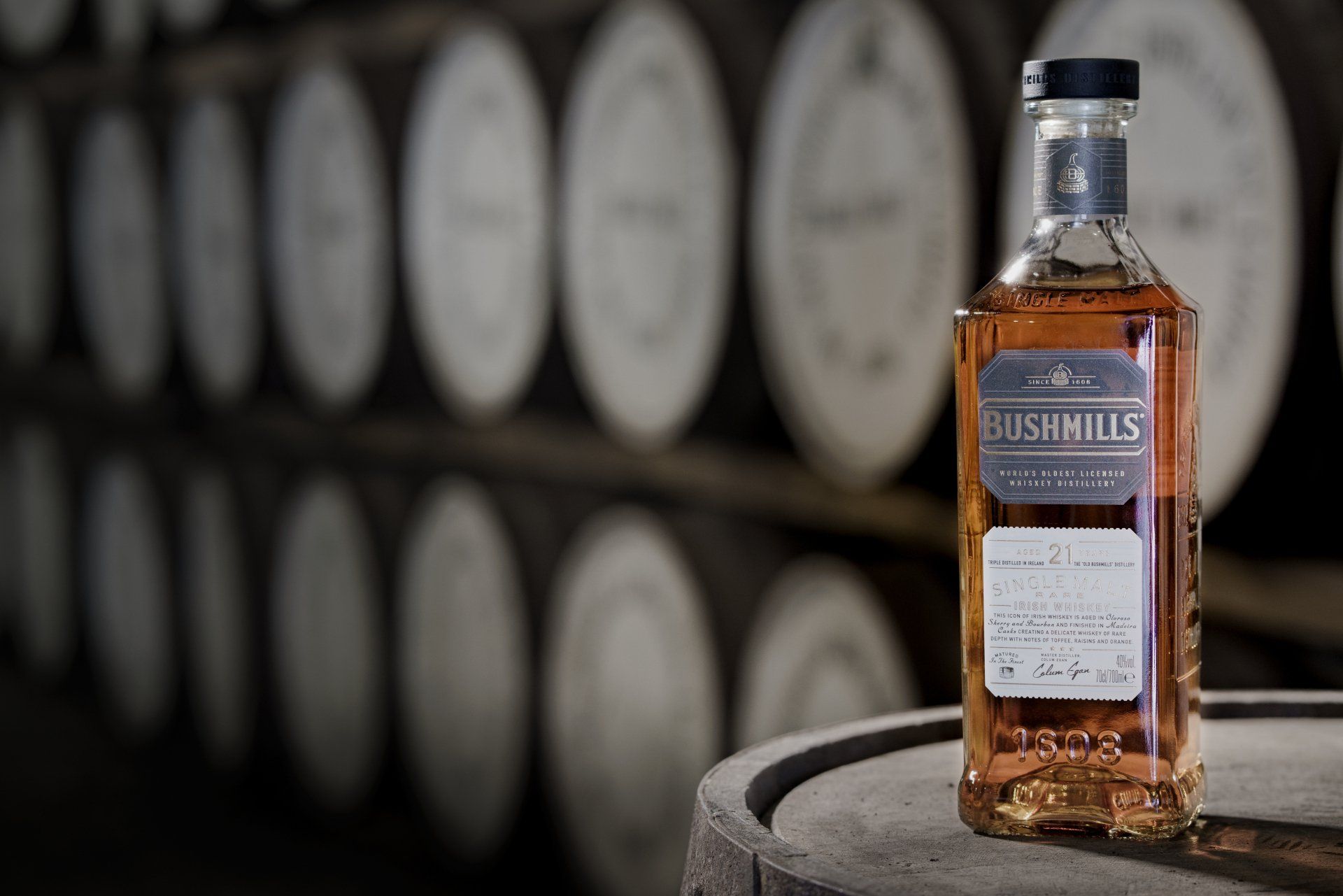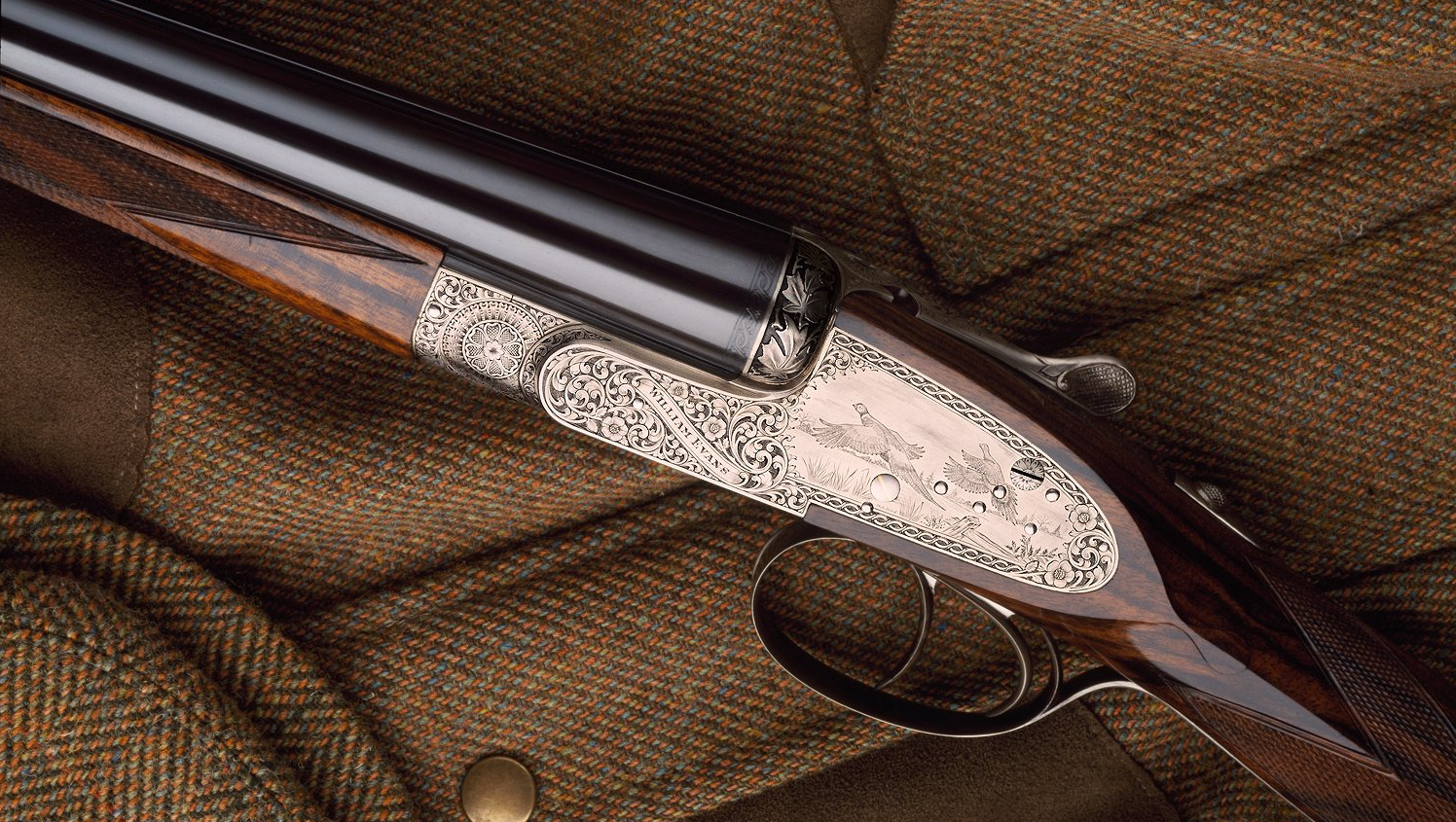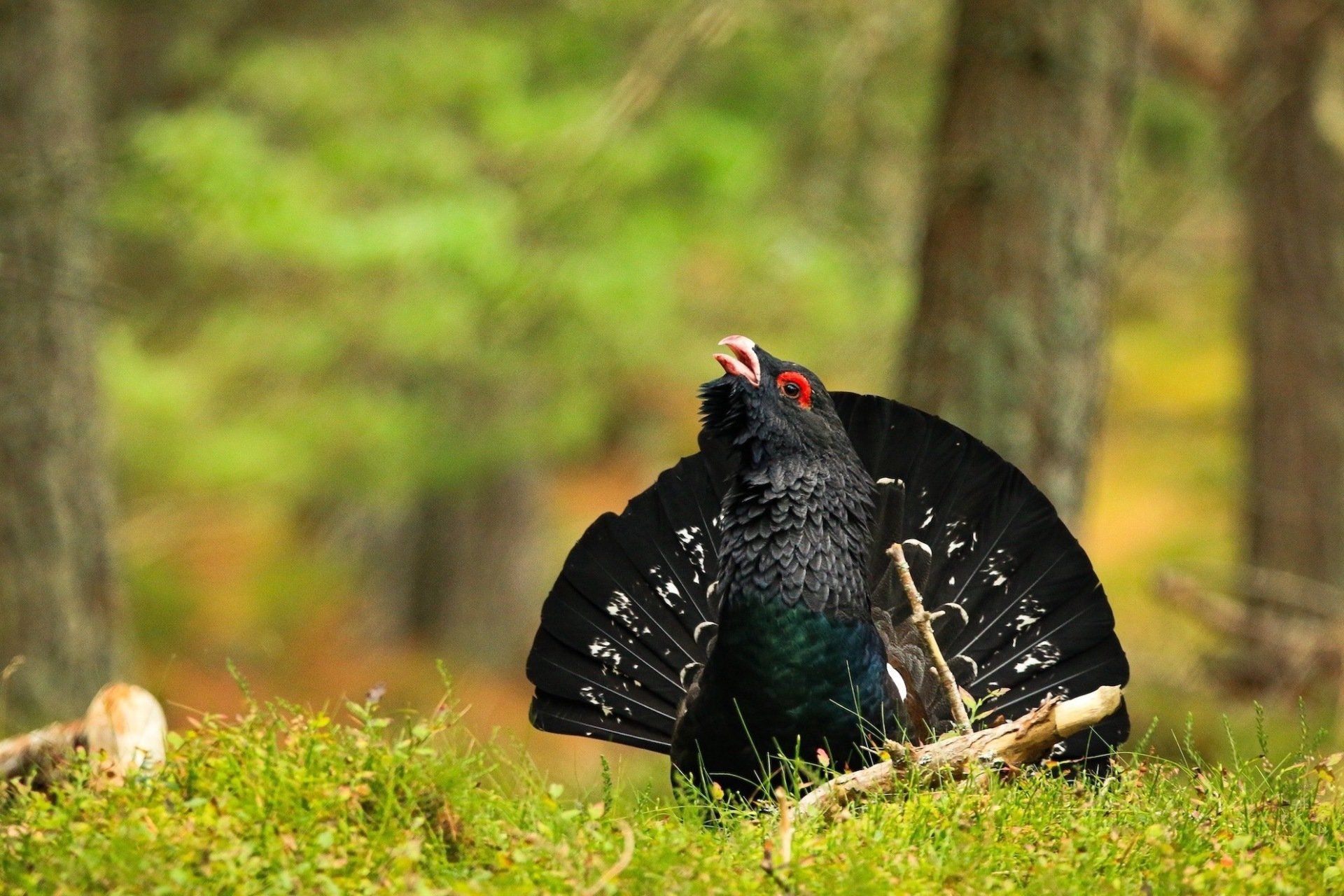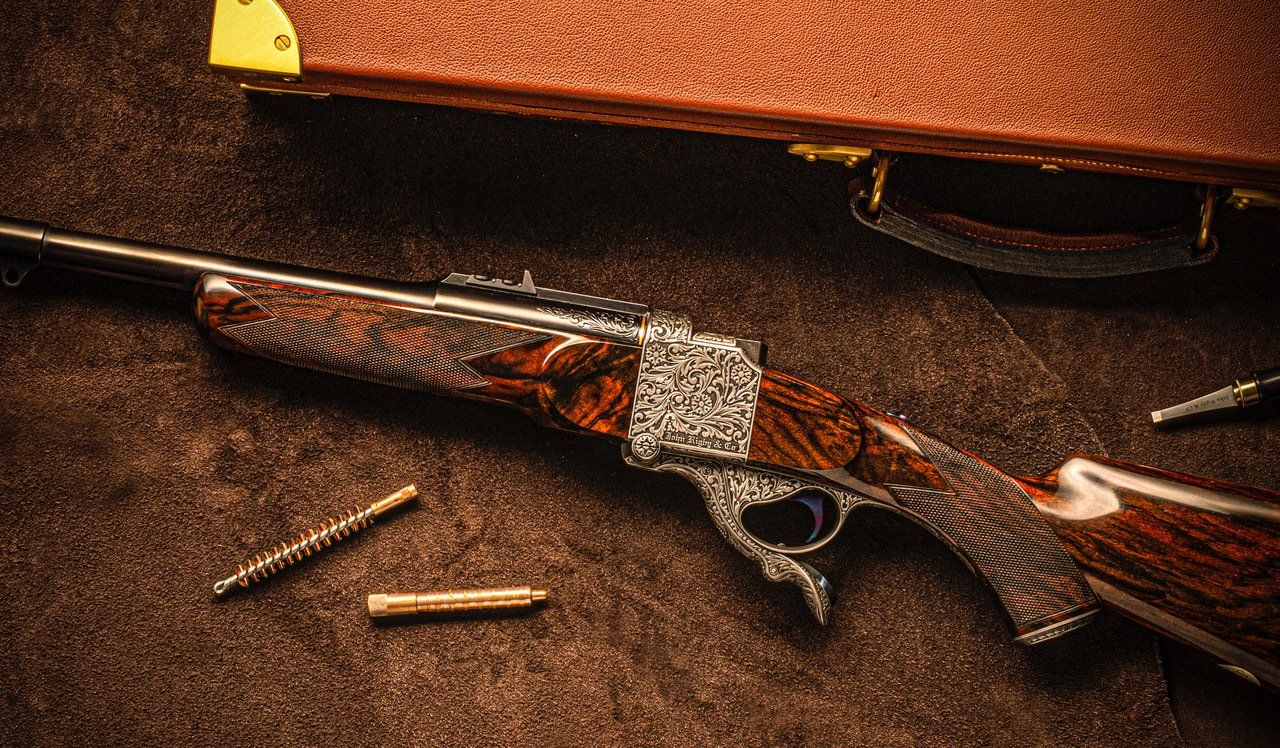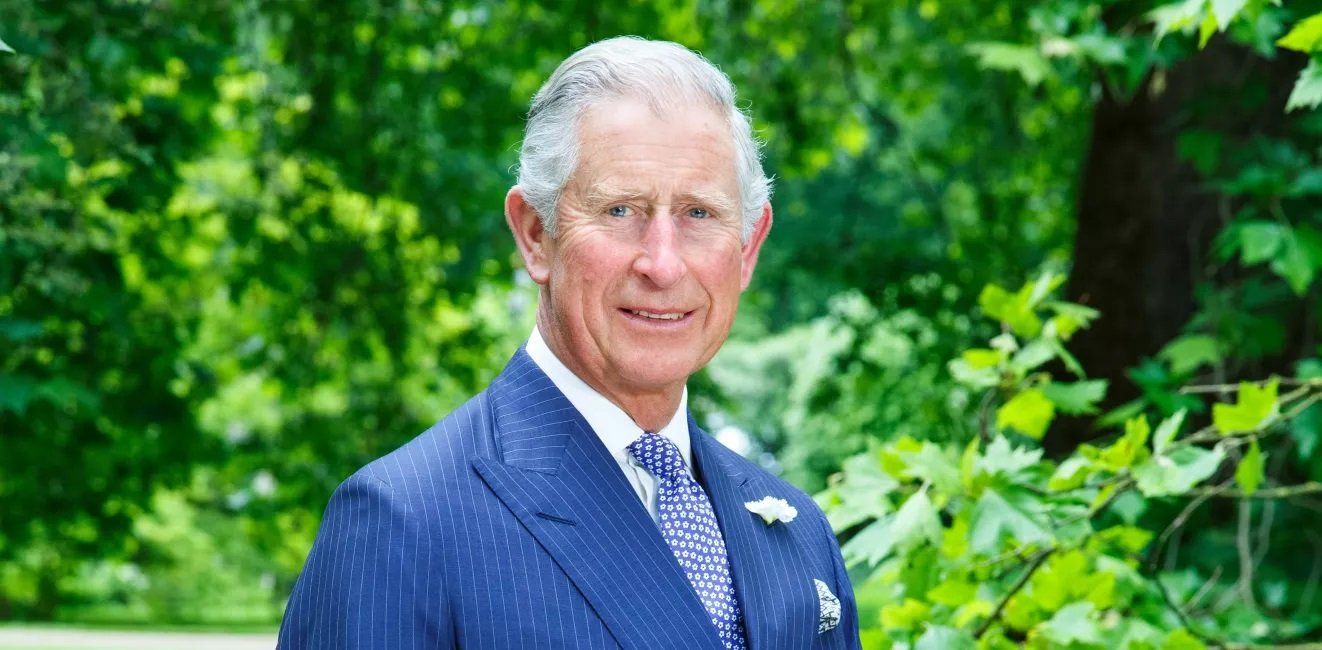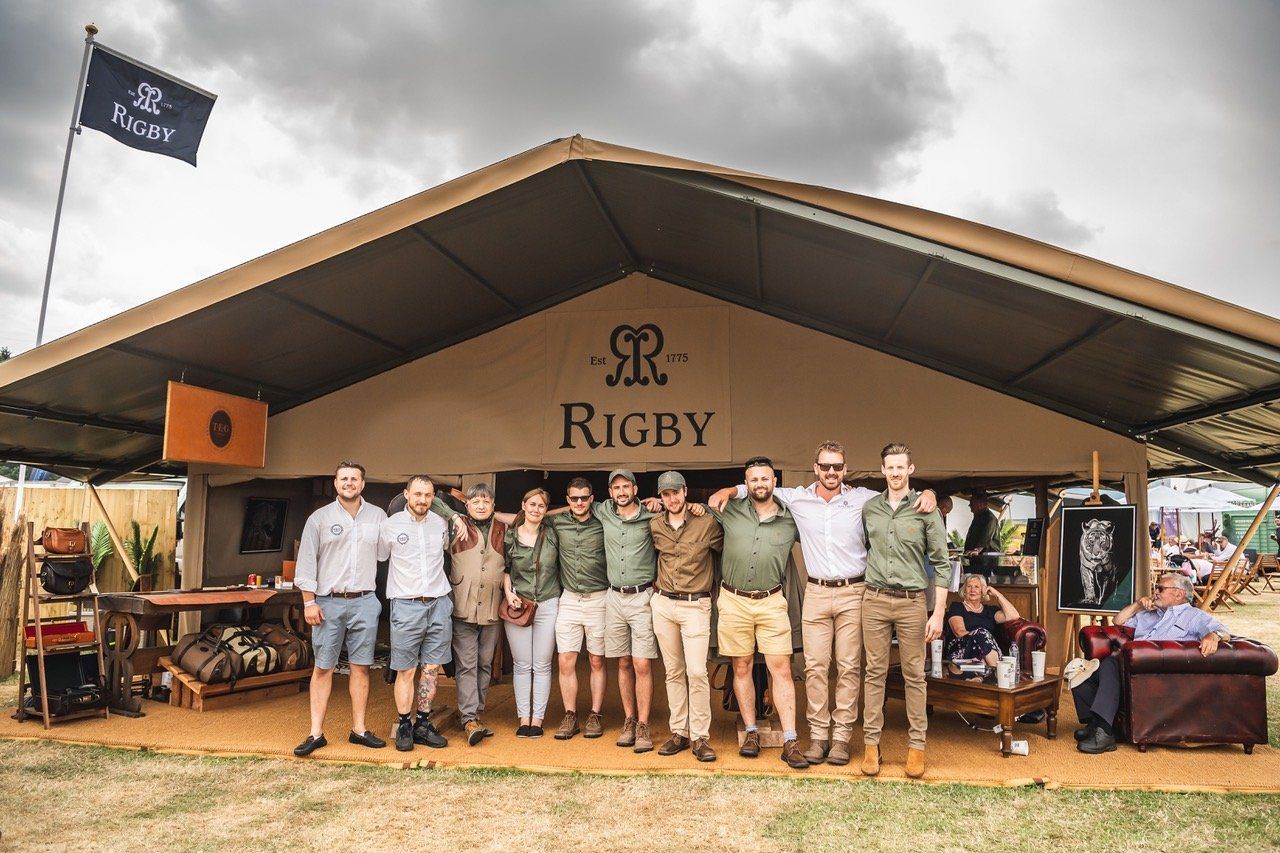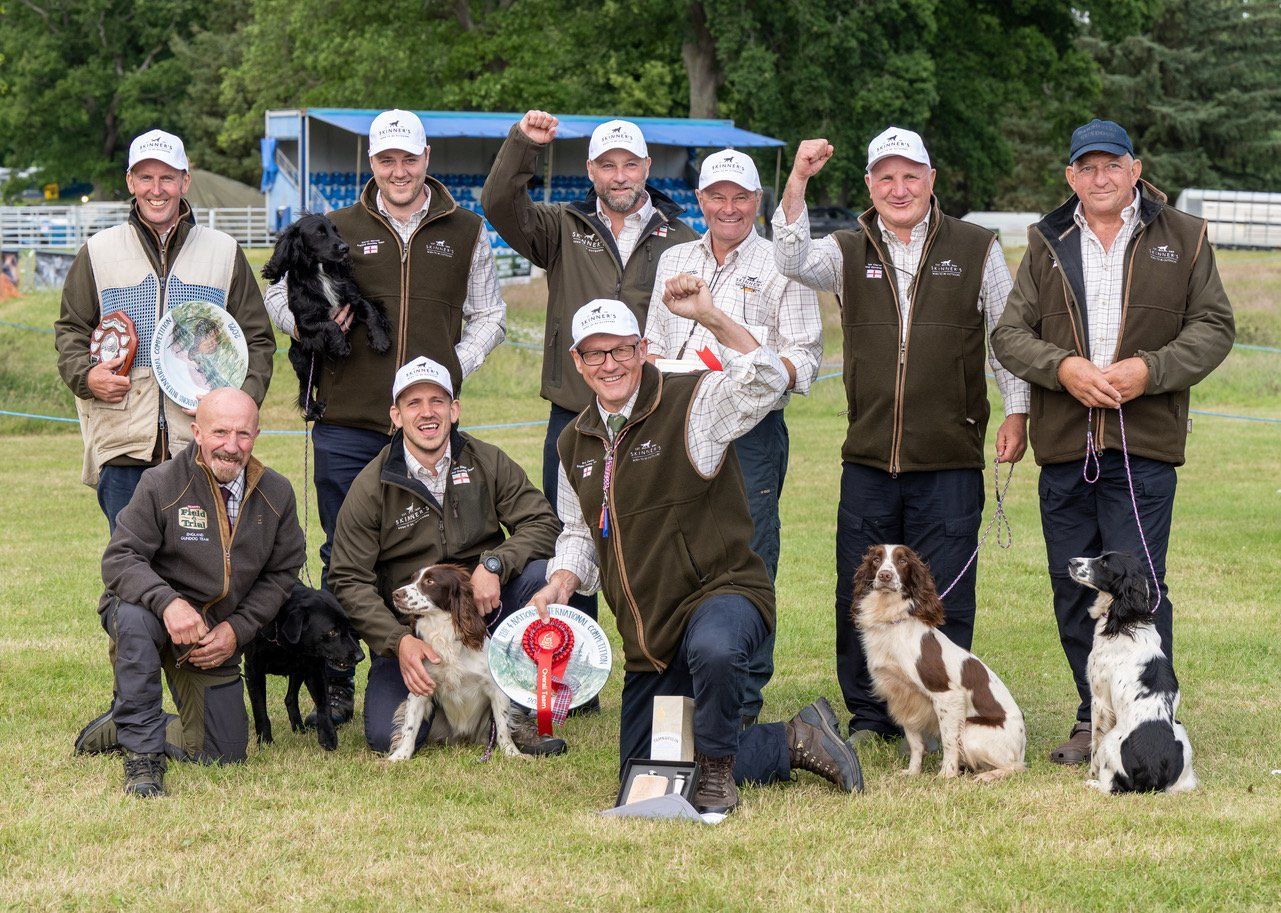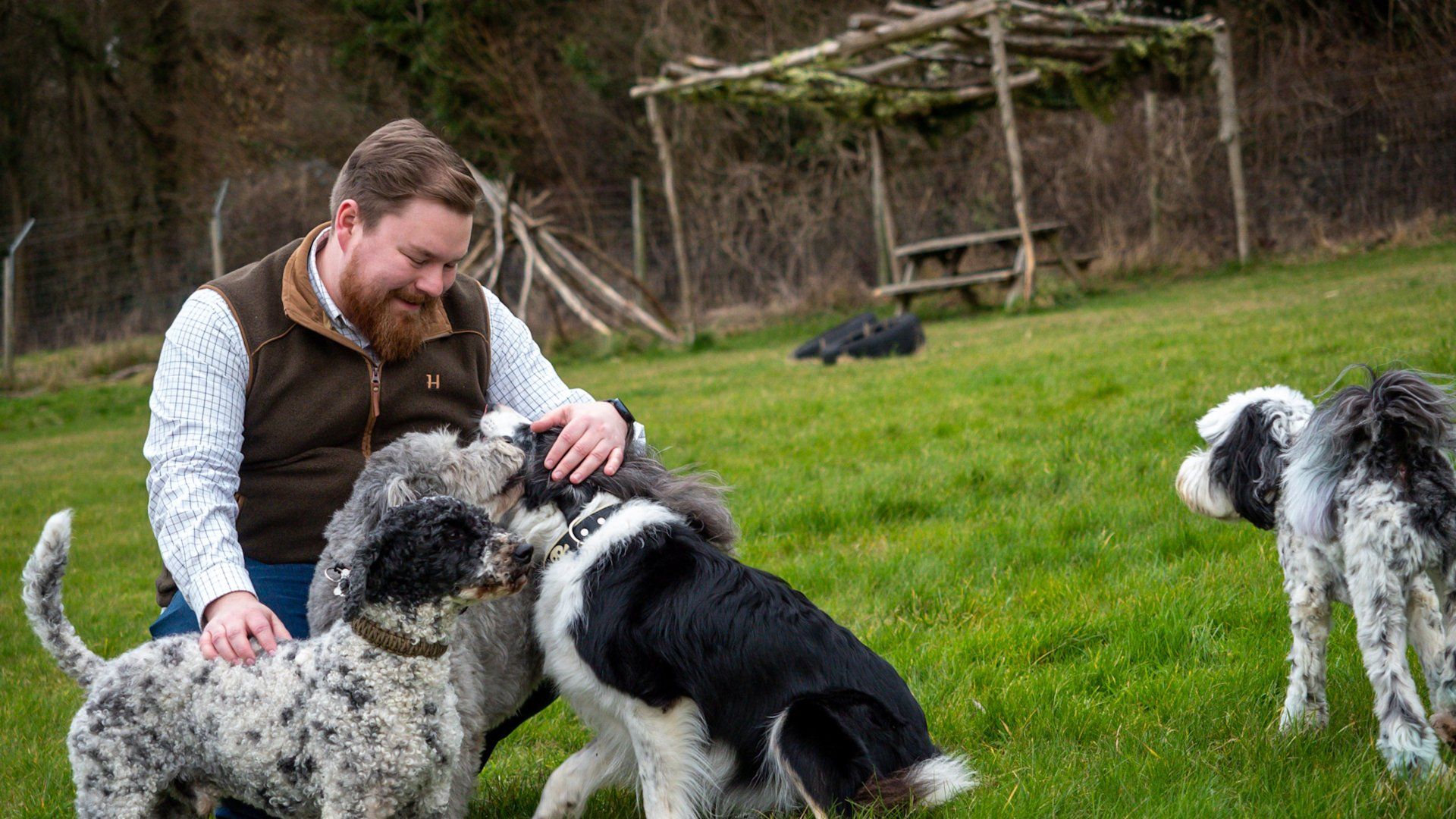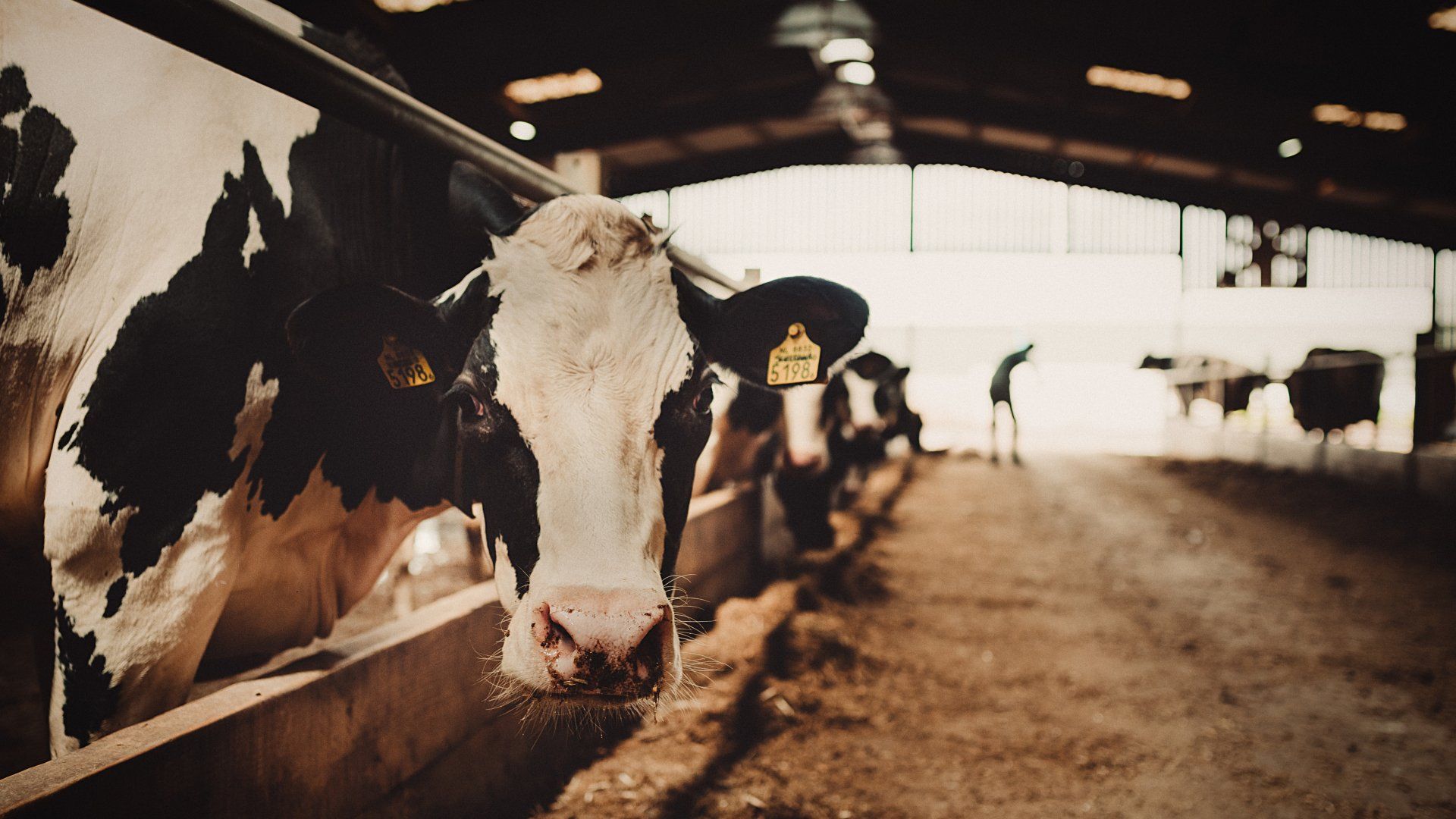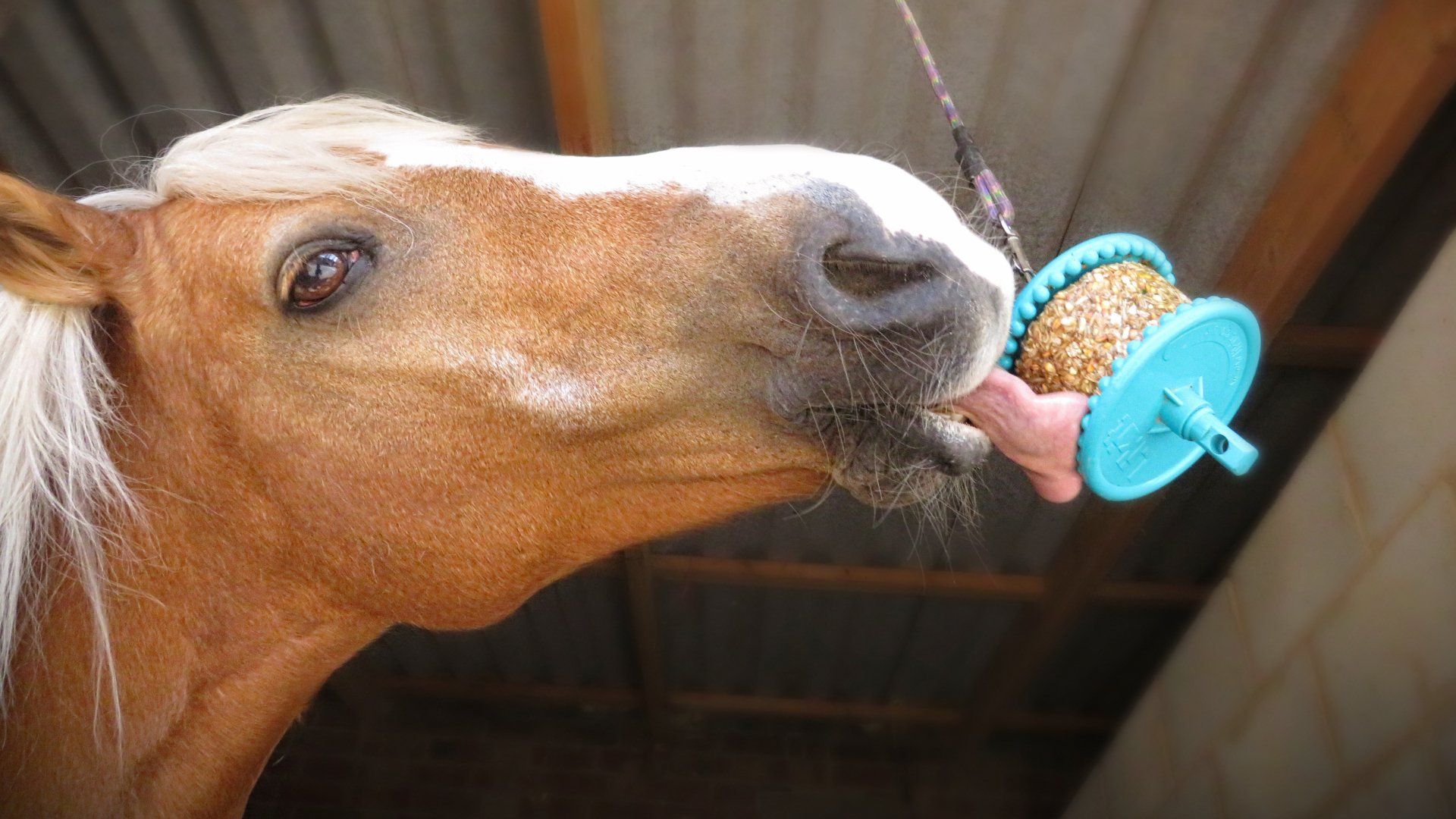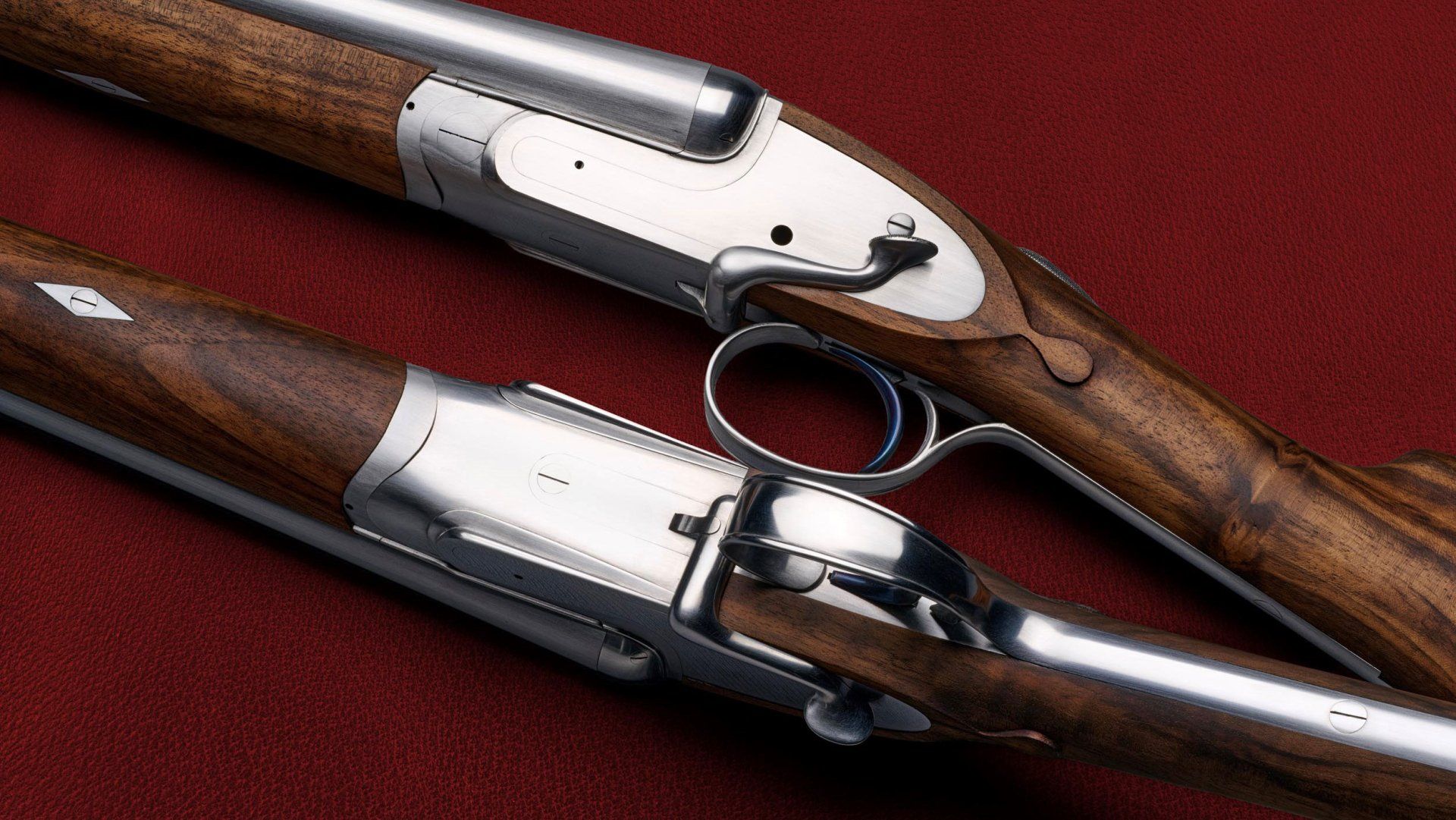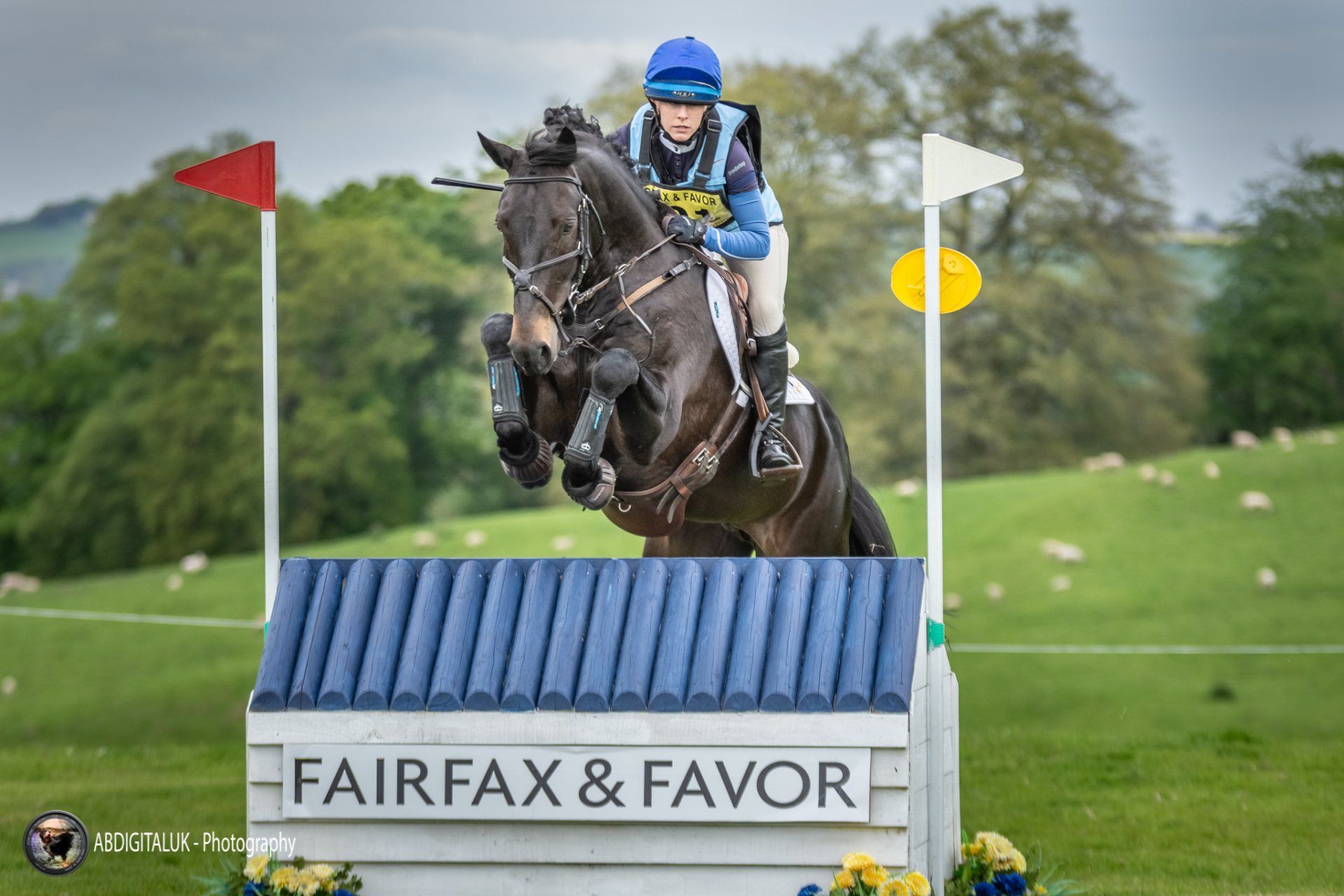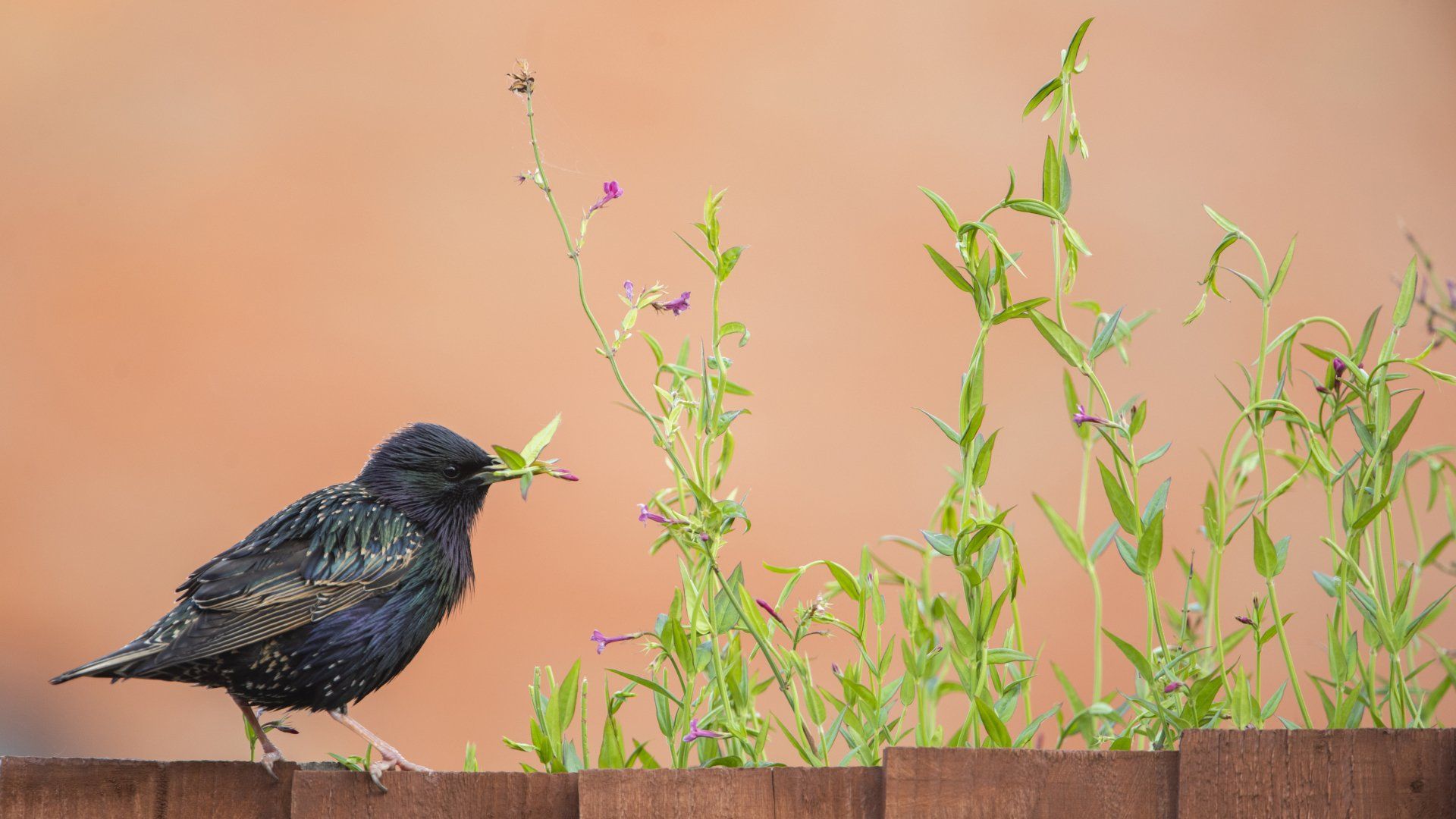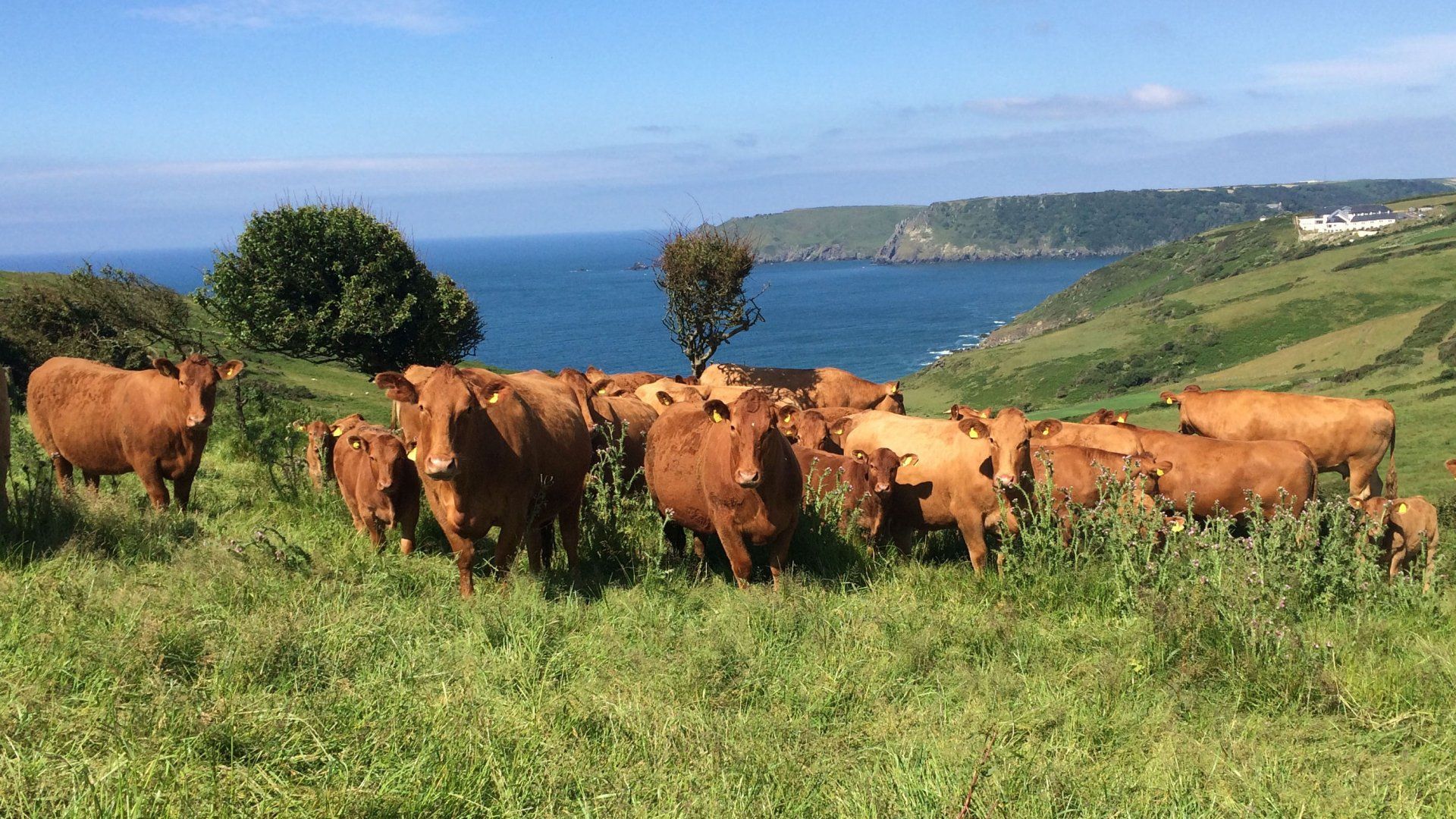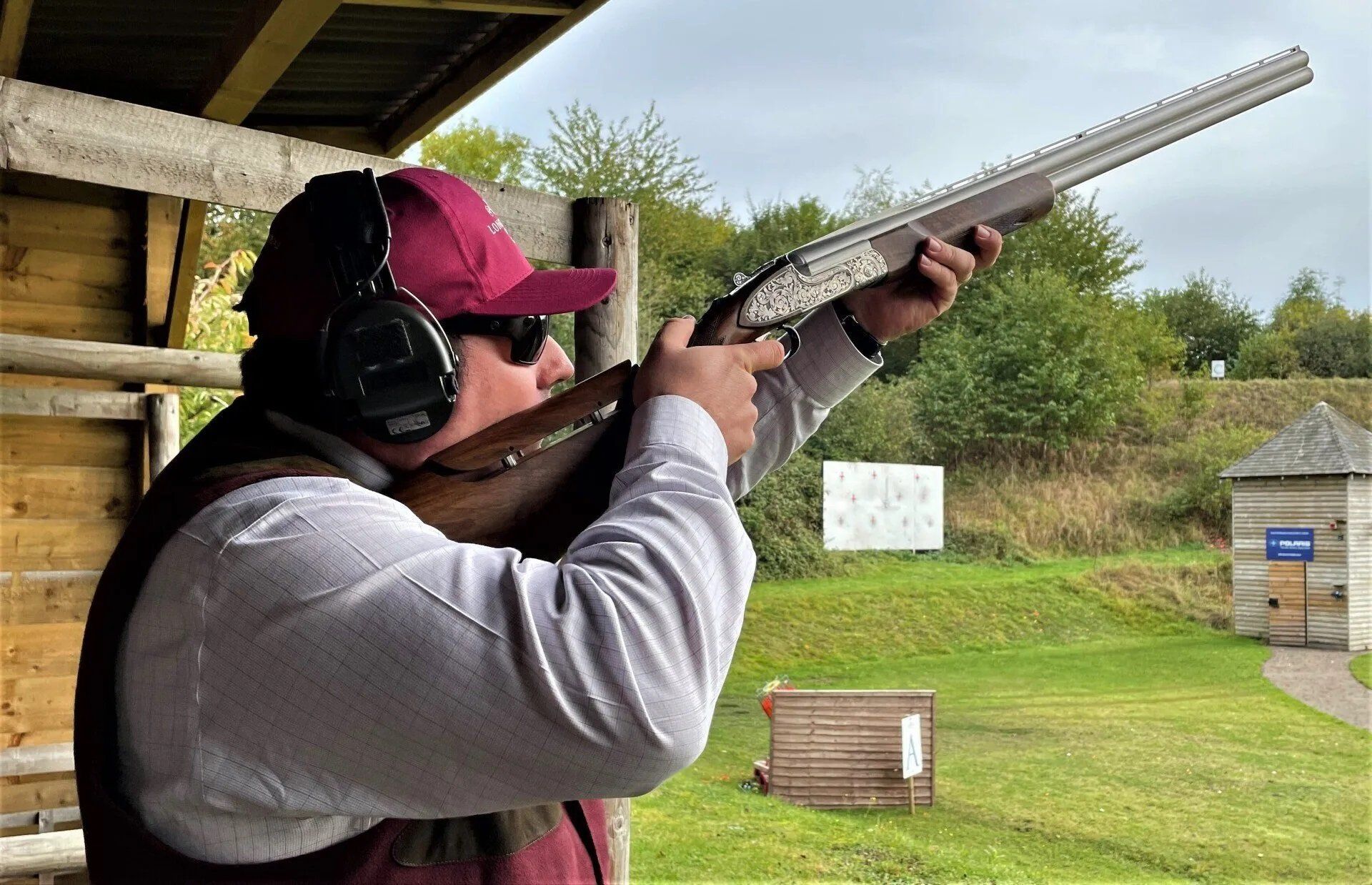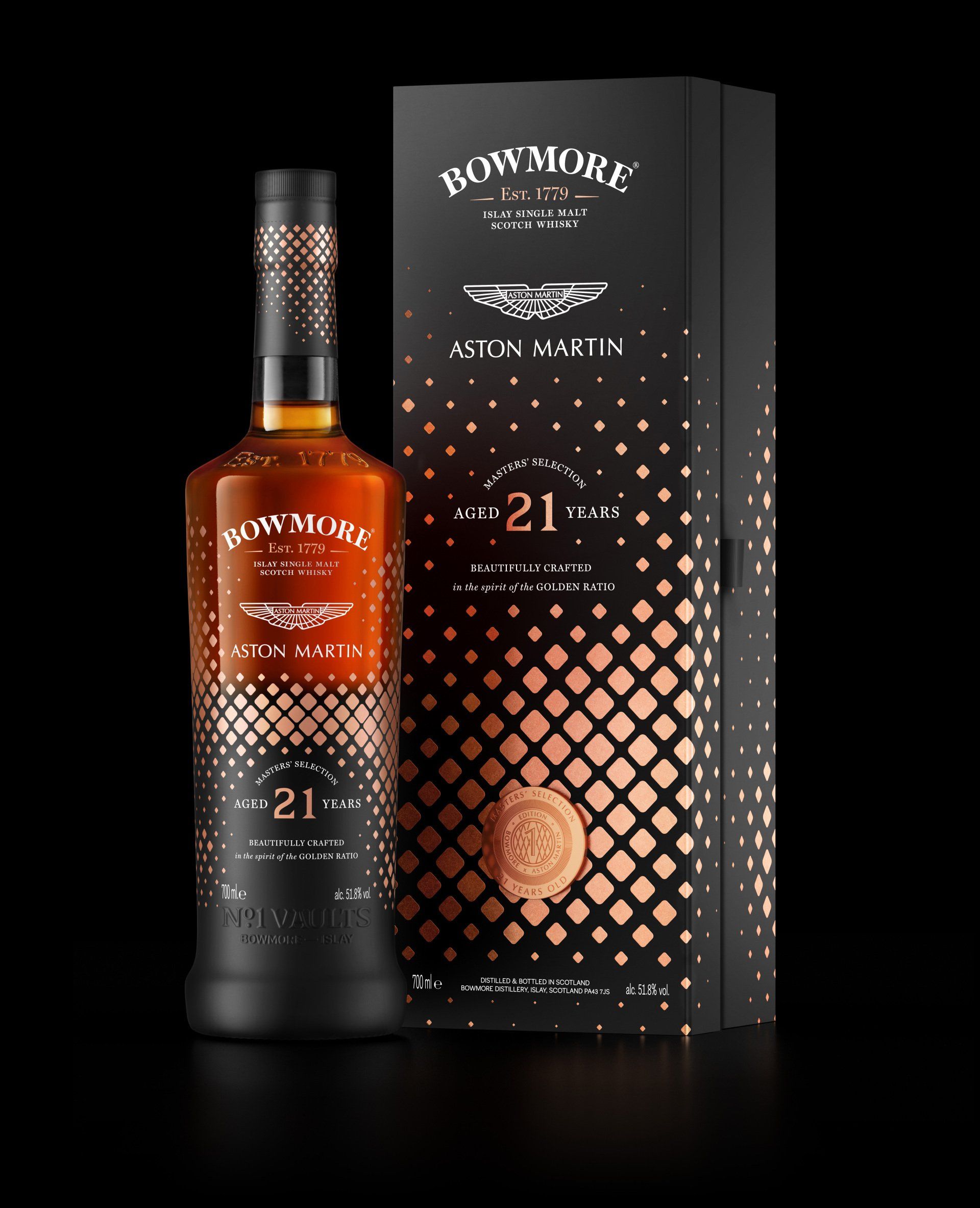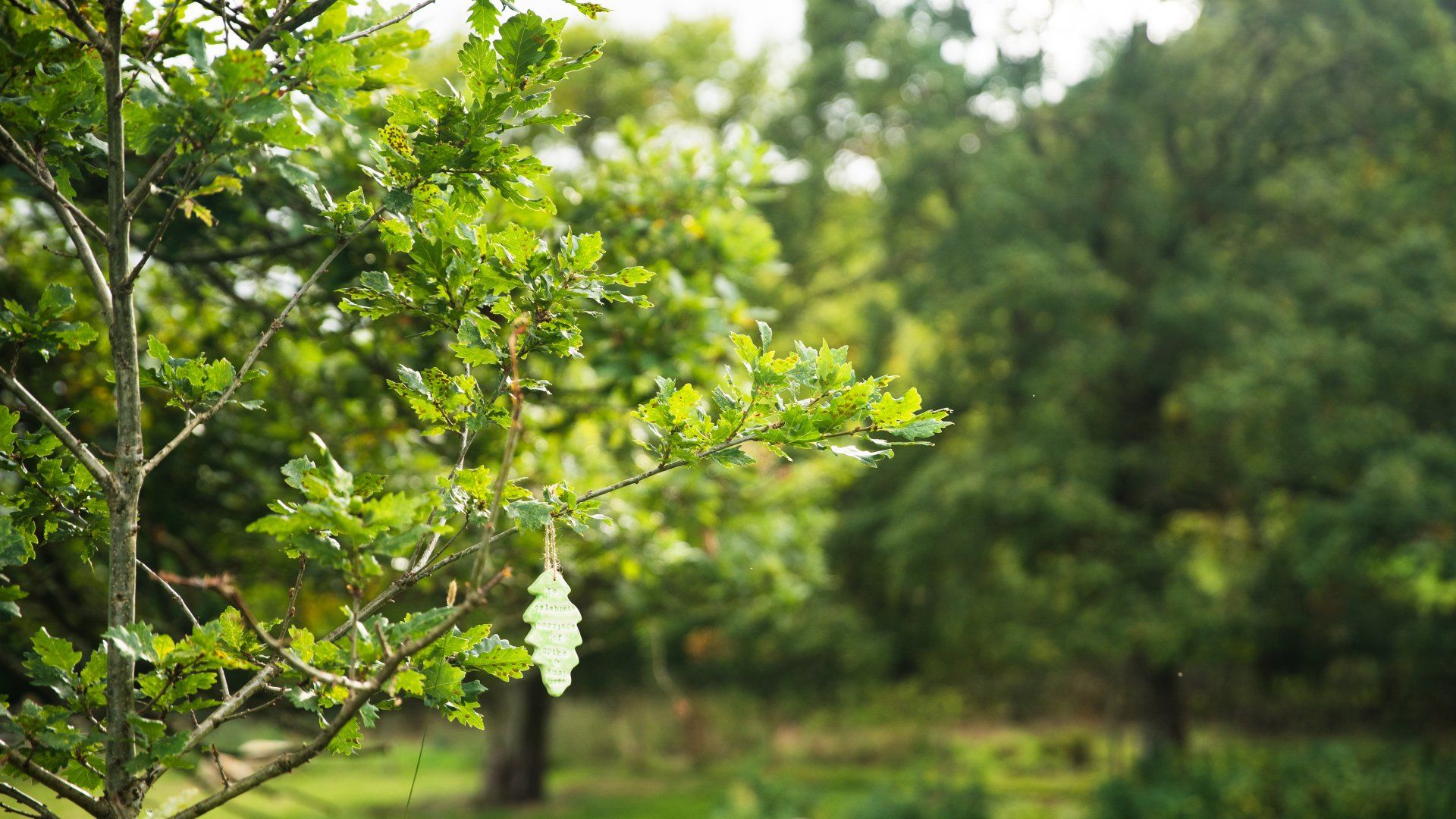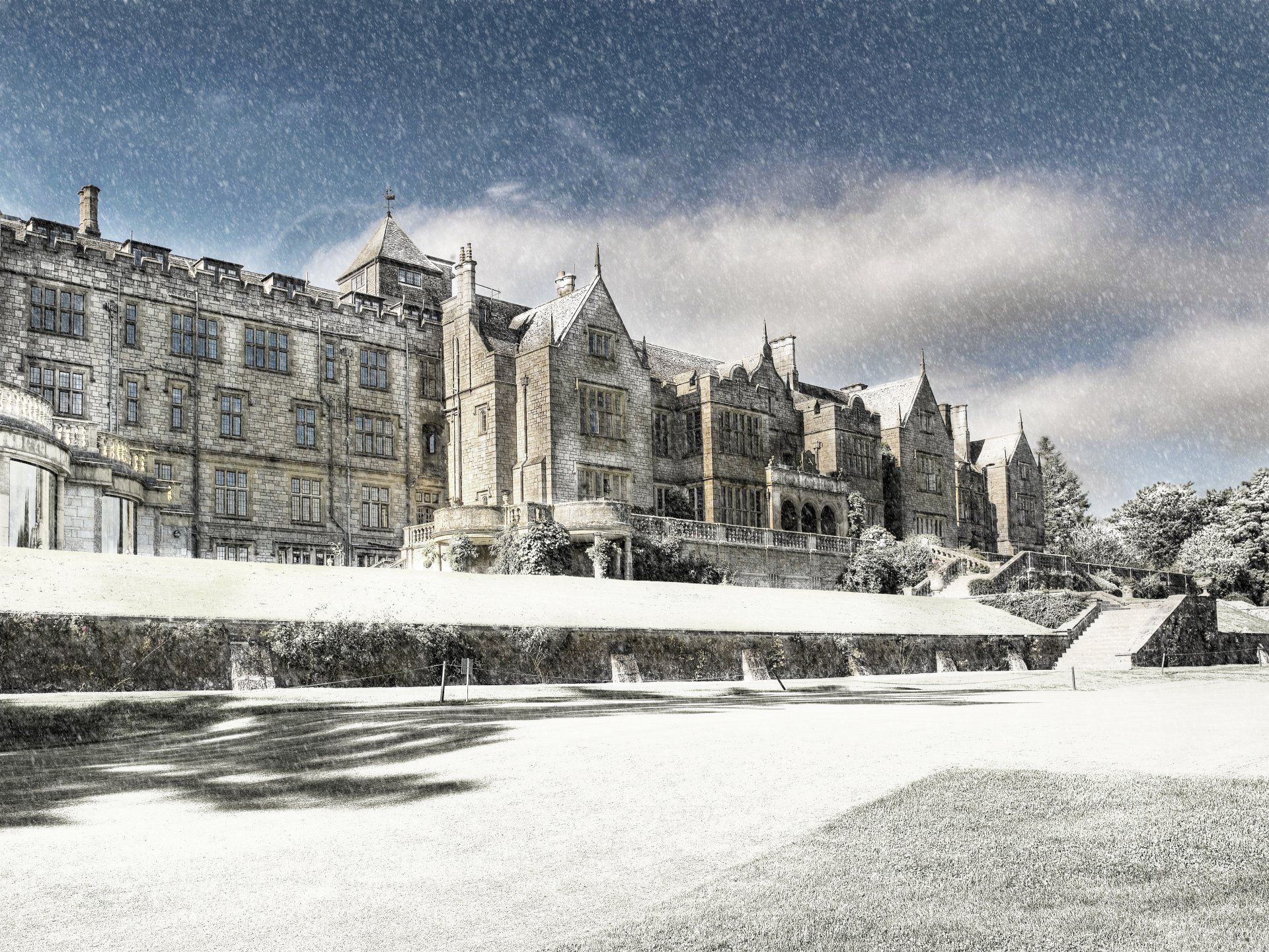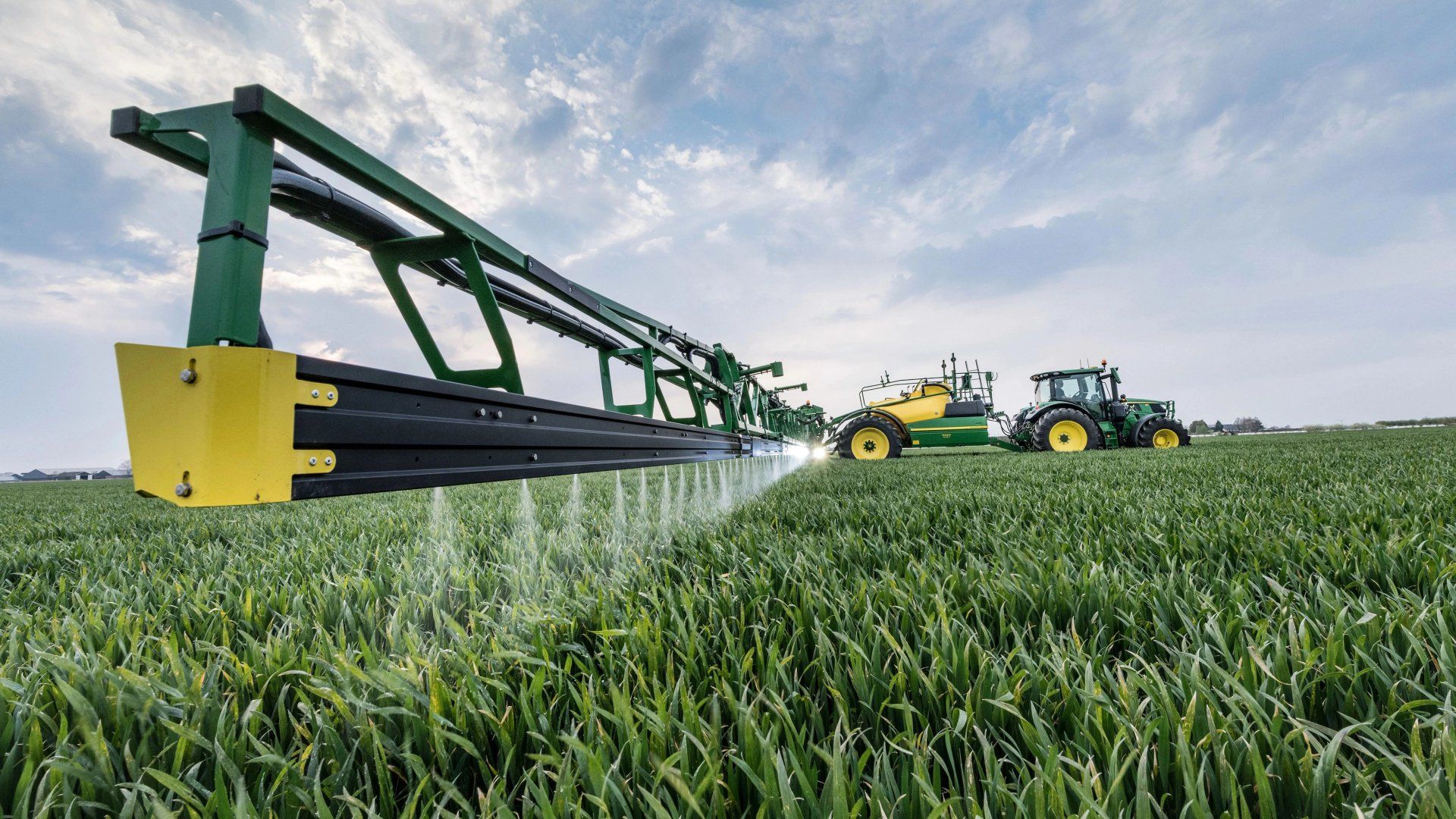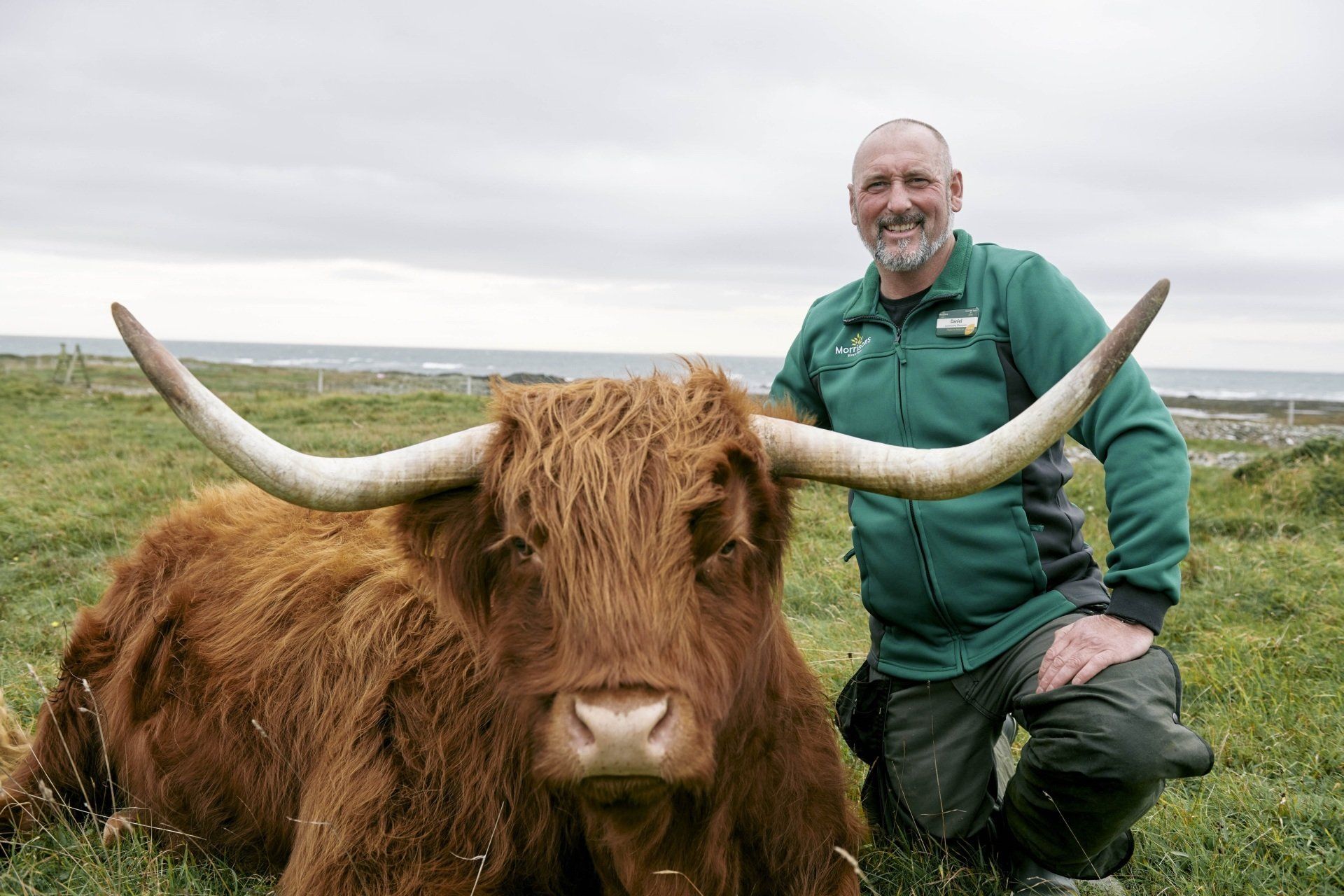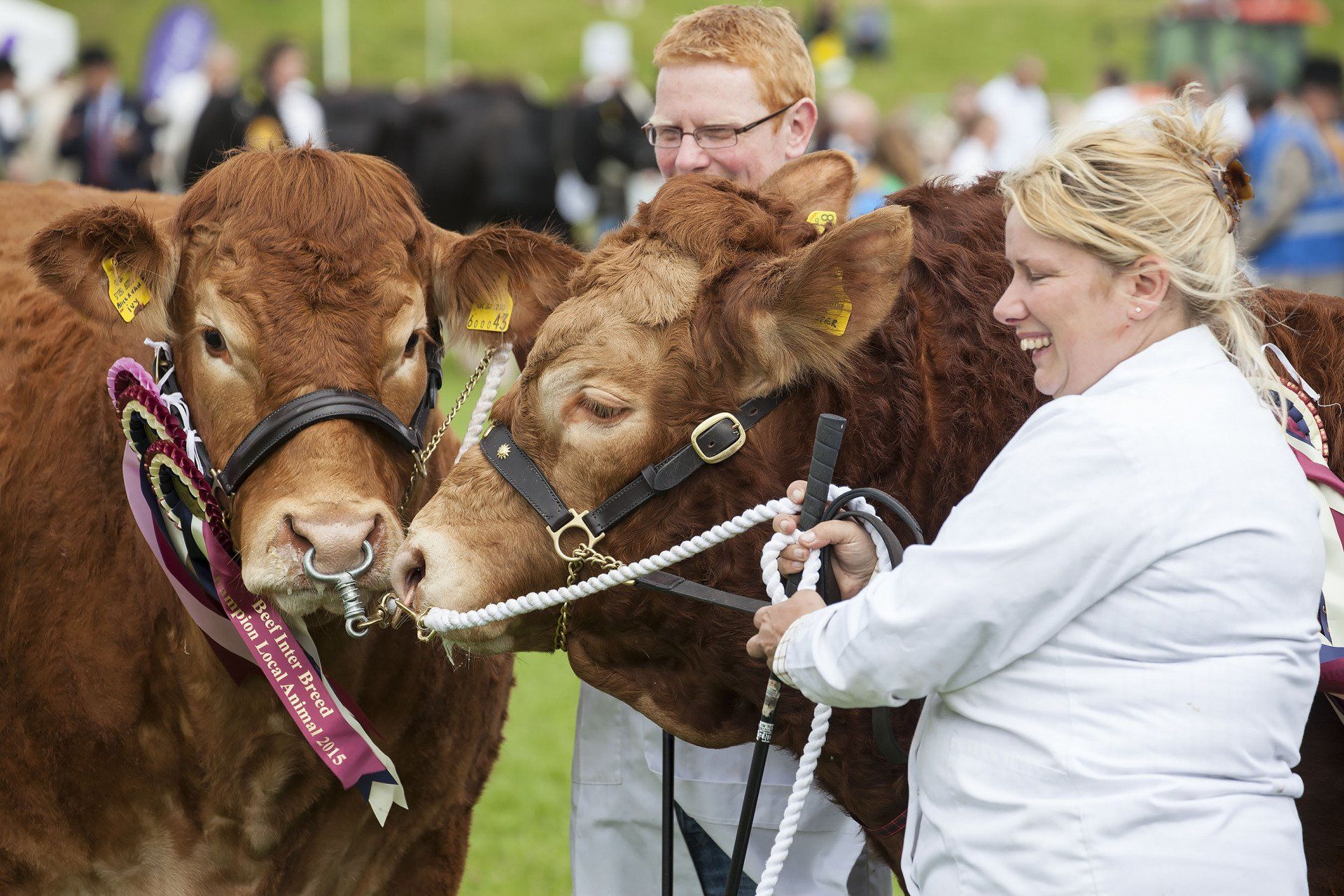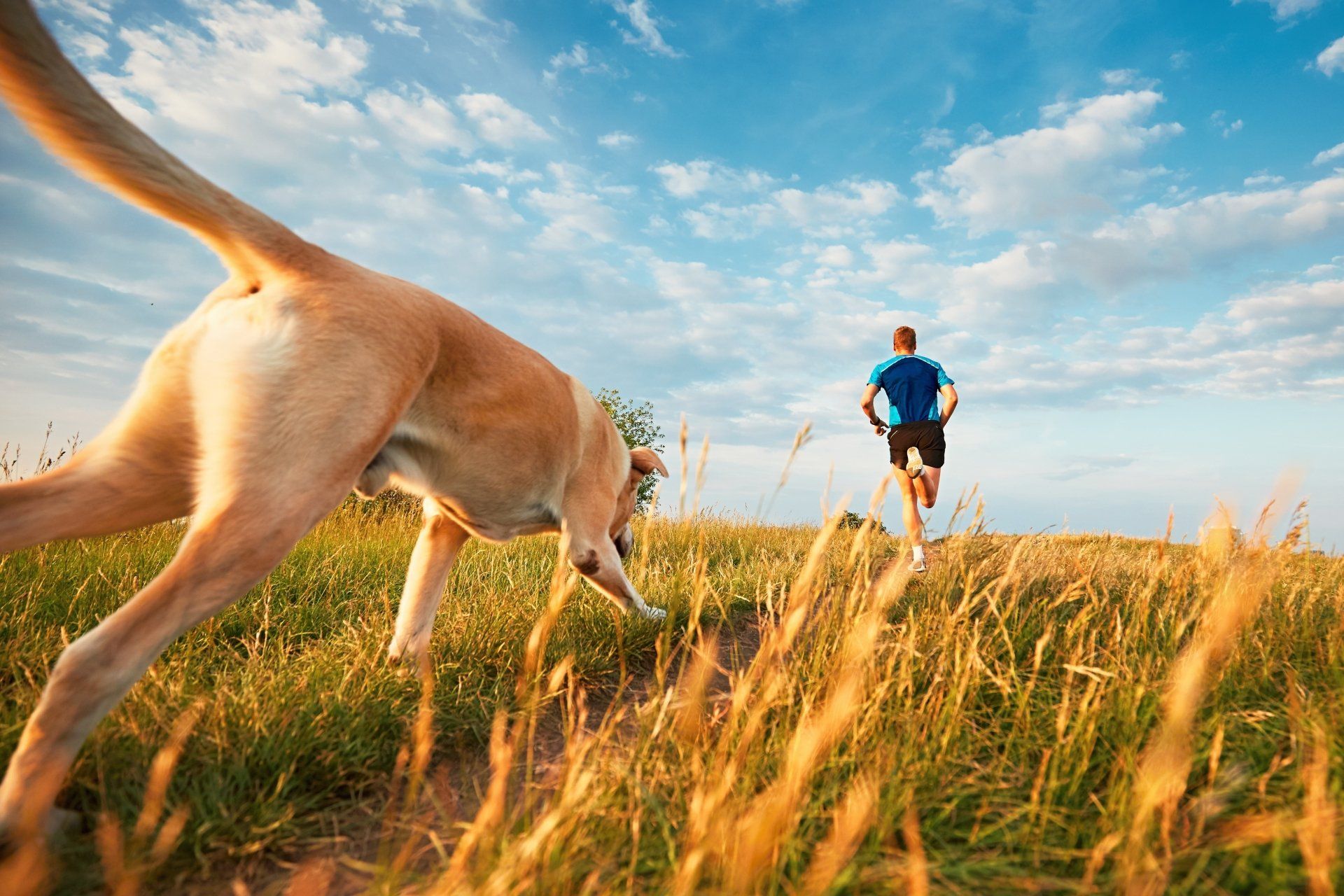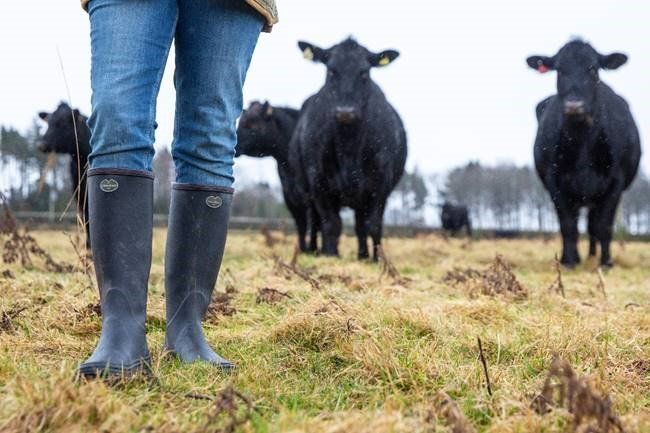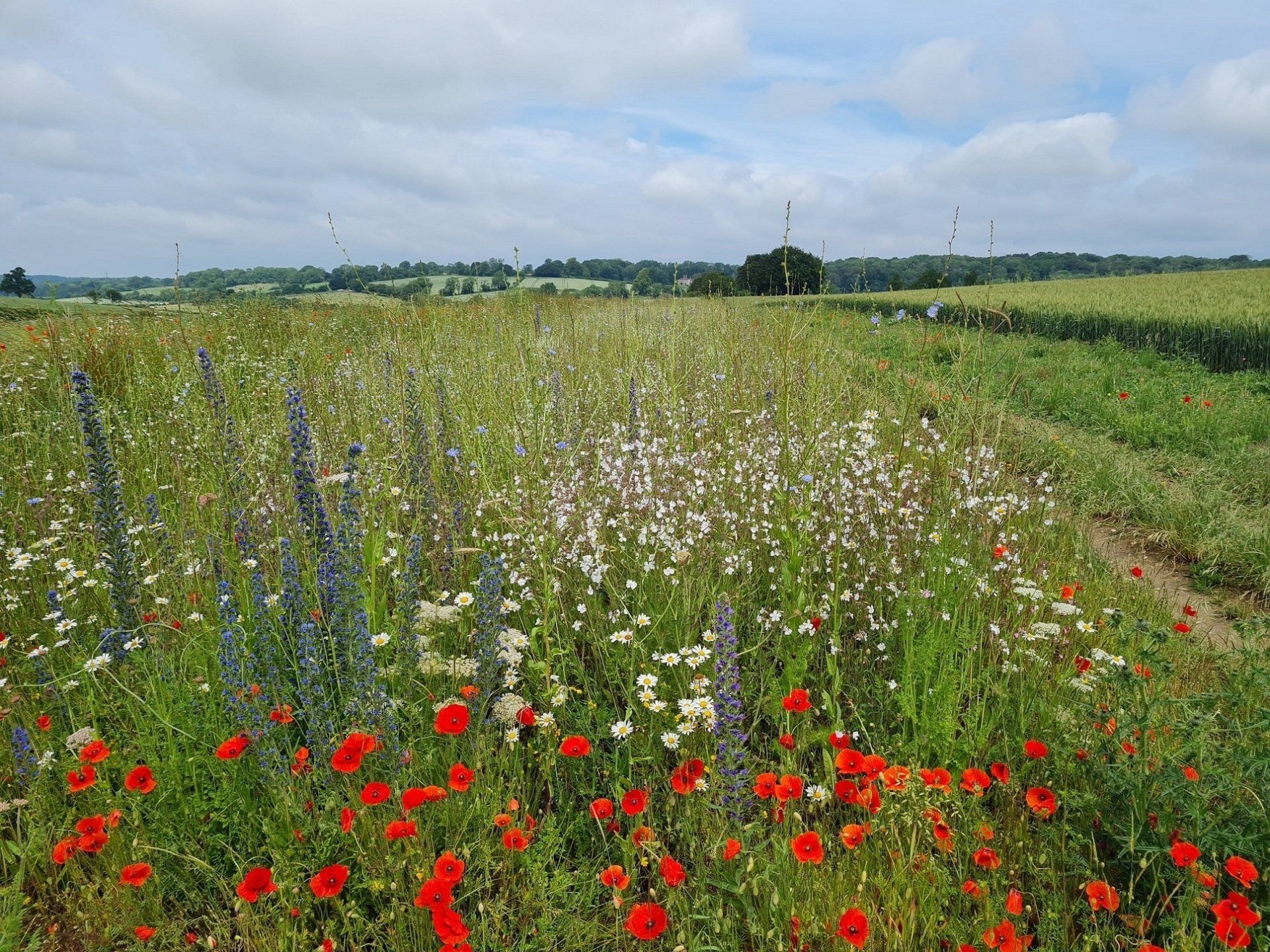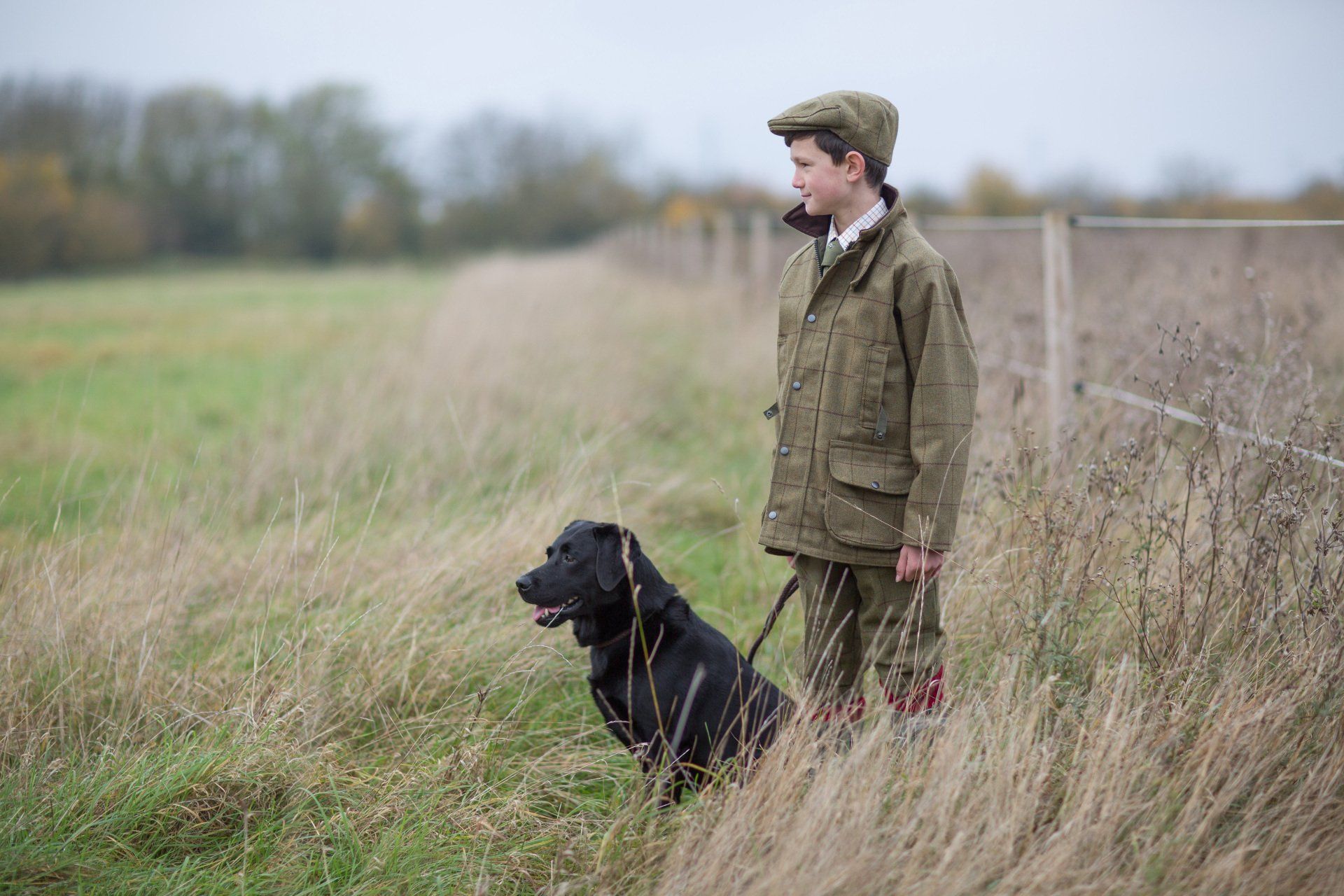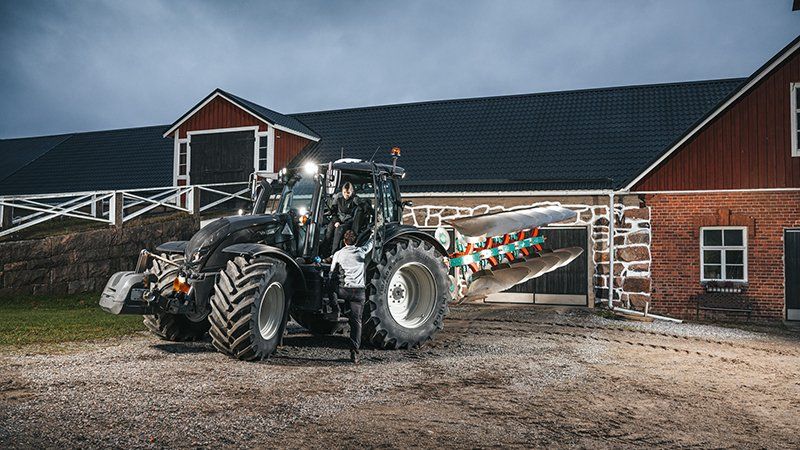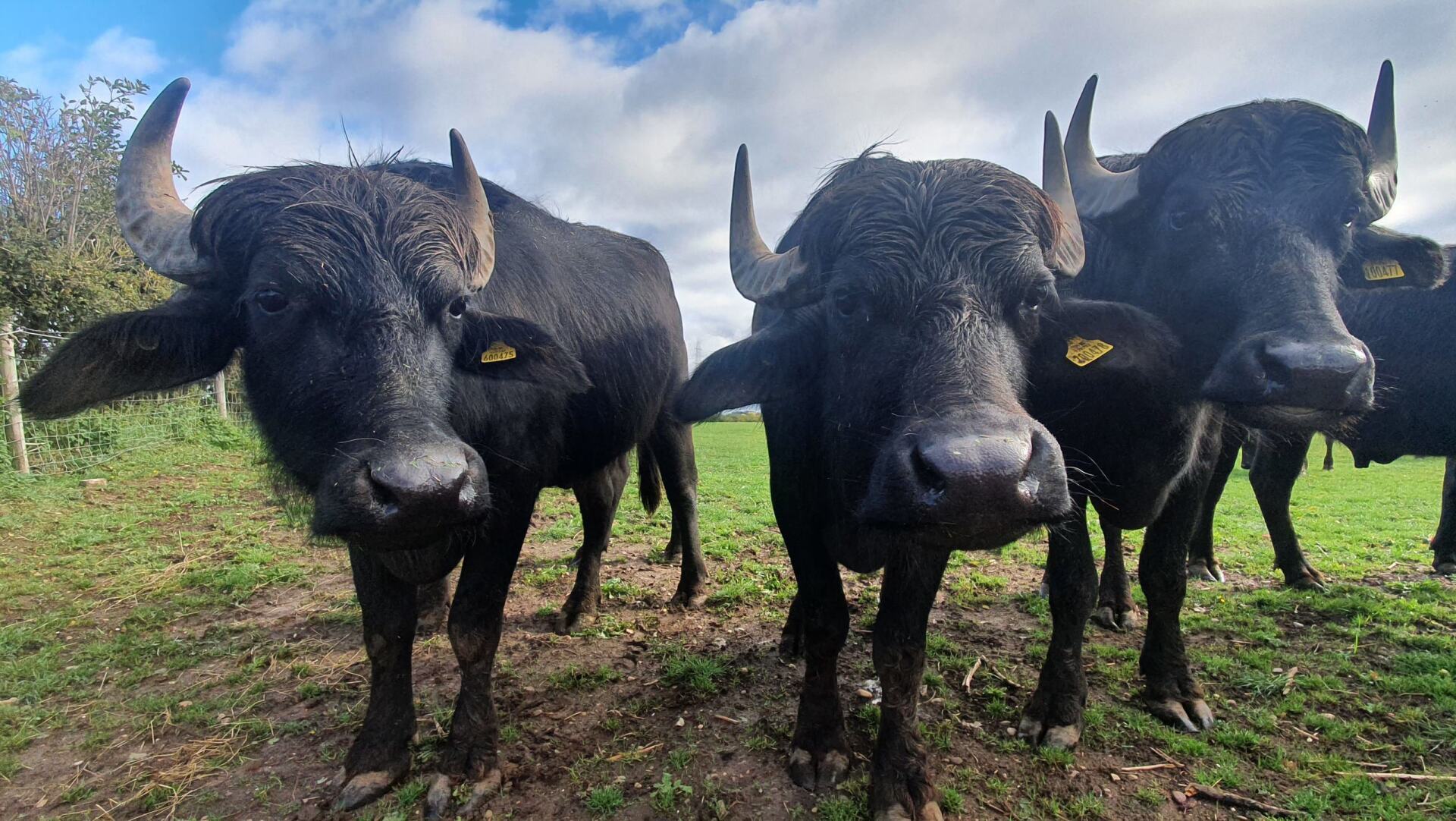The Legacy of the Cocker Spaniel in Britain
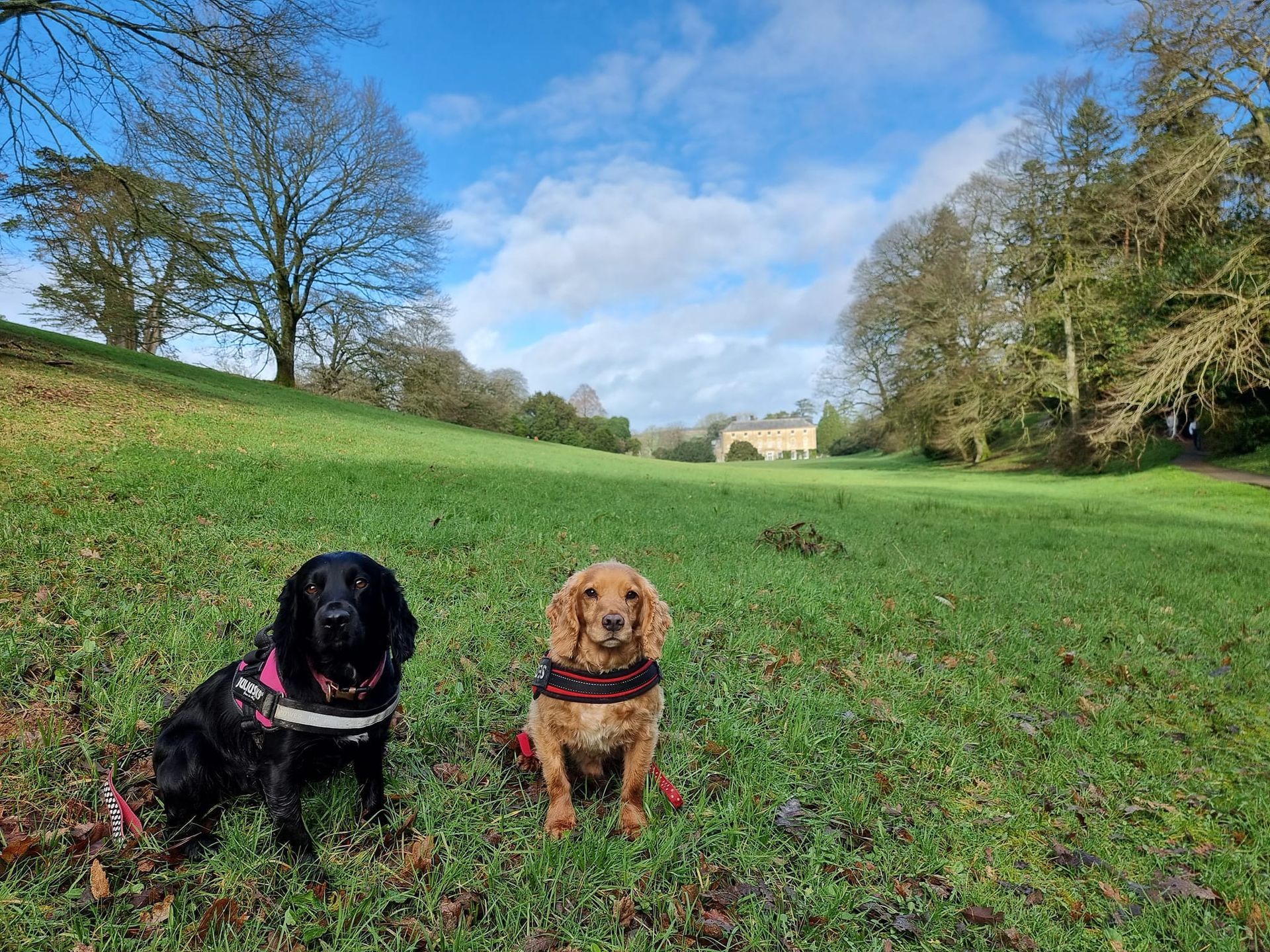
In the tapestry of British canine history, the Cocker Spaniel emerges as a beloved and iconic breed, embodying the charm, intelligence, and unwavering loyalty that has endeared it to generations of dog enthusiasts. The history of the Cocker Spaniel in Britain is a tale that spans centuries, weaving through royal courts, hunting fields, and family homes, leaving an indelible paw print on the nation's canine heritage.
The story of the Cocker Spaniel begins in the early 19th century, a time when spaniels were primarily valued for their exceptional hunting skills. These versatile dogs were adept at flushing out the game from dense underbrush and were indispensable companions for hunters and sportsmen.
However, as the demand for specialized hunting breeds grew, a distinction between the land and water spaniels became more apparent. The Cocker Spaniel's name is believed to have originated from their prowess in hunting woodcock, a challenging game bird that requires a skilled and agile canine partner. While early spaniels were often categorized by their size rather than distinct breeds, the Cocker Spaniel gradually emerged as a distinct type, appreciated for its agility and enthusiasm in the field.

By the mid-19th century, dedicated breeders began refining the characteristics of the Cocker Spaniel, aiming to create a consistent and recognizable breed standard. One influential figure in this process was the renowned dog breeder and sportsman, James Farrow. Farrow's breeding efforts focused on producing smaller spaniels with a keen sense of smell, boundless energy, and a friendly temperament.
The Kennel Club, founded in 1873, played a pivotal role in codifying breed standards and formalizing the recognition of various breeds, including the Cocker Spaniel. The first breed standard for the Cocker Spaniel was established in 1892, marking a significant milestone in the breed's history. It outlined the desired characteristics, including size, coat colour, and overall conformation, providing a blueprint for responsible breeding practices.
Throughout the late 19th and early 20th centuries, Cocker Spaniels gained popularity not only as skilled hunting companions but also as cherished pets in British households. Their friendly demeanour, intelligence, and manageable size endeared them to families seeking a devoted canine companion. As the breed's popularity soared, Cocker Spaniels found their way into the homes of both working-class families and aristocrats alike.
The breed's prominence reached new heights during the reign of King Edward VII, who was a passionate advocate for Cocker Spaniels. His love for the breed contributed to its elevated status, as the public admired the monarch's choice of canine companions. The Cocker Spaniel's reputation as a regal and fashionable breed solidified, and its image graced the pages of magazines and newspapers across the country.
The mid-20th century witnessed a divergence within the Cocker Spaniel breed, leading to the establishment of two distinct varieties: the English Cocker Spaniel and the American Cocker Spaniel. The American variety, recognised by the American Kennel Club in 1946, was bred for show standards, emphasizing a slightly different conformation and coat colour preferences. In contrast, the English Cocker Spaniel maintained a stronger focus on its working abilities, adhering closely to the original breed standards.
The Cocker Spaniel's versatility was further highlighted during World War II when these intelligent and trainable dogs served as valuable members of search and rescue teams.
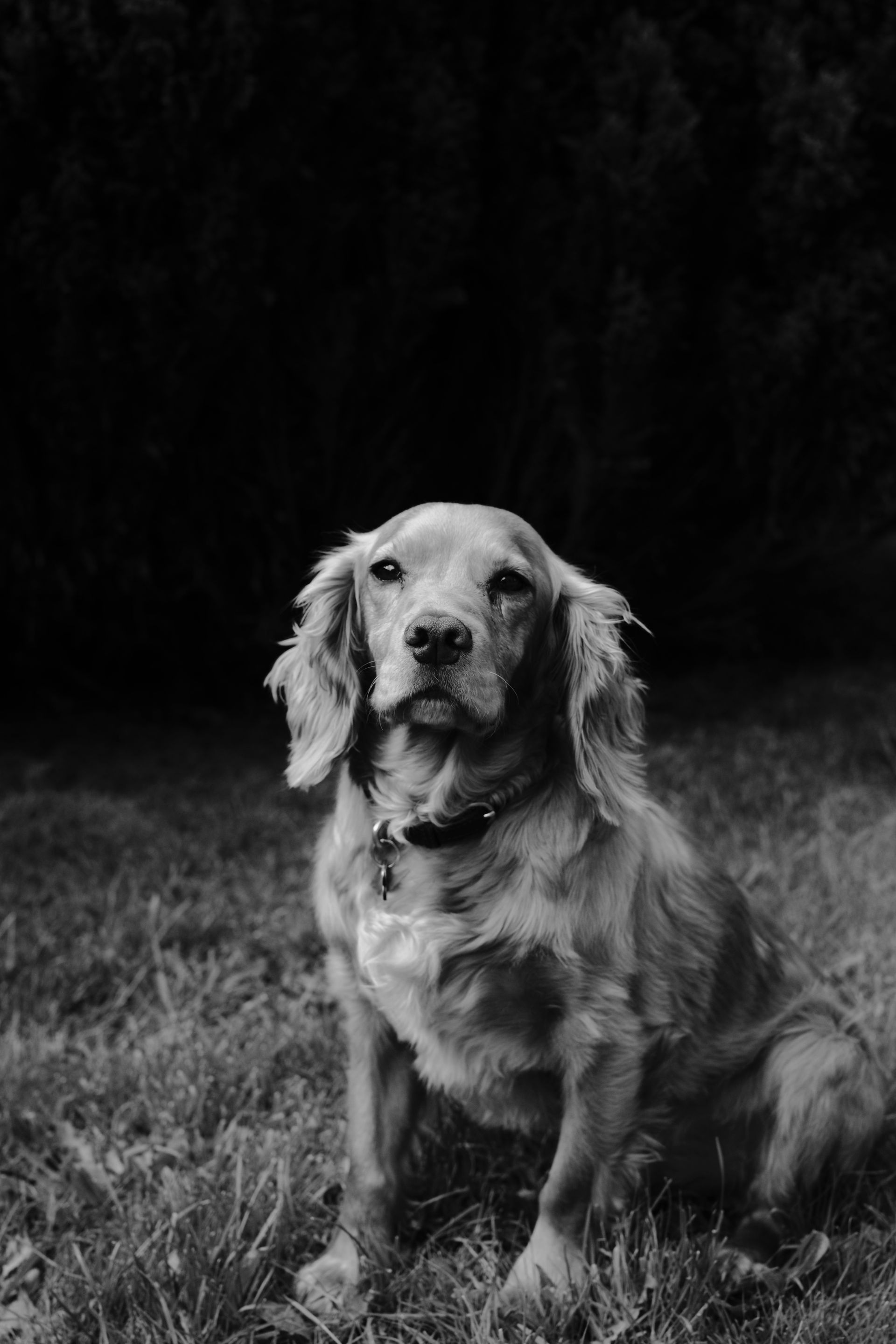
Their keen sense of smell and agility made them indispensable in locating survivors amidst the rubble.
In recent decades, the Cocker Spaniel's popularity has endured, with both varieties continuing to capture the hearts of dog lovers worldwide. The breed's success in various canine sports, including agility and obedience competitions, showcases its intelligence and eagerness to please.
Beyond their achievements in the competitive arena, Cocker Spaniels remain beloved family pets, known for their affectionate nature and adaptability to various living environments. The breed's history in Britain reflects not only its role as a skilled hunting companion but also its evolution into a cherished member of households across the nation.
Today, the Cocker Spaniel stands as a testament to the enduring bond between humans and dogs. Whether flushing out game in the field, winning hearts in the show ring, or providing unwavering companionship at home.
The Cocker Spaniel's history in Britain is a rich narrative that continues to be written by each wagging tail and playful bark, echoing the timeless connection between these delightful dogs and the people who cherish them.
Read more:
